Ford has been teasing the plug-in version of its sales chart darling for some time.
Long enough, in fact, that between the Ford Ranger PHEV program being confirmed in late 2023 and its 2025 arrival, two other plug-in hybrid utes have hit the market.
While there’s some overlap between the aims and target market of the Ranger PHEV and its challengers from China, the BYD Shark 6 and the GWM Cannon Alpha PHEV, Ford claims the Ranger’s capability hasn’t been compromised for the sake of electrification.
Can a petrol engine and a big battery bring the same tough ute vibes as the rugged diesel variant that’s arguably become the segment benchmark?
There’s a lot riding on the Ranger PHEV and Ford Australia invited CarsGuide to the updated ute's local launch, including a variety of situations you might expect a dual-cab to be found in - on and off the asphalt.
Ford Ranger 2025: Phev XLT (4X4)
| Engine Type | Turbo 4, 2.3L |
|---|---|
| Fuel Type | |
| Fuel Efficiency | 2.7L/100km (combined) |
| Seating | 5 |
| Price From | $71,990 |
| Safety Rating |
|
Price and features – Does it represent good value for the price? What features does it come with? 6/10
6 / 10
The Ford Ranger PHEV is not cheap. While rivals kick off in the $50,000-bracket, the entry-level Ranger PHEV XLT starts from $71,990, before on-road costs.
The range tops out at $86,990 for the PHEV Stormtrak, which is approaching Raptor territory.
For reference, the BYD Shark starts at $57,990, while the GWM Cannon Alpha PHEV kicks off from $59,990.
The standard features list for the Ranger PHEV is pretty slim when it comes to interior mod-cons. The base model even makes do with halogen headlights as opposed to more commonly standard LEDs.
With cloth seats, no phone charger pad, manual adjust seats and even a more rudimental cruise control system than the rest of the range, more than $70,000 is a big ask.
The Ranger Sport adds some quite useful features and is only $4000 more, at $75,990.
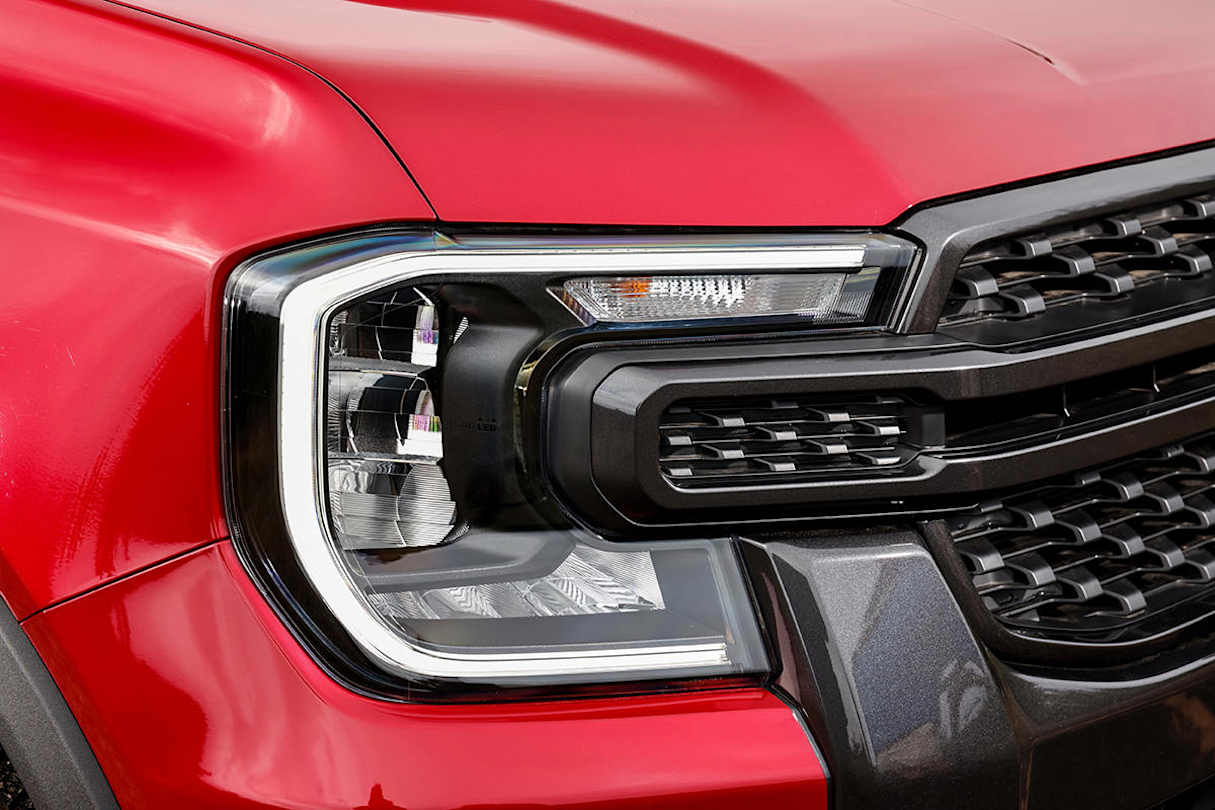
LED headlights and DRLs, a sports bar and 18-inch alloys to replace the XLT’s 17s are visual clues, while inside there’s leather-accented seats, heated for the front row and the driver’s is electrically adjustable. Plus a wireless phone charger ups the tech on offer.
The $79,990 PHEV Wildtrak adds matrix LED headlights with auto-levelling and auto high beam, some unique trim including a different grille and a sail plane, as well as a roller shutter over the ute’s tub.
For more comfy vibes inside there’s ambient lighting, Wildtrak-specific leather seats with electric adjustment for the driver and front passenger and a premium 10-speaker sound system.
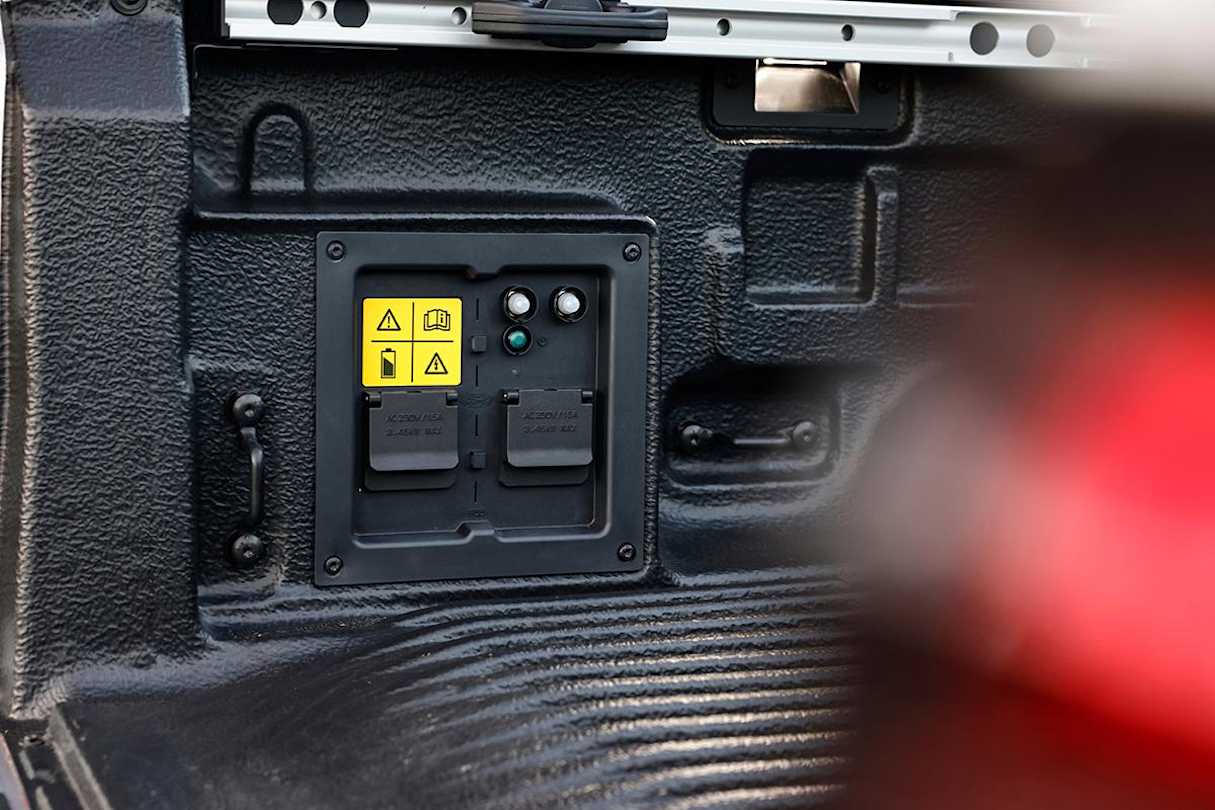
It also adds surround view parking cameras and Ford’s trailer assist system.
Finally, the top-of-the-range Stormtrak slots in at a relatively steep $86,990.
It gains a unique grille design, and other exclusive styling cues including specific wheels. But it’s the rack and cargo systems and auxiliary switches that owners will likely find handy.
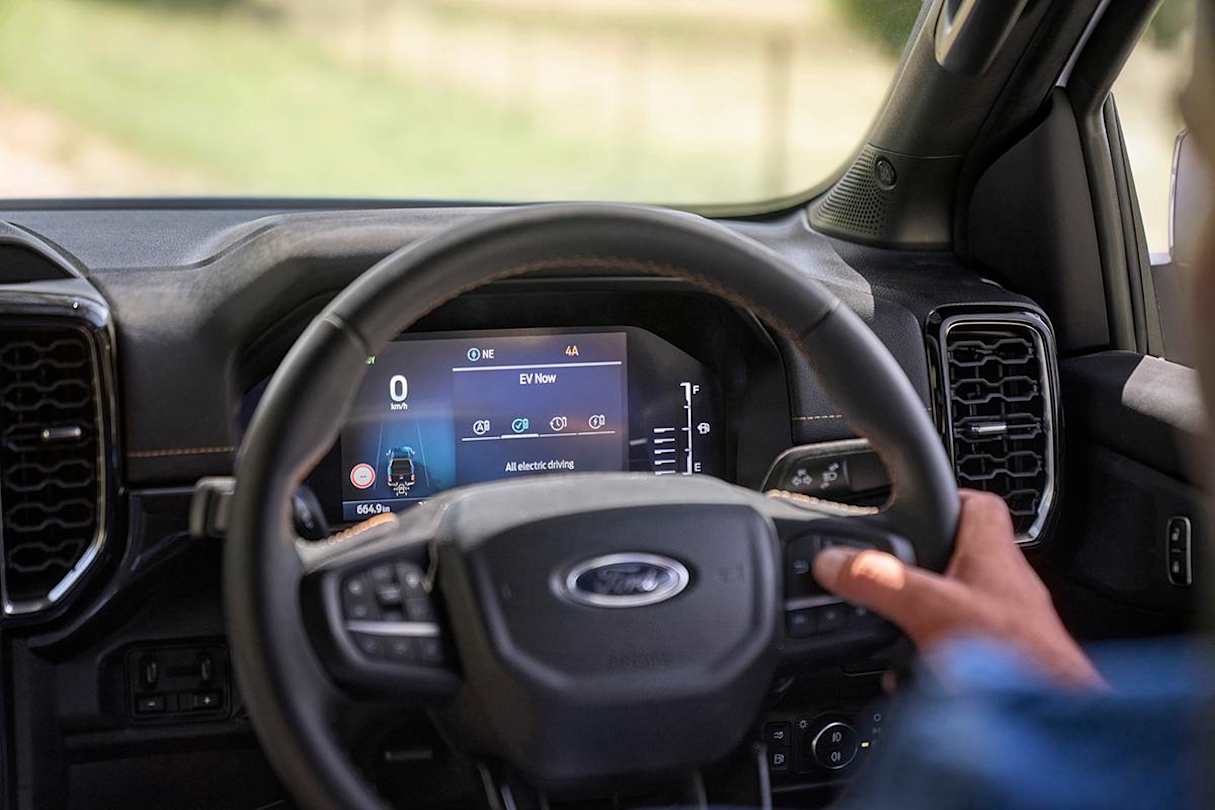
Design – Is there anything interesting about its design? 9/10
9 / 10
The Ford Ranger is still one of the best-looking utes available, with a strong brand identity and a lack of design features that lean into trends - perhaps aside from the ‘C-shaped’ DRL signature.
There are only a few hints that any given Ranger you might be looking at is a plug-in hybrid, with the vehicle’s panels and general design features looking primarily the same.
The most obvious change is fender badging that outs the Ranger as a ‘PHEV’, though its lettering isn’t too ‘shouty’.
But to those more familiar with the Ranger, or anyone able to have a proper look around a PHEV, there are a couple of other giveaways.
For example, the Ranger plug-in has a new set of wheel designs that range from the 17-inch alloys on the XLT to the Stormtrak-specific 18s featuring 'Chill Grey' inserts as trim accents.
The Stormtrak can also be had in Chill Grey, the colour being exclusive to that variant along with the aforementioned unique trim design.
There are also plug outlets in the ute’s tub for access to the Ranger’s battery power. Harder to spot if you’re looking at one of the higher-spec variants that feature a roller cover.
Inside, it’s a similar story with the PHEV’s interior being standard Ranger fare aside from the button that controls its EV modes.
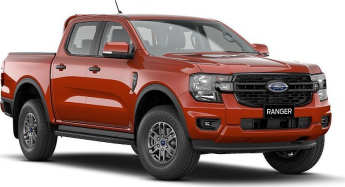
Practicality – How practical is its space and tech inside? 8/10
8 / 10
The Ford Ranger’s interior is impressive for a dual-cab ute when it comes to layout and functionality.
A large 12-inch touchscreen dominates the central space on the dash, but there are still physical controls for the climate settings and the screen has shortcuts to main functions thanks to Ford’s 'Sync' software.
A big 12.4-inch driver display is similarly handy, being clear in its layout and able to be customised to the extent you’d expect from a modern bit of kit.
As mentioned, in the XLT you miss out on a few goodies, but the phone charger found in other variants is placed out of the way, under the screen and behind the gear shift.
Cupholders are similarly out of the way of any buttons or controls, and the gear-shifter itself is mercifully a traditional one rather than a dial or buttons.
With everything in an ergonomically sensible place, it’s similarly comforting that the seats and the steering wheel can be adjusted to find a suitable position.
It’s still a dual-cab ute, so don’t anticipate ‘melt-into-the-seat’ levels of comfort, but the space on offer in the front and rear seats is enough for an adult to feel at ease on even a long trip.
Behind the cabin, there’s space for two euro pallets according to Ford, with a payload as high as 973kg for the XLT. The Stormtrak’s 808kg payload is the lowest of the bunch, with Sport (934kg) and Wildtrak (885kg) slotting in between.
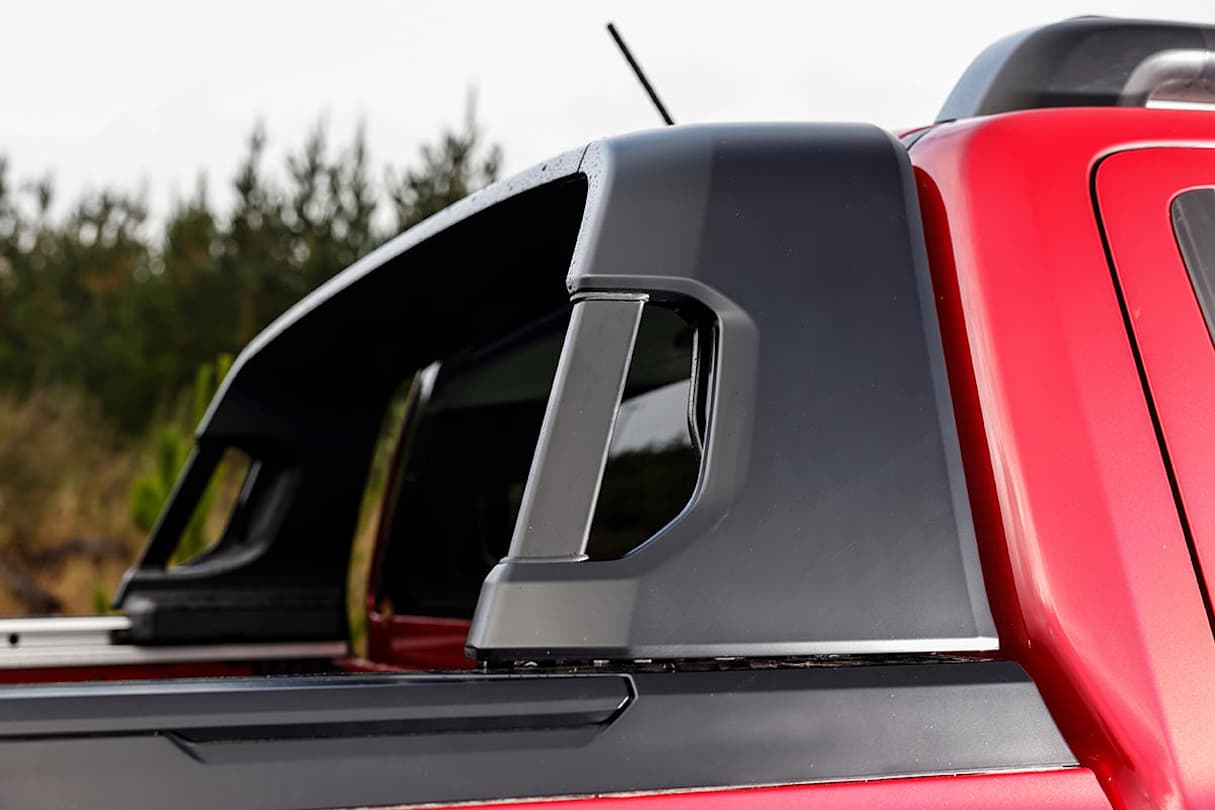
There’s a spare tyre underneath the tub and the ability to tow a 3500kg braked trailer - all combining to make it the most functional workhorse on offer in the plug-in hybrid ute segment. The GWM Cannon Alpha PHEV can tow 3.5-tonne and the BYD Shark 6’s payload is okay, but neither can do it all.
That said, the Ranger falls short in the plug-in game, which we’ll get to shortly.
Under the bonnet – What are the key stats for its engine and transmission? 7/10
7 / 10
The Ranger PHEV remains an off-road-capable 4x4 ute, with all four wheels receiving power. But the drivetrain is not your standard Ranger gear.
Ford’s 2.3-litre turbo-petrol four-cylinder 'EcoBoost' engine does the heavy lifting, aided by an electric motor mounted between it and the transmission.
The engine isn’t unproven in the ute game. In fact, it’s found in some variants of the current-gen Ranger’s cousin, the Volkswagen Amarok.
In the Ranger PHEV, it makes 138kW and 411Nm which, paired with the 75kW electric motor, contributes to a total 207kW and 697Nm output, transferred to all four wheels via Ford’s 10-speed automatic transmission.
Of course, the ute’s 4WD system is able to be set to '2H', '4A', '4H' or '4L' and has a rear diff-lock to assist in traversing tricky terrain.
Efficiency – What is its fuel consumption? What is its driving range? 8/10
8 / 10
Ford claims the Ranger PHEV sips 2.9L/100km according to NEDC testing, but like many plug-in hybrids that would be difficult to achieve without constantly stopping to charge.
It’s also only able to charge the 11.8kWh lithium-ion battery at a 3.5kW rate under AC power and it takes around four hours to do so. There’s no DC fast charging.
It’s got a 70-litre fuel tank, and requires minimum 91 RON petrol.
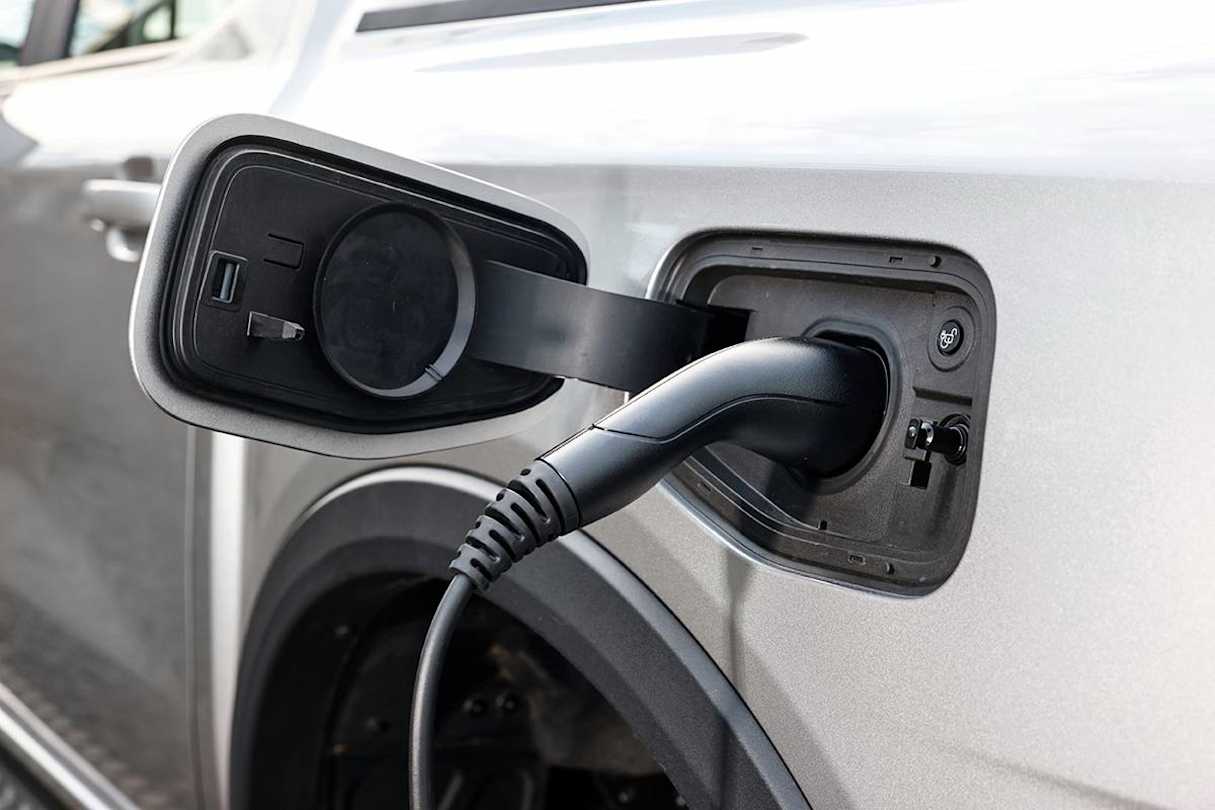
During the launch drive, the highest figure reasonable driving produced in terms of a fuel consumption on the trip computer was 9.6L/100km during battery charging.
So, while theoretical range is around 2400km, that closer to real-world number reduces the distance between fills to a still useful 730km.
Ford didn’t offer an expected general consumption figure for ‘low-power’ driving - i.e. while the battery isn’t being actively charged but also isn’t carrying enough juice to fully propel the ute.
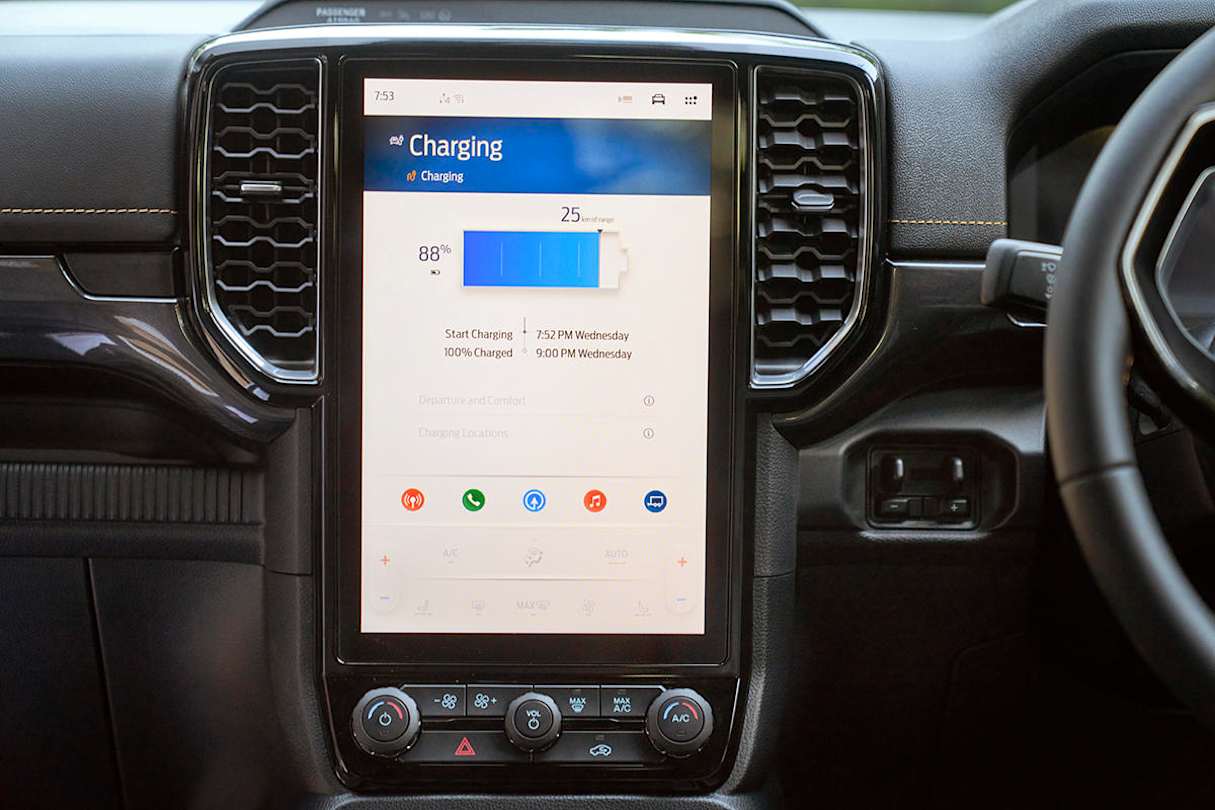
Driving – What's it like to drive? 8/10
8 / 10
During a presentation and Q&A to media before the launch drive program, the Ford Australia team was keen to spruik how handy the PHEV’s battery would be for things like powering worksite equipment or for use during camping trips.
Alternately, focus on how the battery might come into play while on the road was modest. And behind the wheel it became clear why.
On-paper, the 49km electric driving range seems handy, but the NEDC testing which produced that figure is known for being optimistic.
On top of that, the launch program's highway driving wasn’t prime EV territory. In fact, we were encouraged to keep the cars in ‘charge’ mode to leave enough electric power in reserve to experience the Ranger PHEV’s off-road capabilities.
As mentioned, fuel consumption doesn’t exactly skyrocket even while the engine is charging the battery, but to make the most of the Ranger’s EV range you’d want to have a relatively short commute.
In terms of its on-road manners, the Ranger’s status as a benchmark for the category means even with the extra weight of the battery, the PHEV performs well.
Its 75kW EV output means driving under the electric motor’s power alone is reserved for low speed, but it does well to boost the torque provided by the engine. While it’s no sports car, it doesn’t feel sluggish.
The Ranger’s suspension does well to balance relative softness when it comes to bumps and rough surfaces without feeling like it doesn’t have the ute's weight under control.
If you want the best on-road driving experience from a Ranger, a V6-powered variant will provide the balance of comfort and power you seek.
Off-road, the PHEV’s capability is likely more than enough for most weekend warriors.
The electrified ute’s ability to use battery and engine to carefully cover terrain that would likely intimidate any off-road beginner is impressive. But we'll wait until we can get the Ranger PHEV onto home turf for a proper off-highway test before making a definitive judgement.
Warranty & Safety Rating
Safety – What safety equipment is fitted? What is its safety rating? 8/10
8 / 10
The Ranger PHEV comes with the same safety kit as its diesel counterpart, depending on variant, aside from the addition of an acoustic alert for pedestrians when in EV mode.
Adaptive cruise, blind-spot monitoring and rear cross-traffic alert, pre-collision assist and lane-keeping plus tyre pressure monitoring are all standard.
There are a couple of features that only come with higher grades. For example, the PHEV XLT is the only variant to miss out on lane-centring (more specific than lane-keeping) and traffic sign recognition.
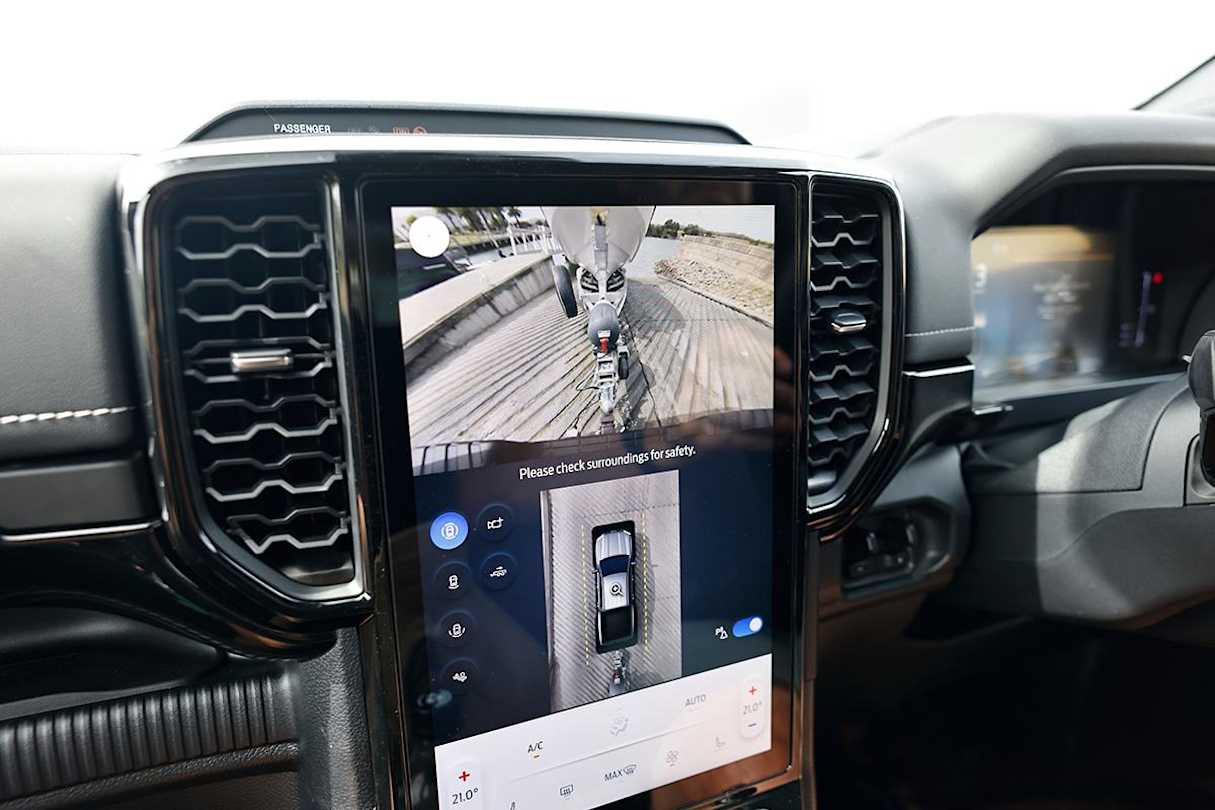
The Wildtrak and Stormtrak are the only variants to feature a surround-view camera set-up and Ford’s trailer reverse assist.
The Ranger PHEV also has nine airbags as standard, which is plenty for even a passenger vehicle, including front, side, knee and full-length curtain airbags, plus a far-side (front centre) driver airbag.
There are also outboard ISOFIX points in the second row with top tethers for child restraints.
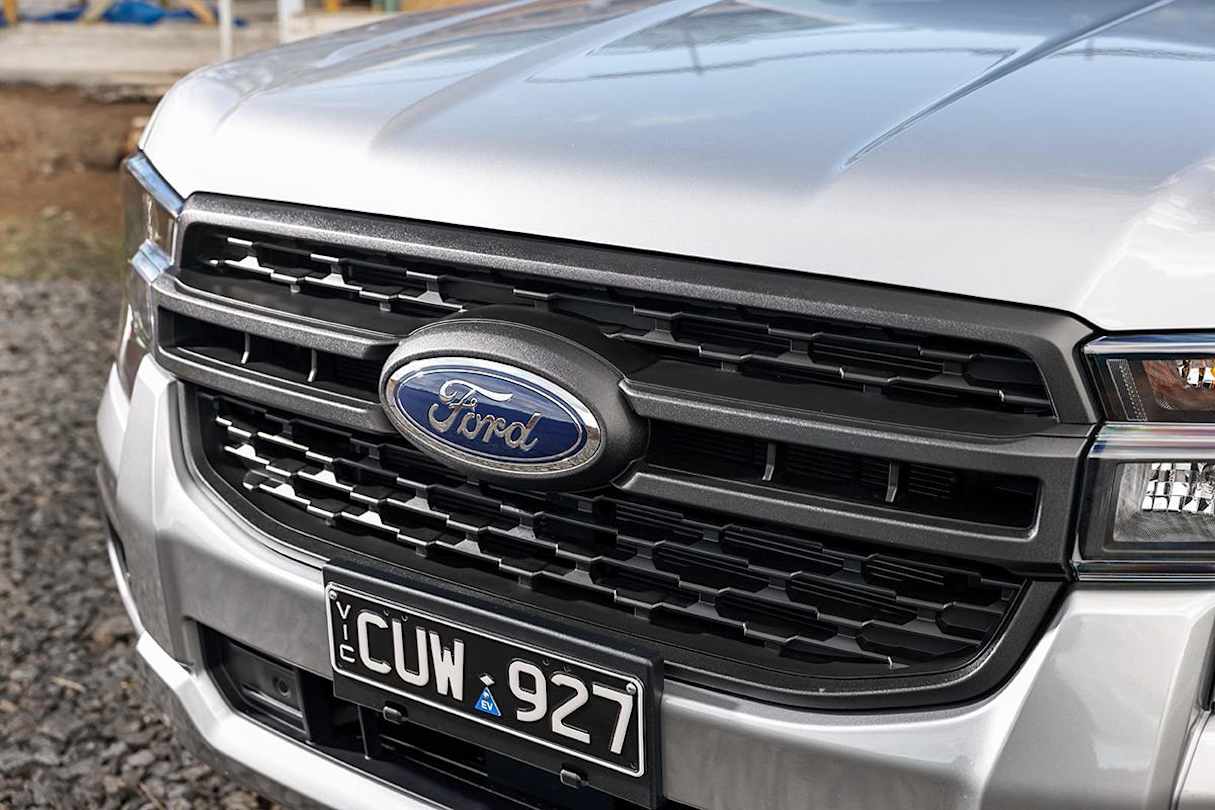
In terms of on-road behaviour, the Ranger’s safety systems work away in the background rather than intervening in everyday driving.
Even during off-roading, the Ranger’s active safety didn’t overstep in providing alerts to the driver about obstacles or, importantly, intervening during moments that required careful, considered input.
Ownership – What warranty is offered? What are its service intervals? What are its running costs? 7/10
7 / 10
Ford’s five-year, unlimited kilometre warranty applies to the Ranger PHEV, but like all electrified Fords there’s an eight-year or 160,000km warranty on the high-voltage battery.
Ford also has set pricing for the first five years of servicing at a reasonable $399 per service, with the recommended interval set at 12 months or 15,000km.
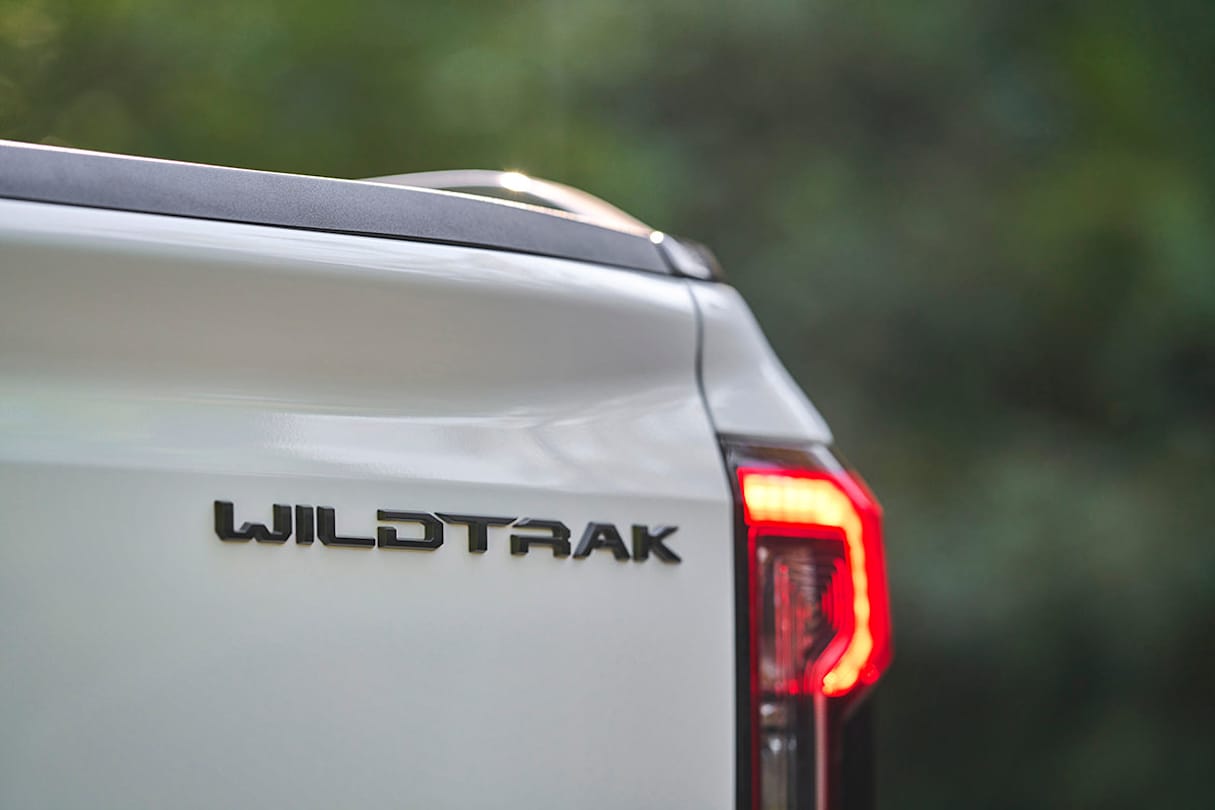
Verdict
The Ford Ranger is a strong starting point for a plug-in hybrid upgrade. And there are valid pros accompanying the addition of a high-voltage battery. But those benefits aren’t primarily seen on the road.
In fact, given its higher price, the Ranger PHEV loses out when compared to its BYD and GWM rivals, which offer more features and a far higher EV range at lower prices.
The Ranger doesn’t compromise its ‘ute-ness’ as its rivals do in different ways. But its target audience is likely relatively small. One that's willing to fork out for a capable, comfortable ute that can power a campsite or run tools on the job.
If you want an EV that just looks like a ute, this isn’t it. But if you're after a dual cab that can do proper ute things, with a bonus when it comes to efficiency and convenience, you’ll need deep pockets.
Note: CarsGuide attended this event as a guest of the manufacturer, with accommodation and meals provided.
Pricing Guides

Range and Specs
| Vehicle | Specs | Price* |
|---|---|---|
| Phev Sport (4x4) | 10 SPEED AUTOMATIC | $75,990 |
| Phev Stormtrak (4x4) | 10 SPEED AUTOMATIC | $86,990 |
| Phev Wildtrak (4x4) | 10 SPEED AUTOMATIC | $79,990 |
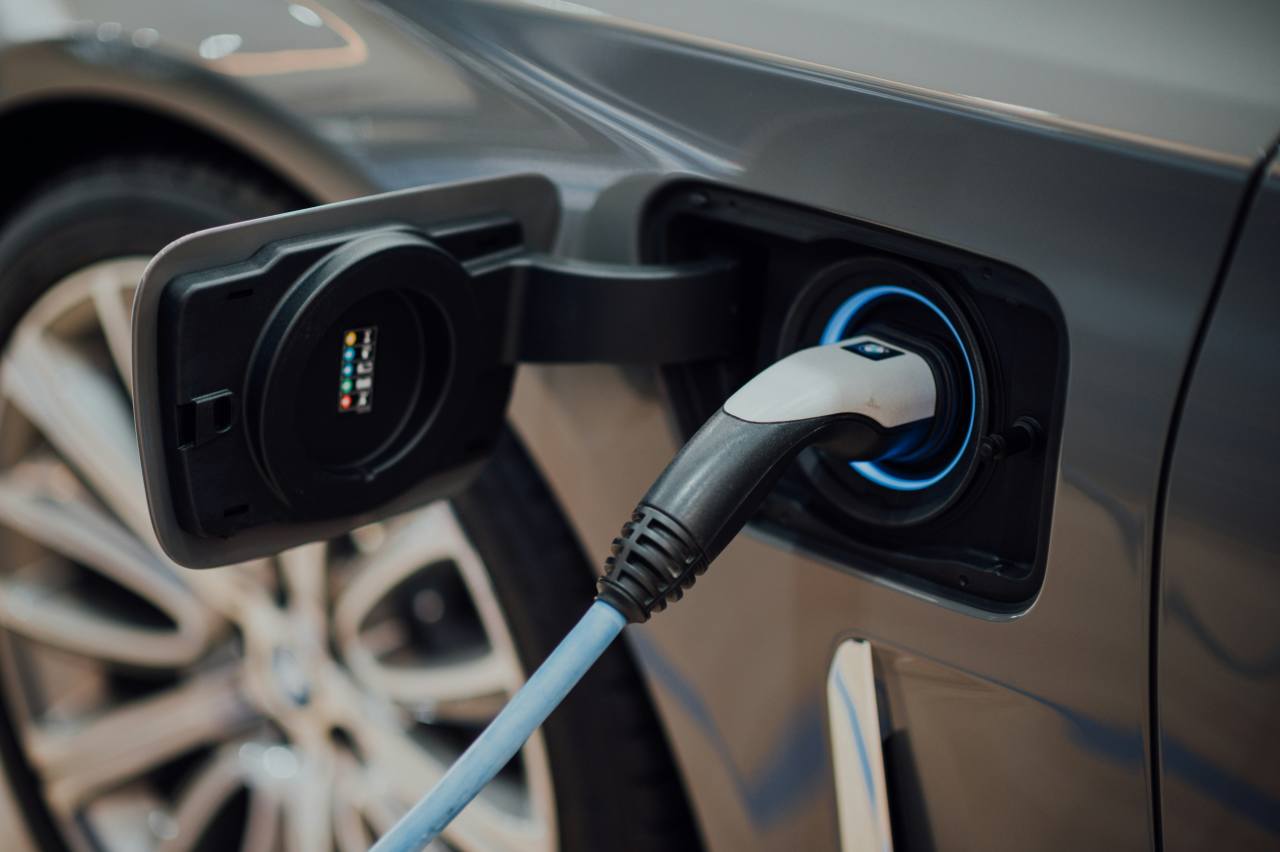
.jpg)
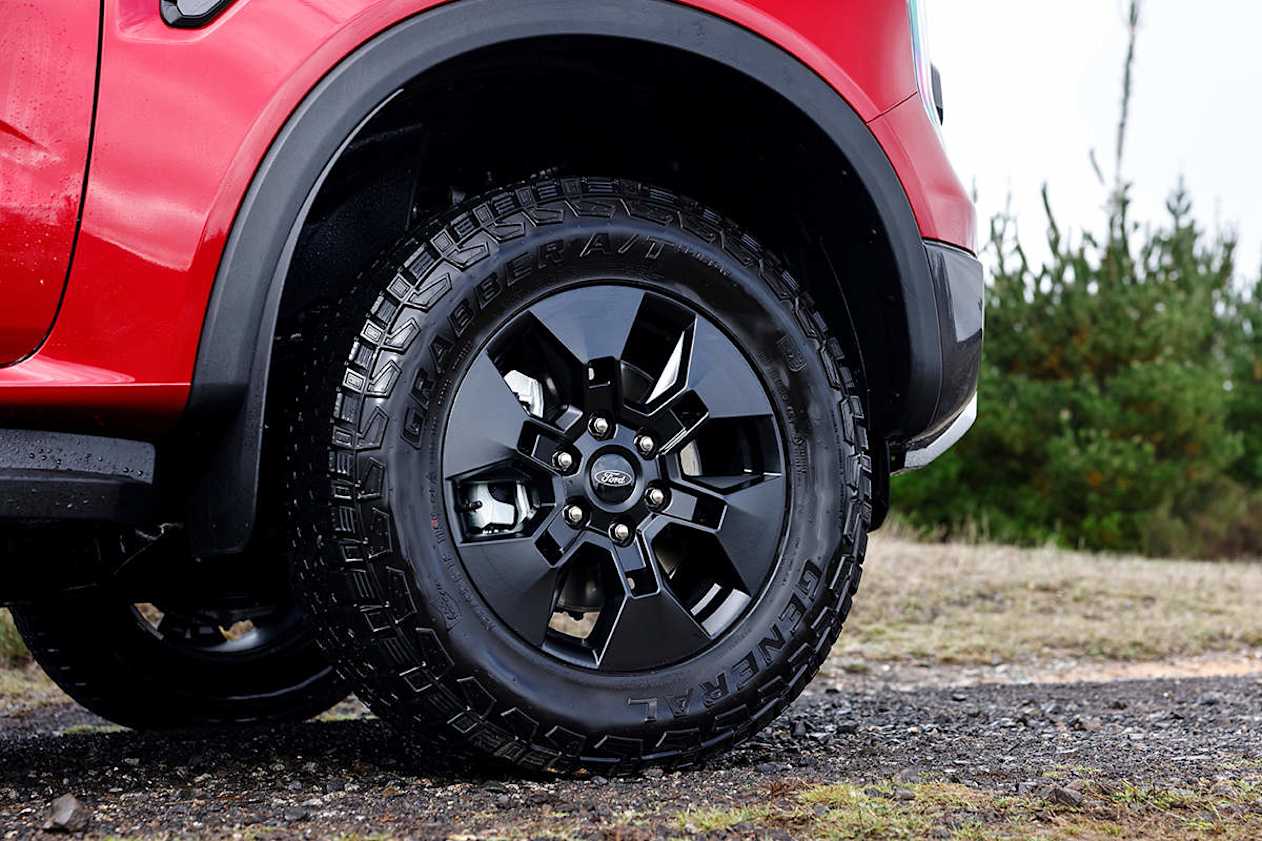
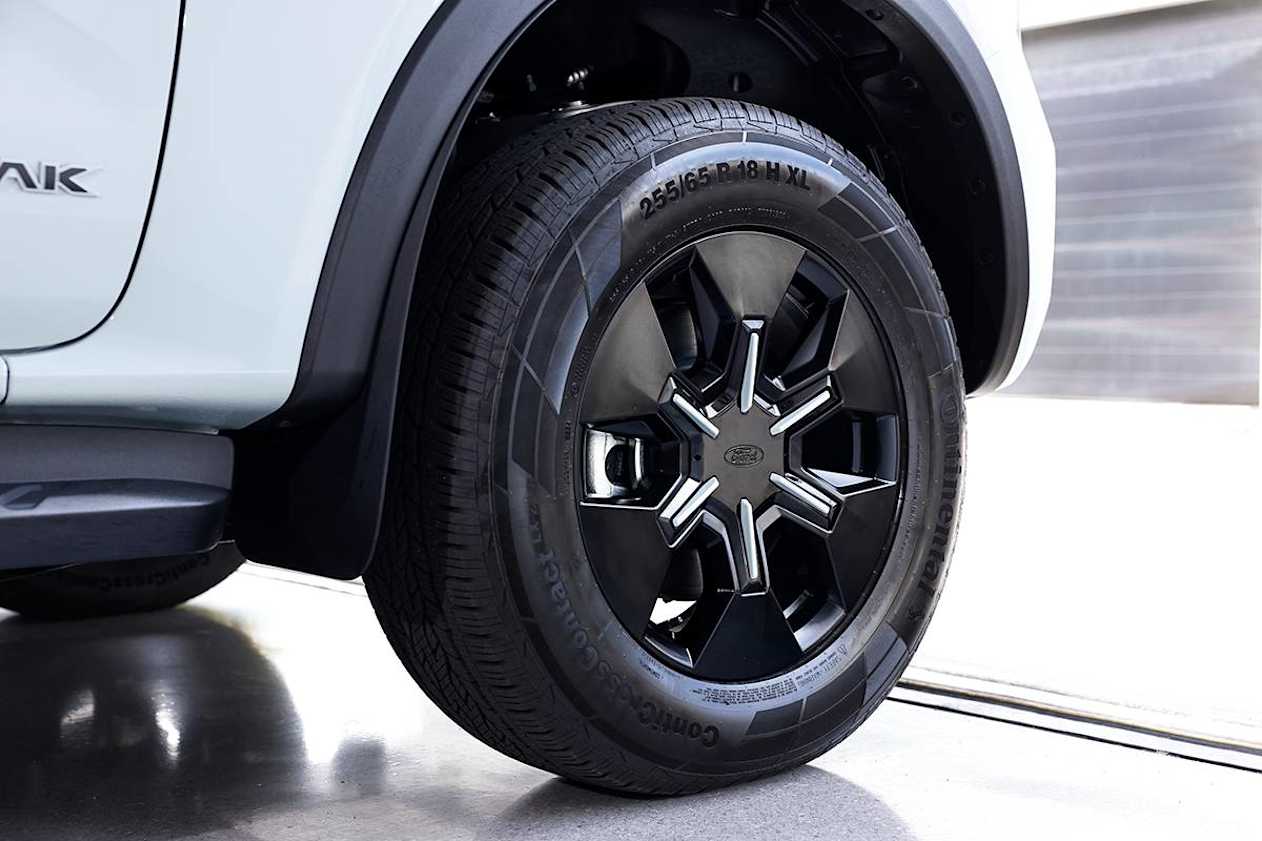
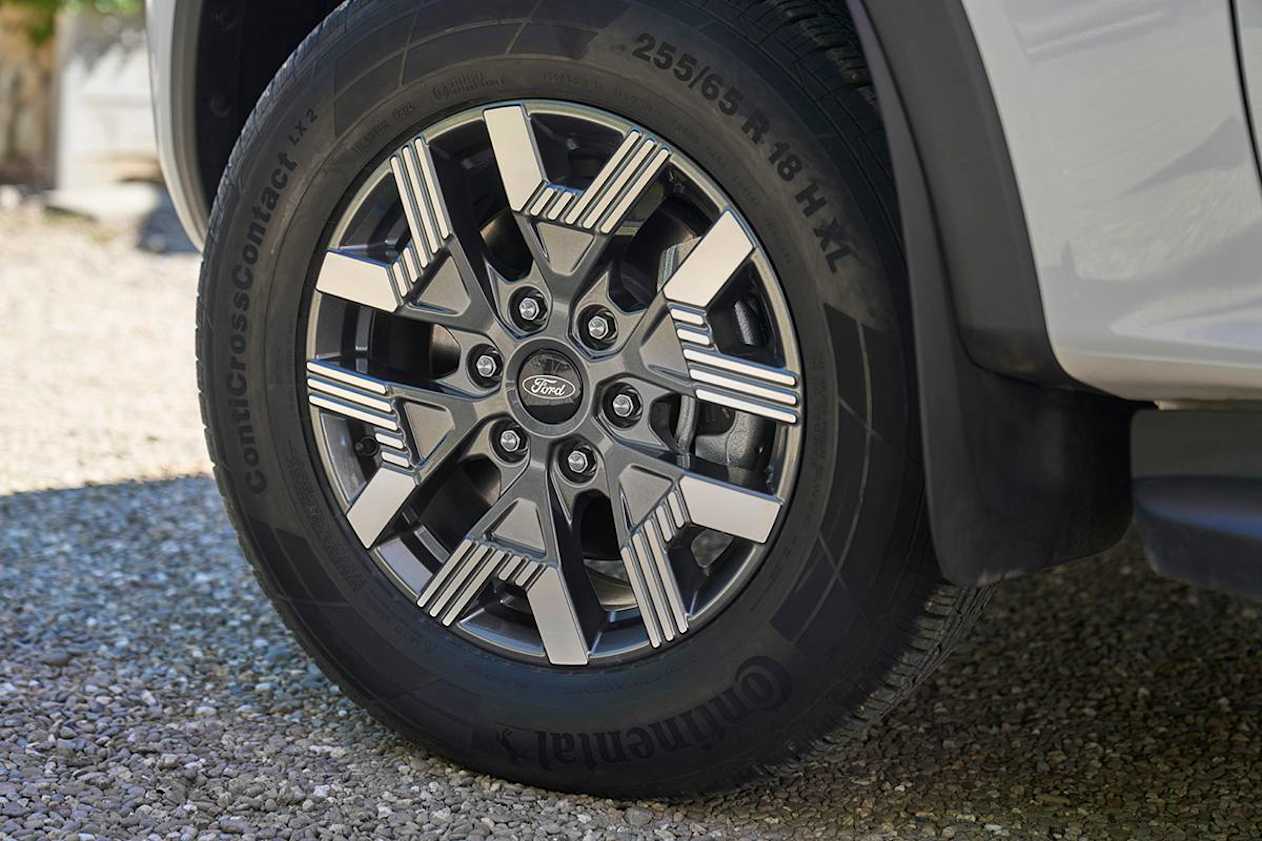
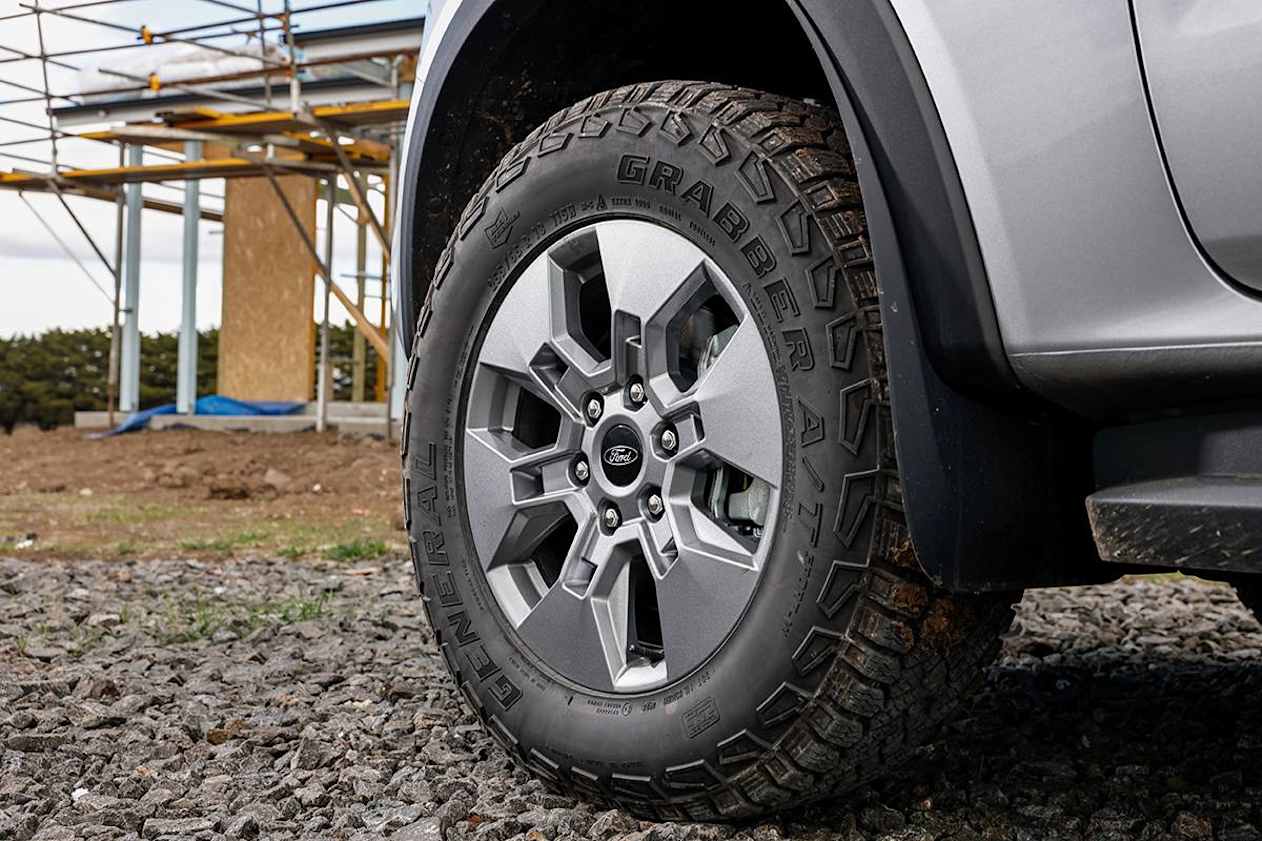




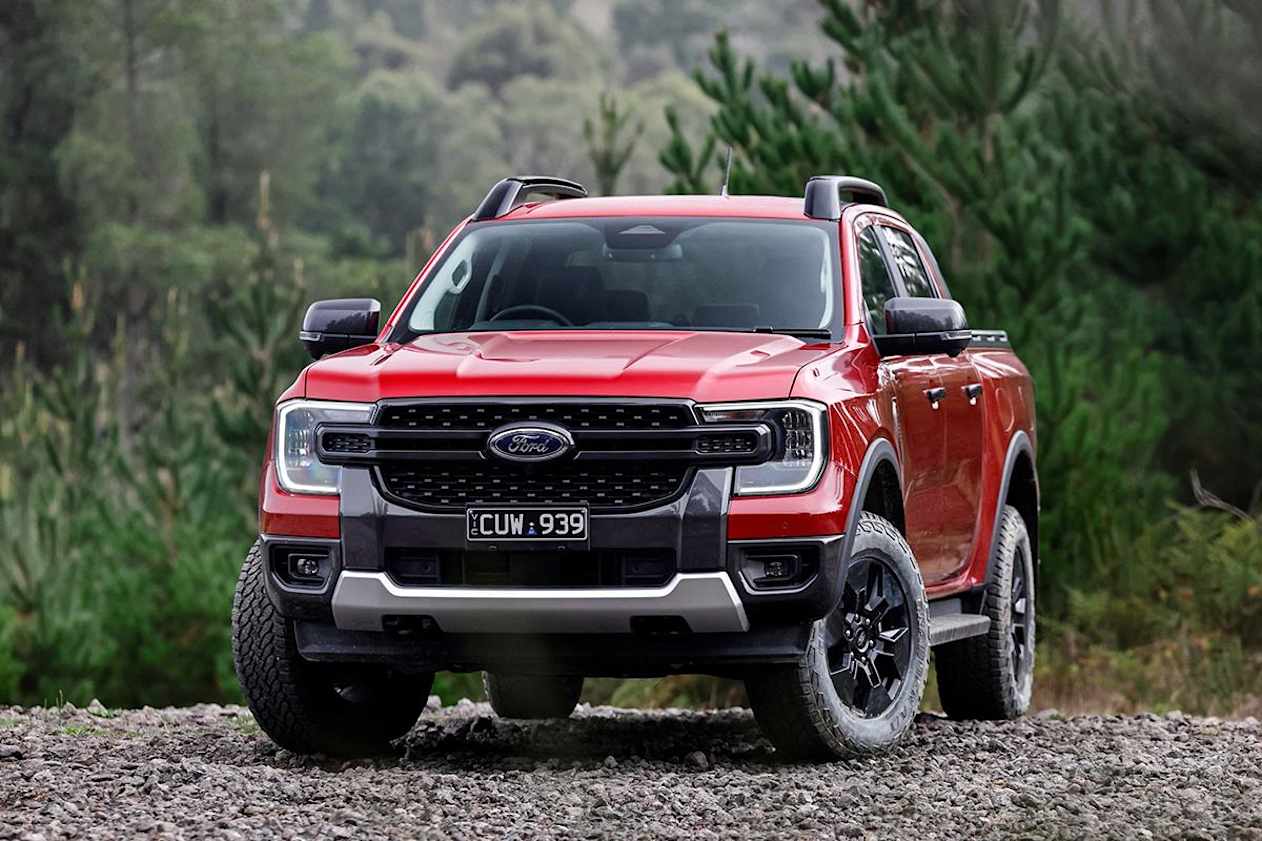
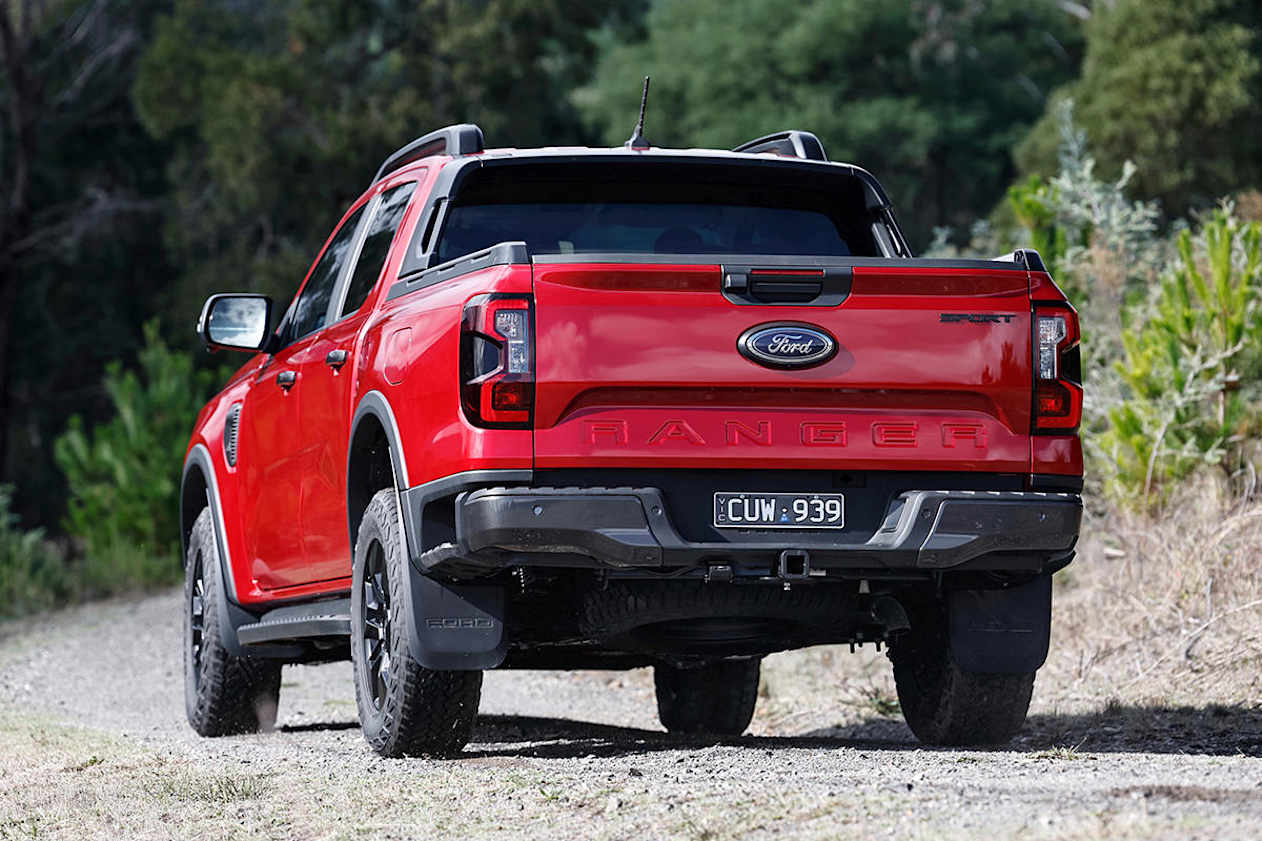
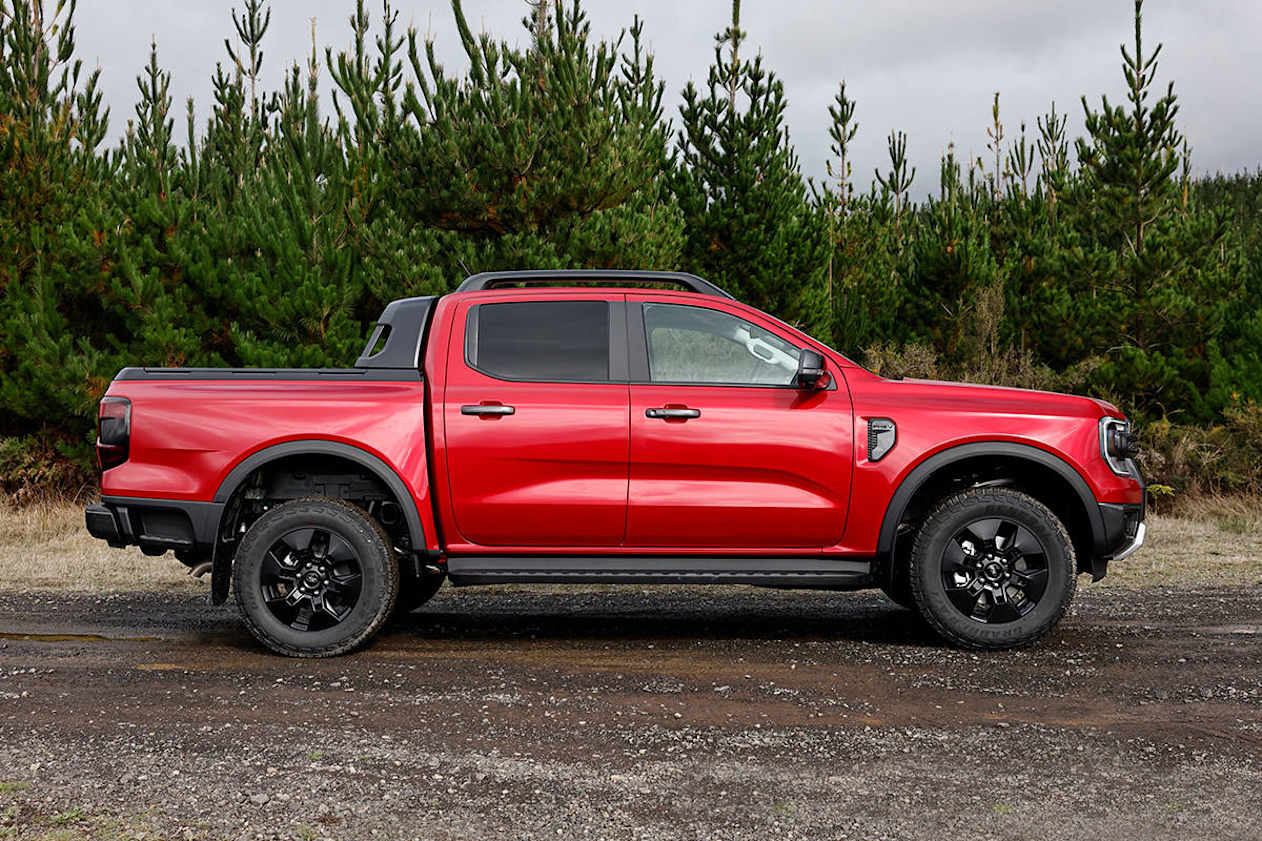



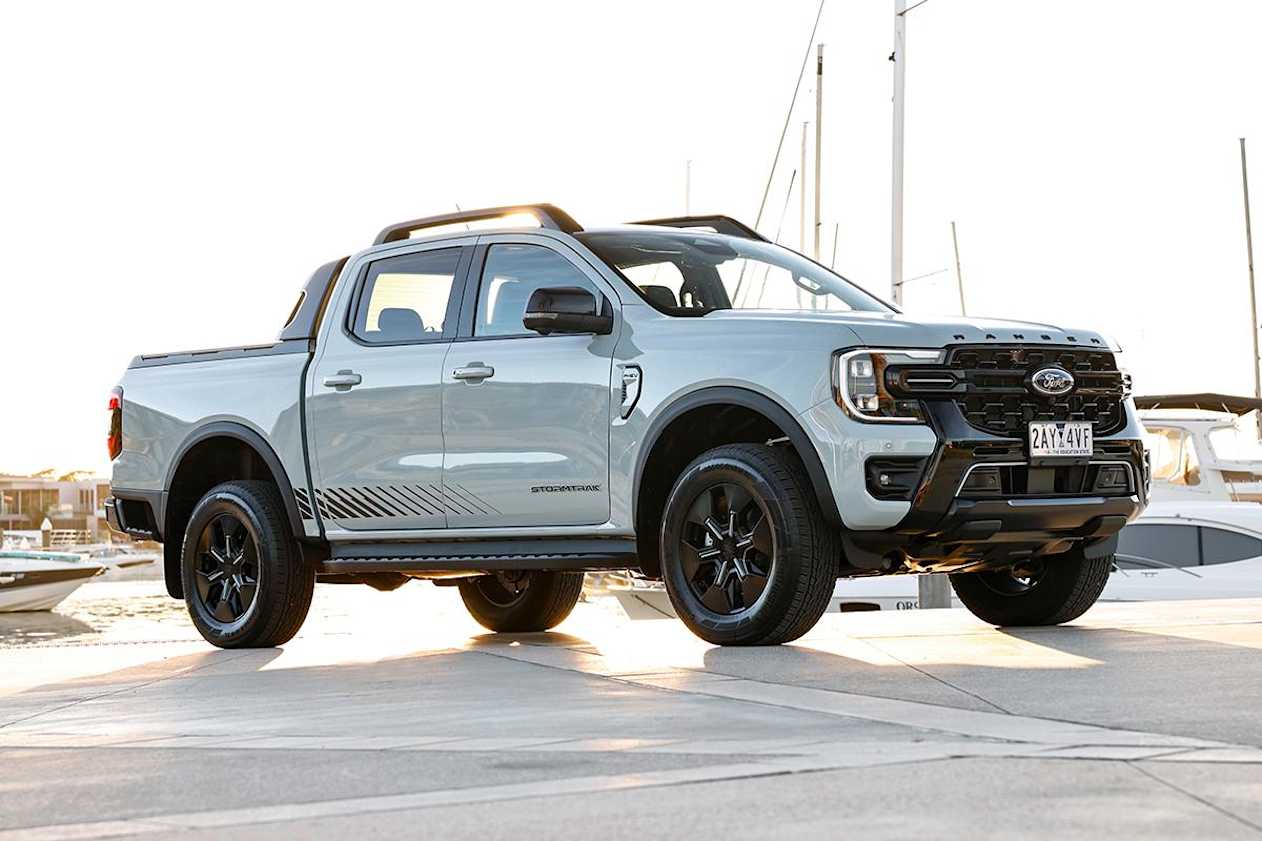
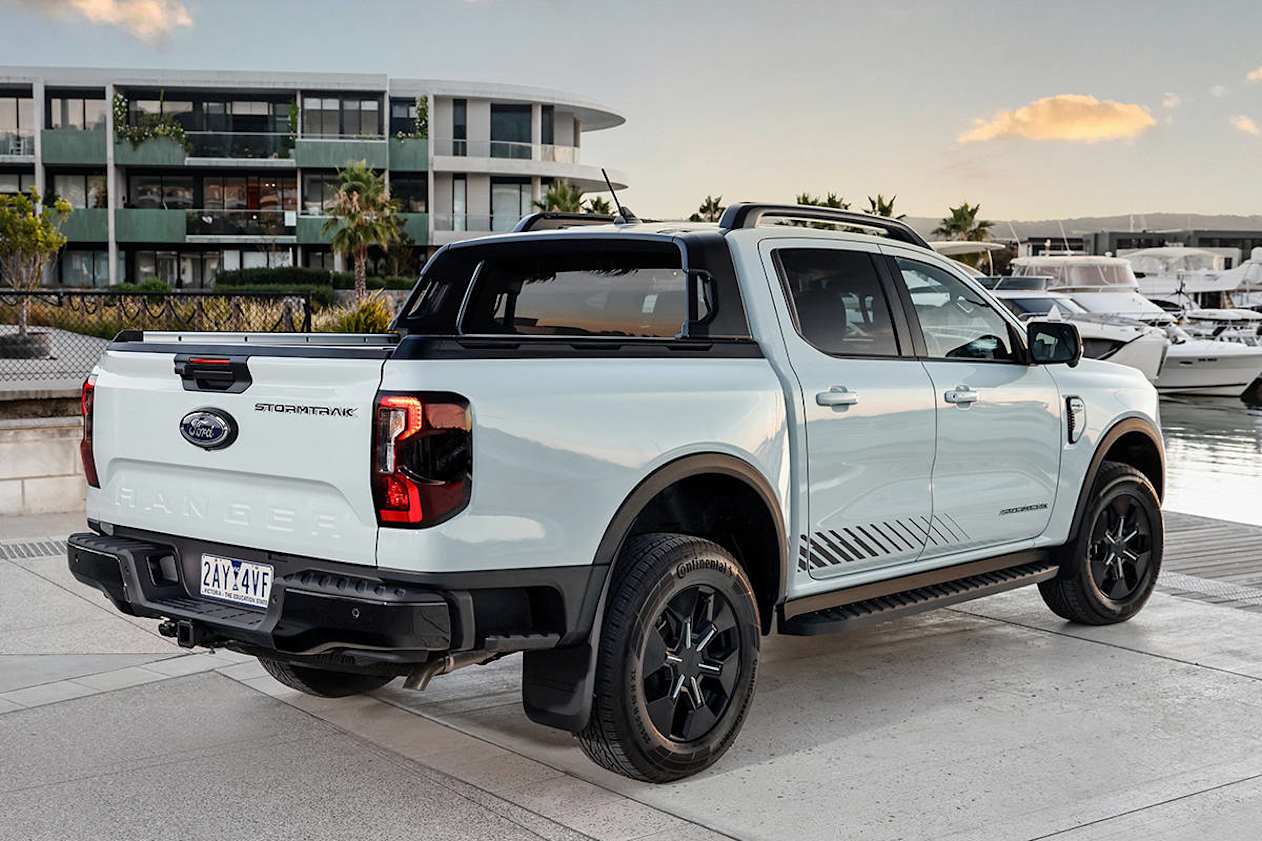
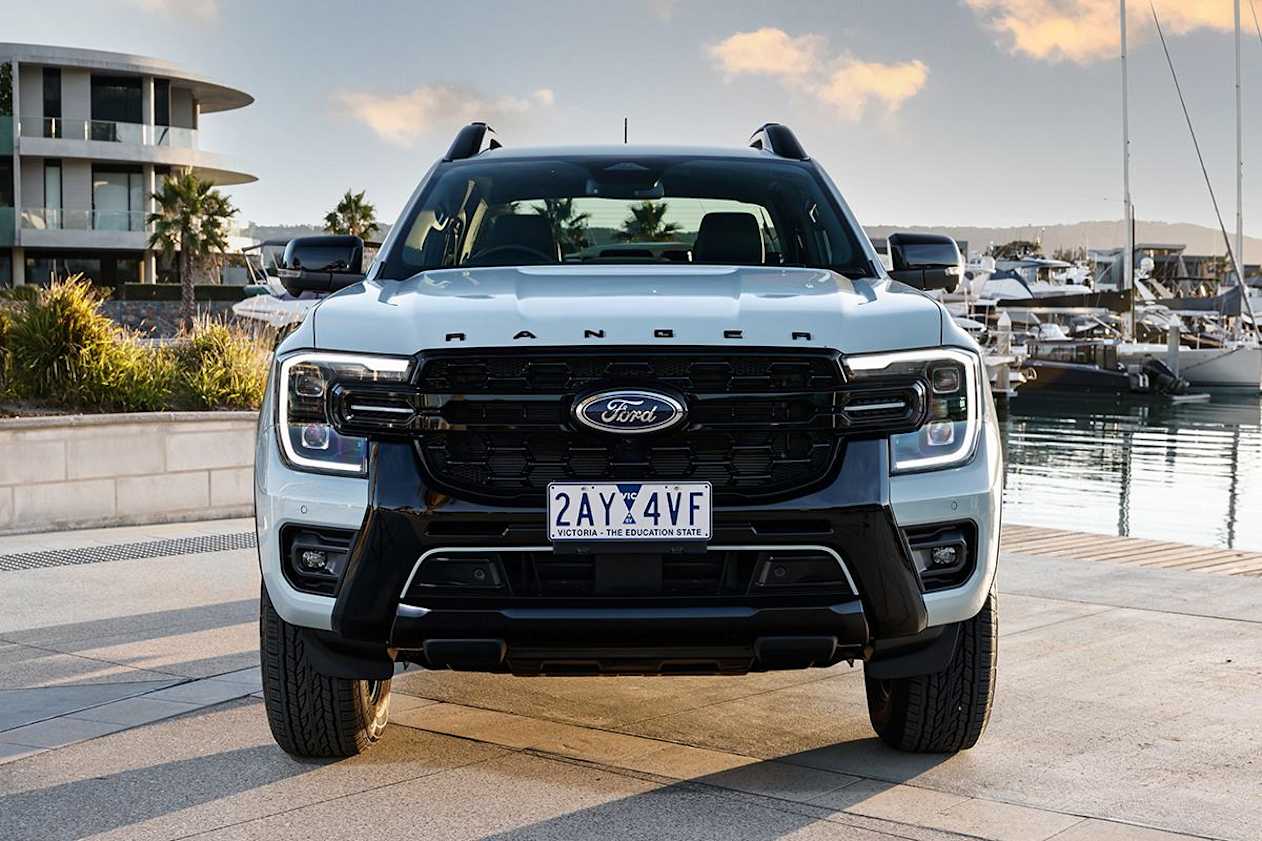
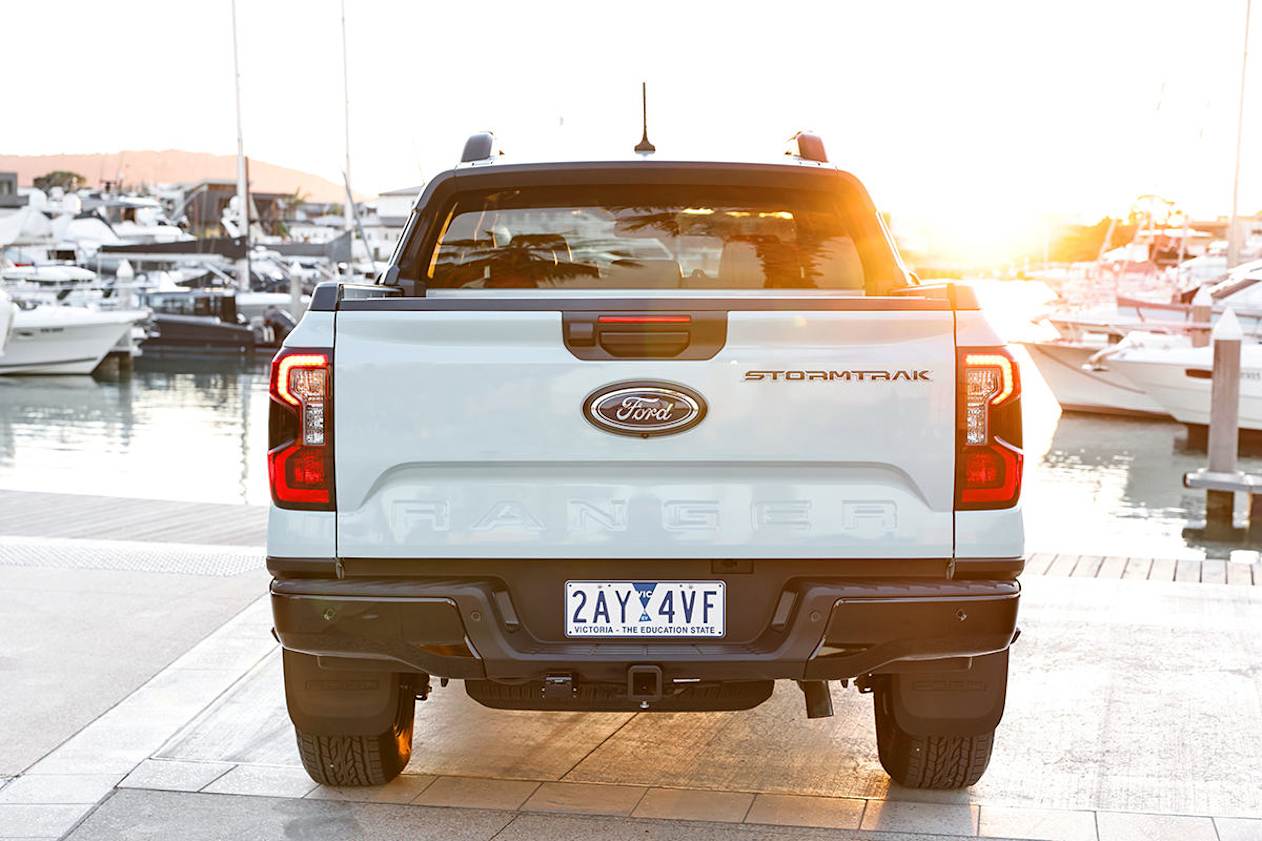




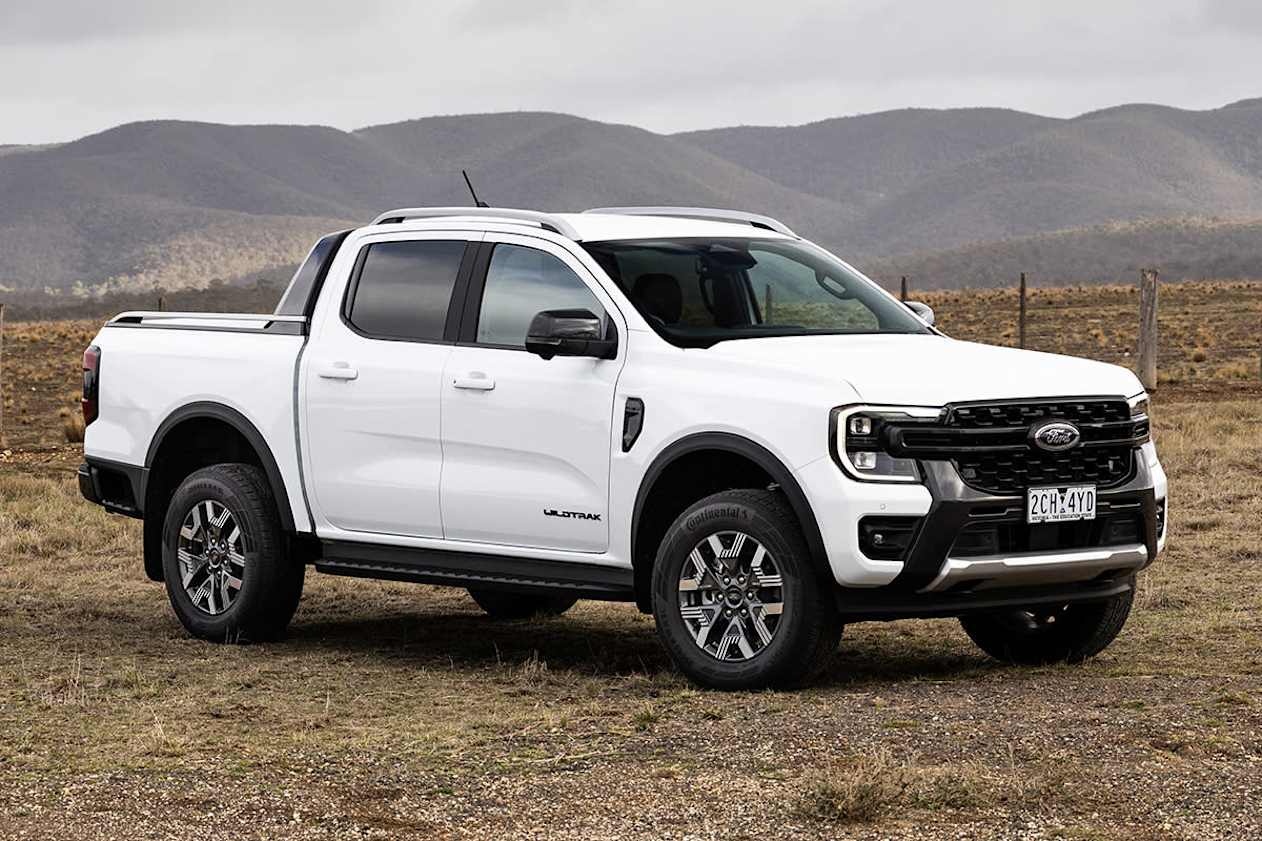
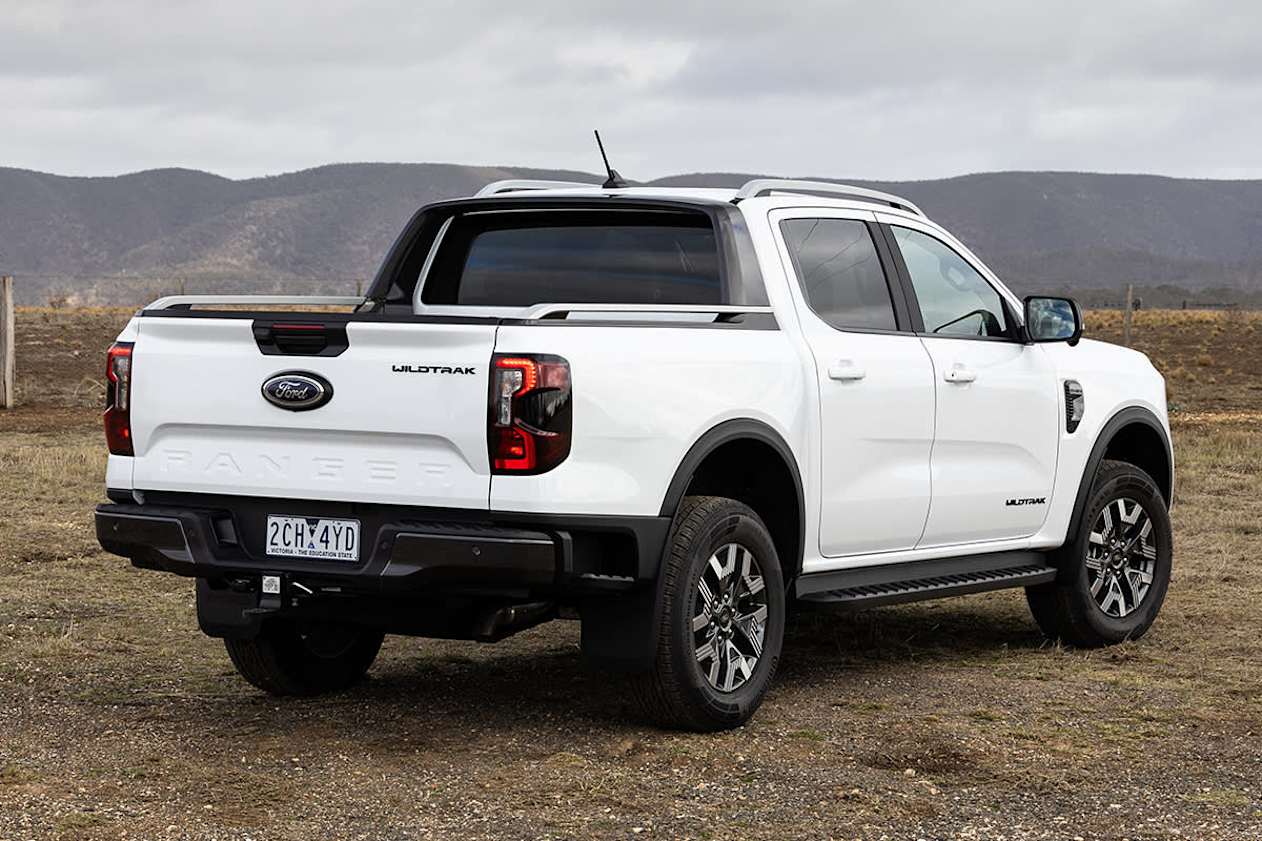
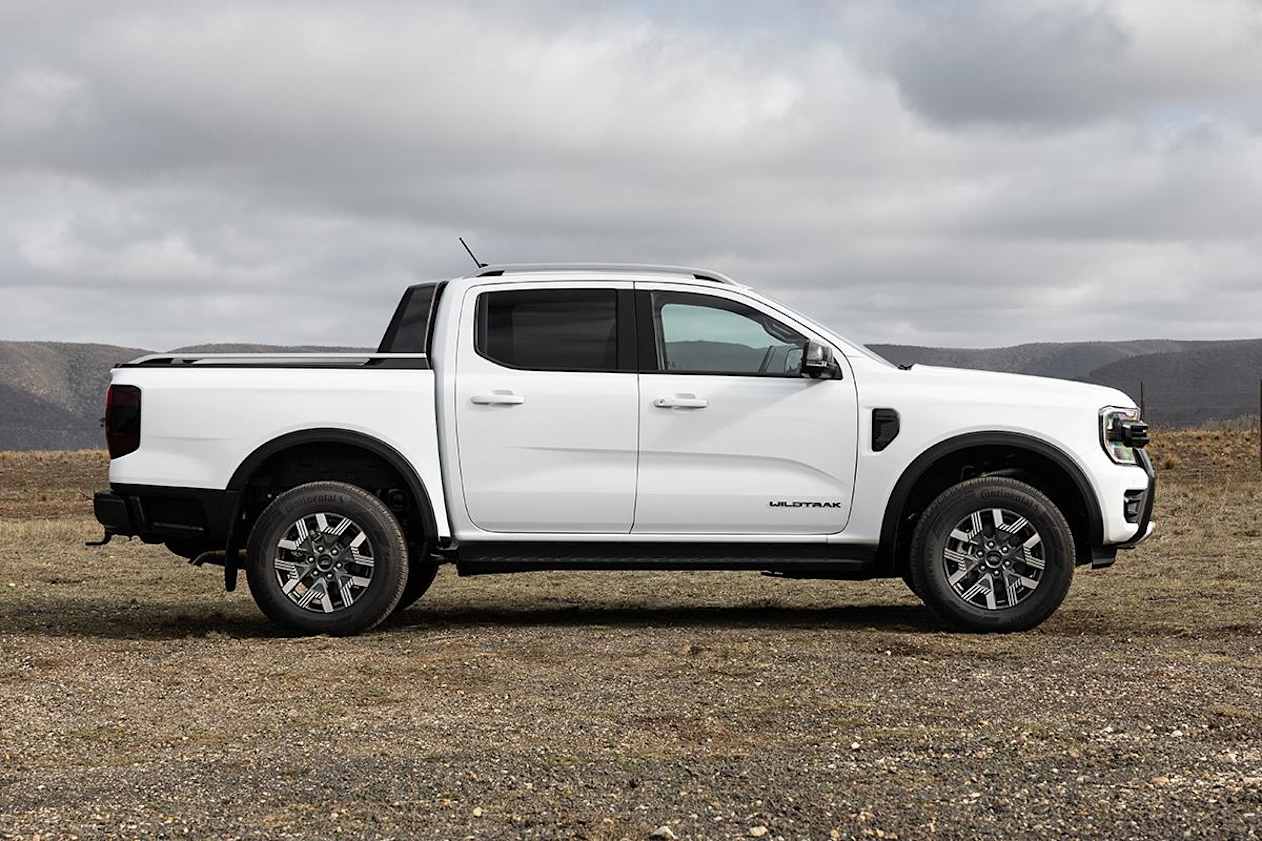
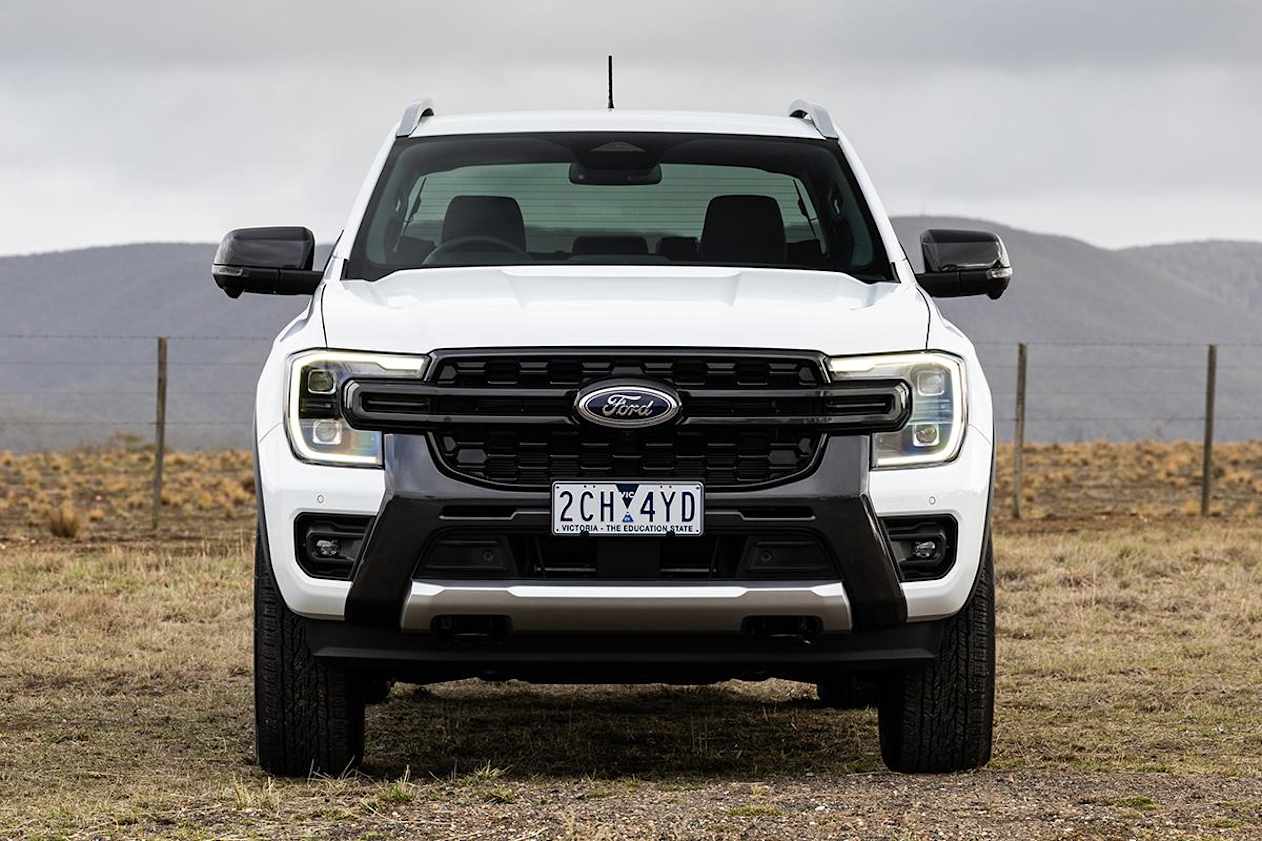
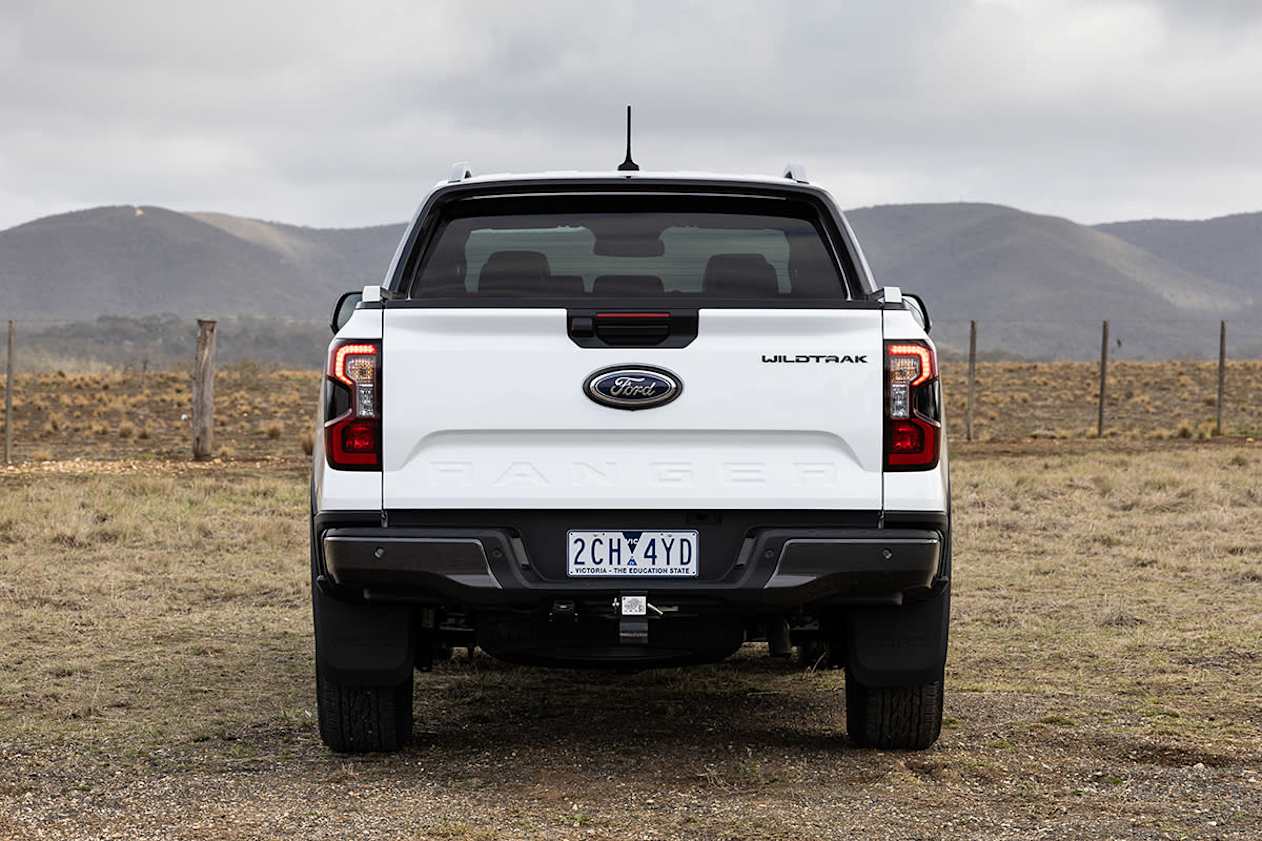





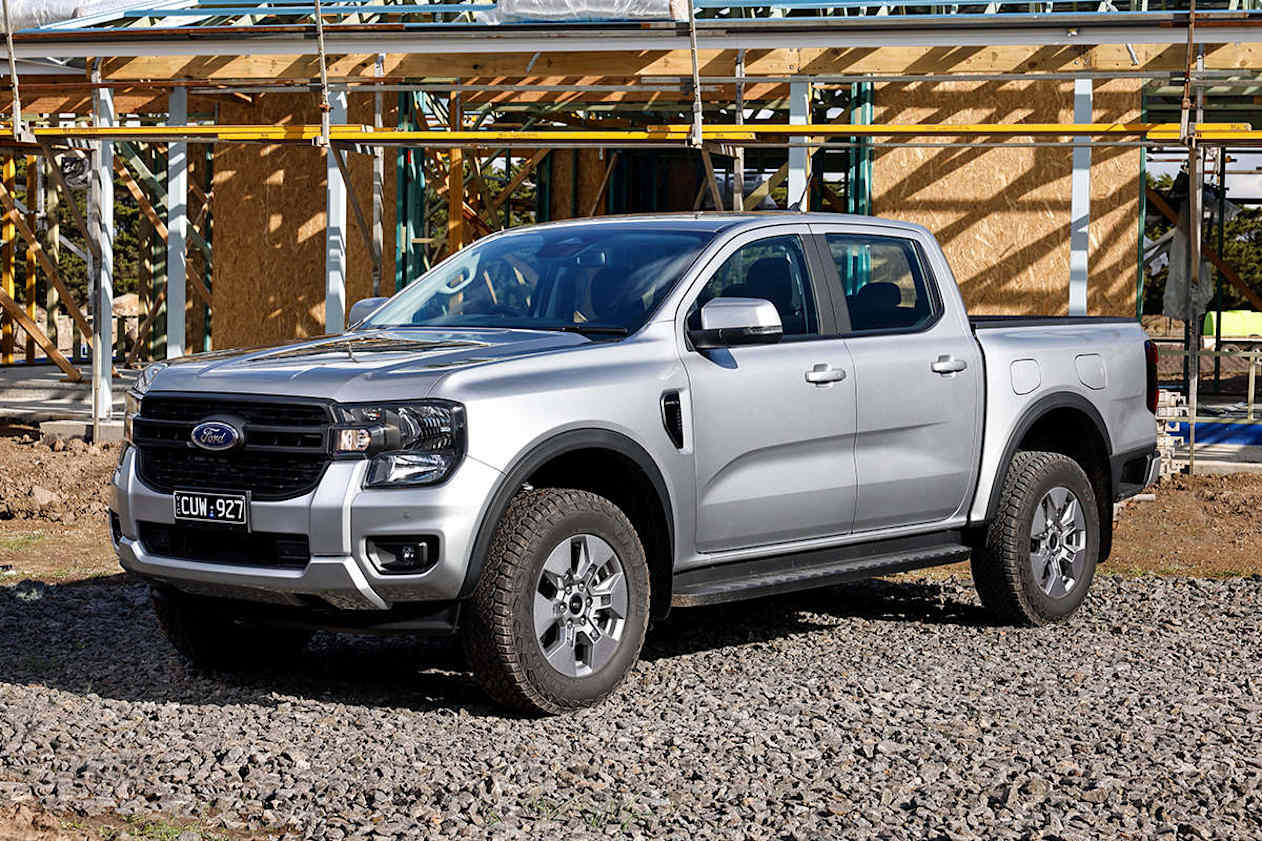
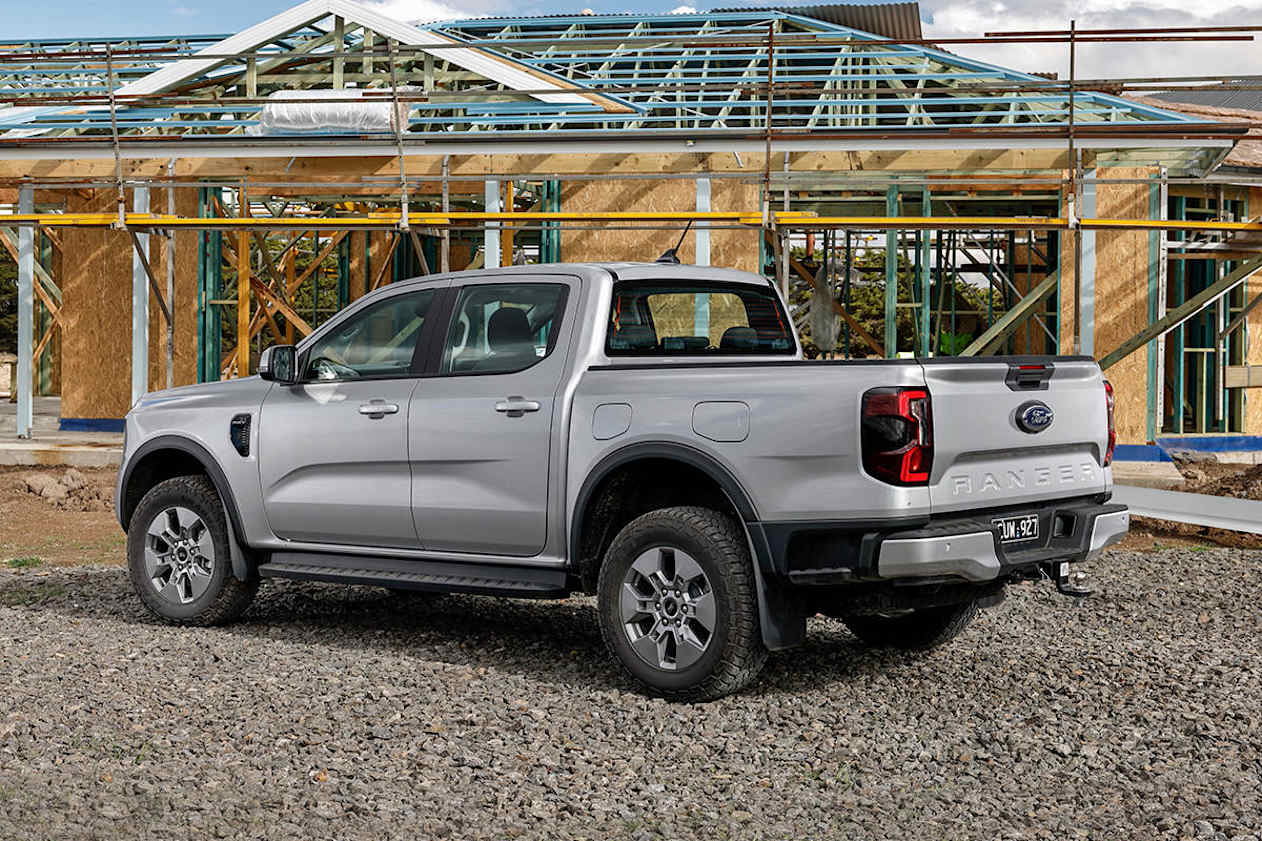
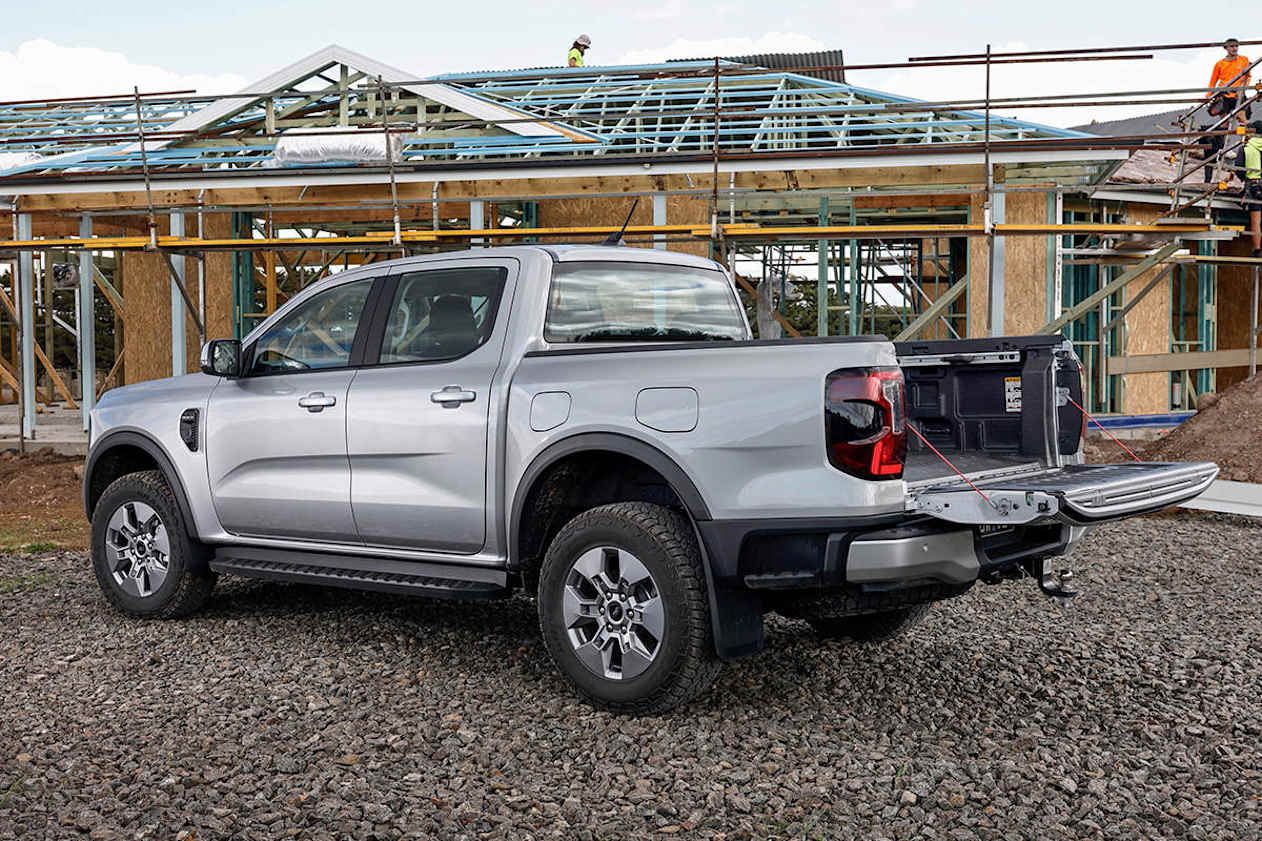
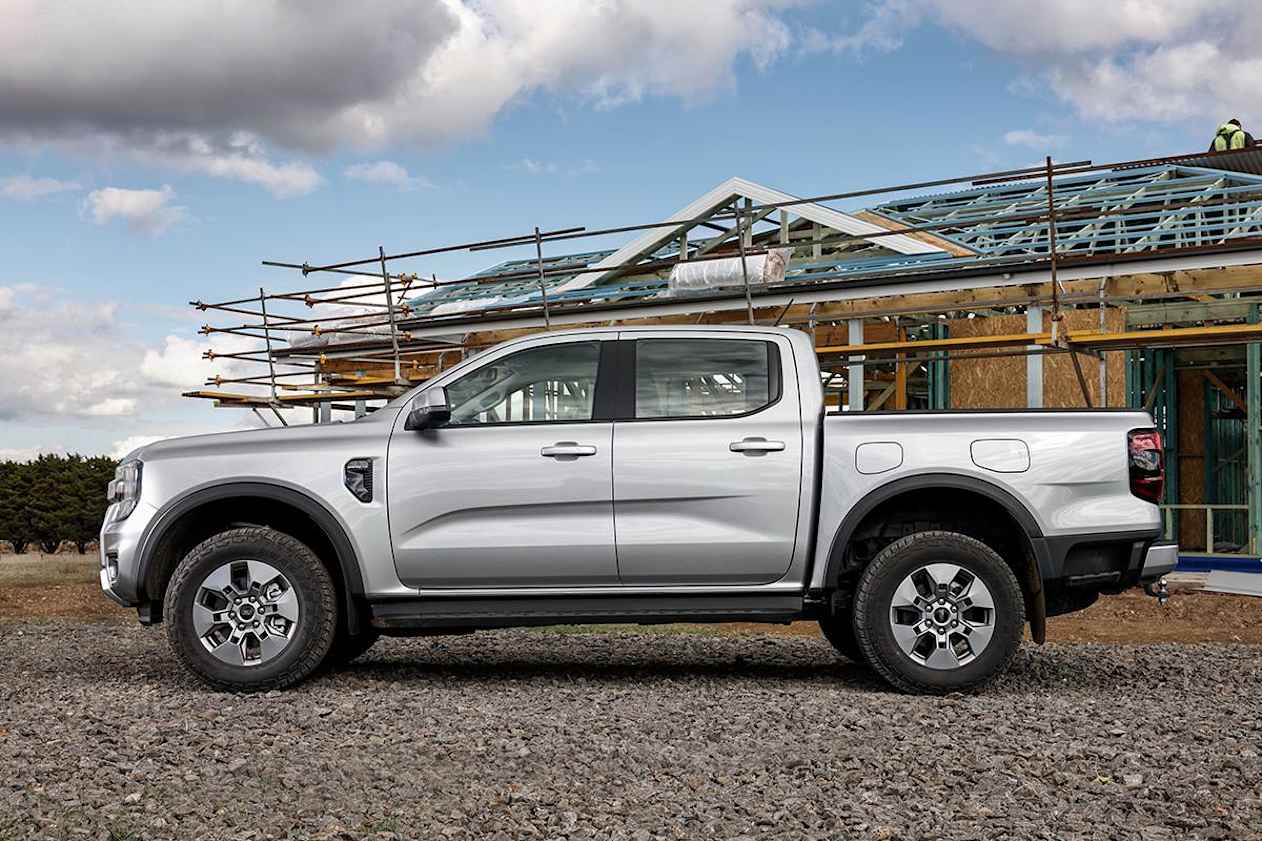
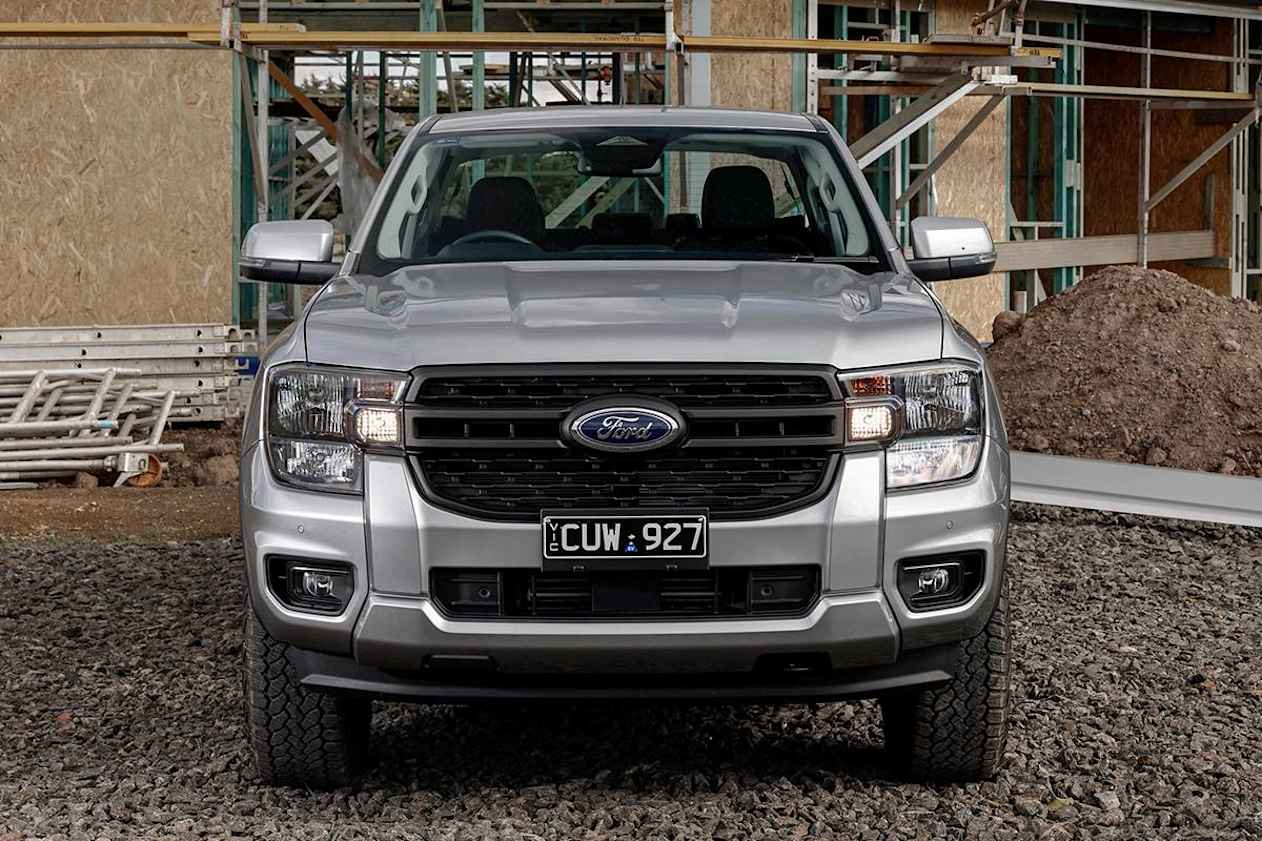
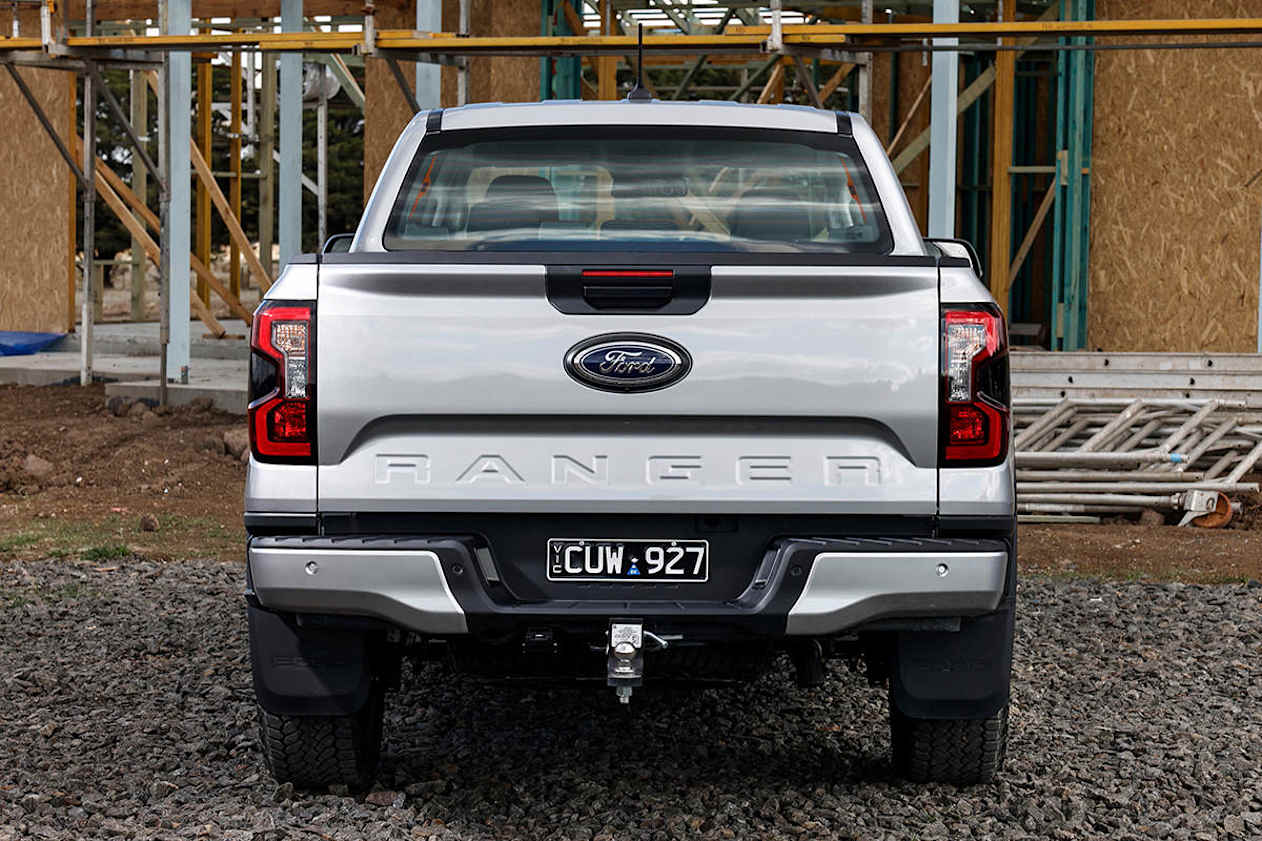
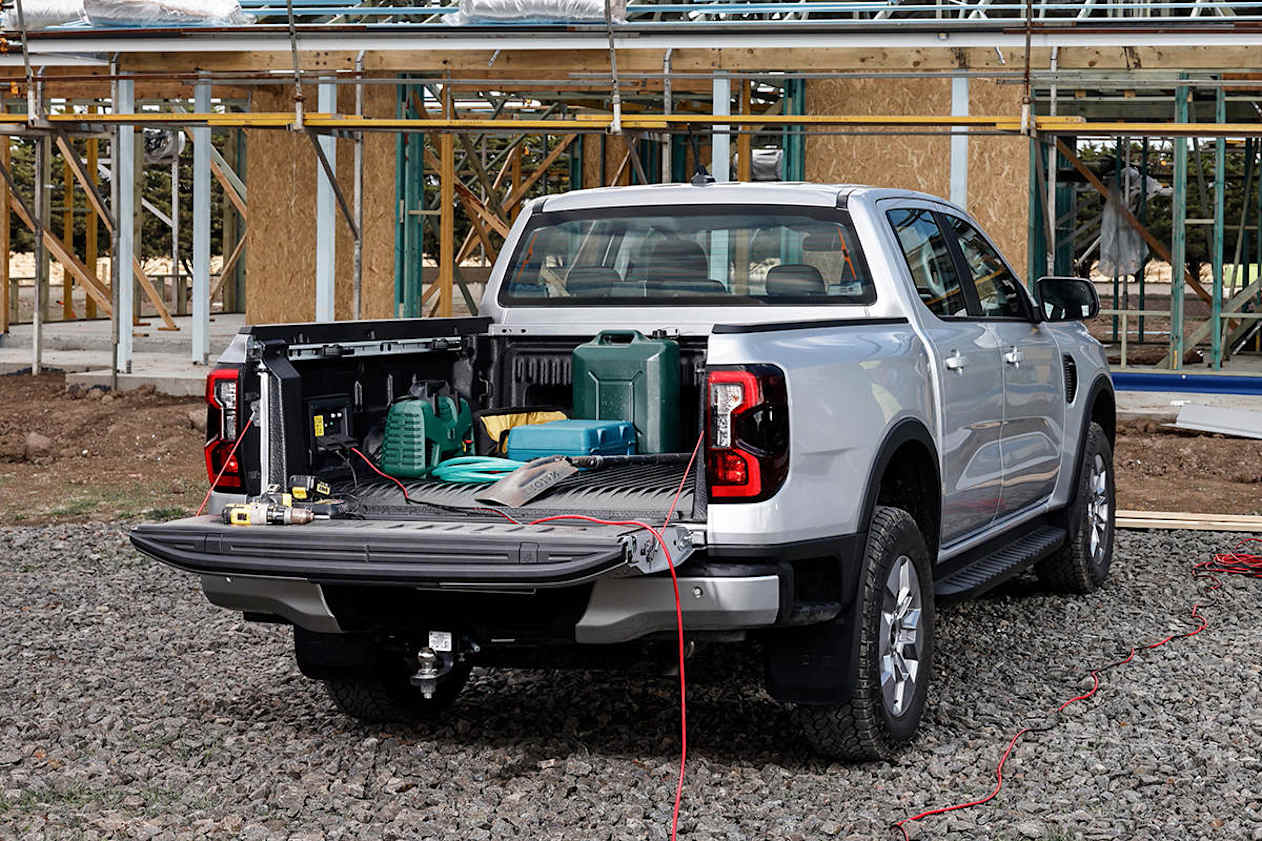







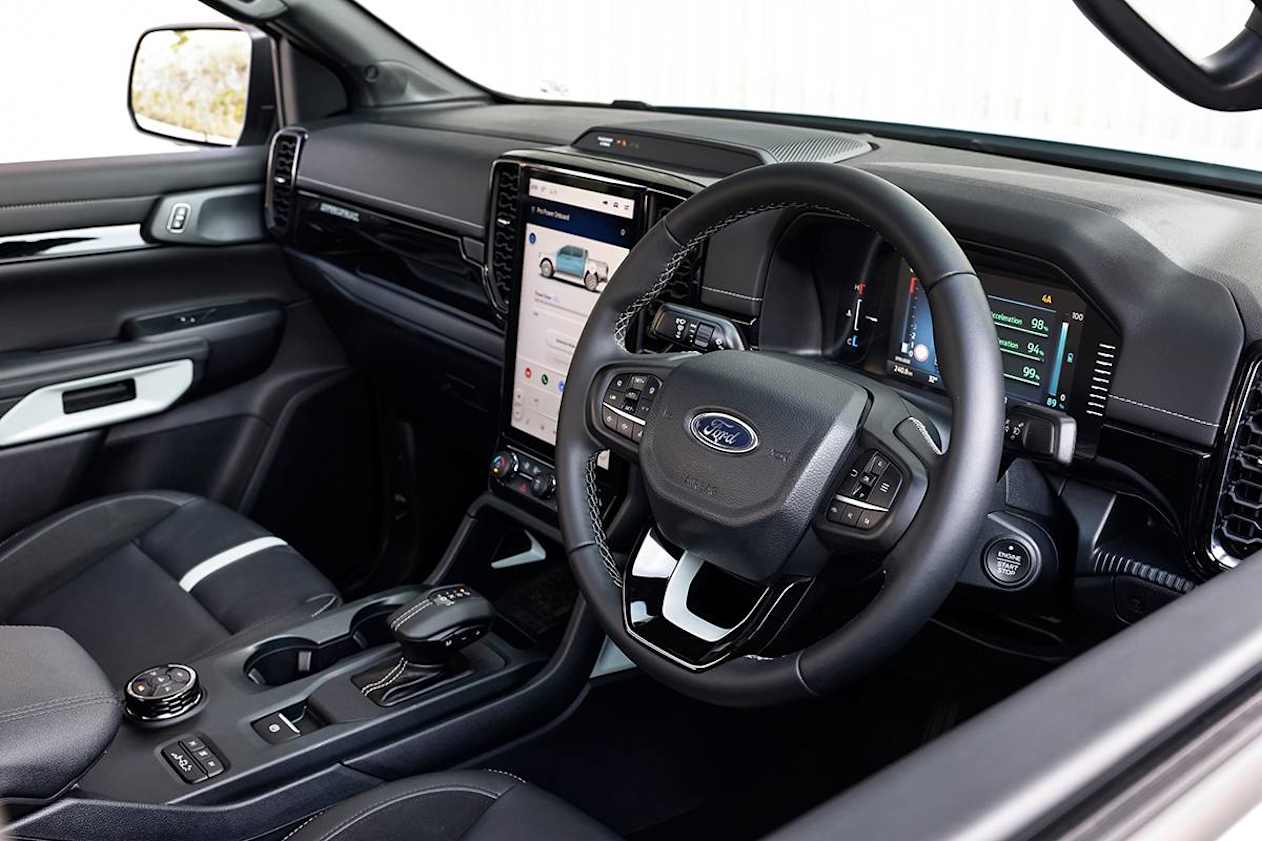
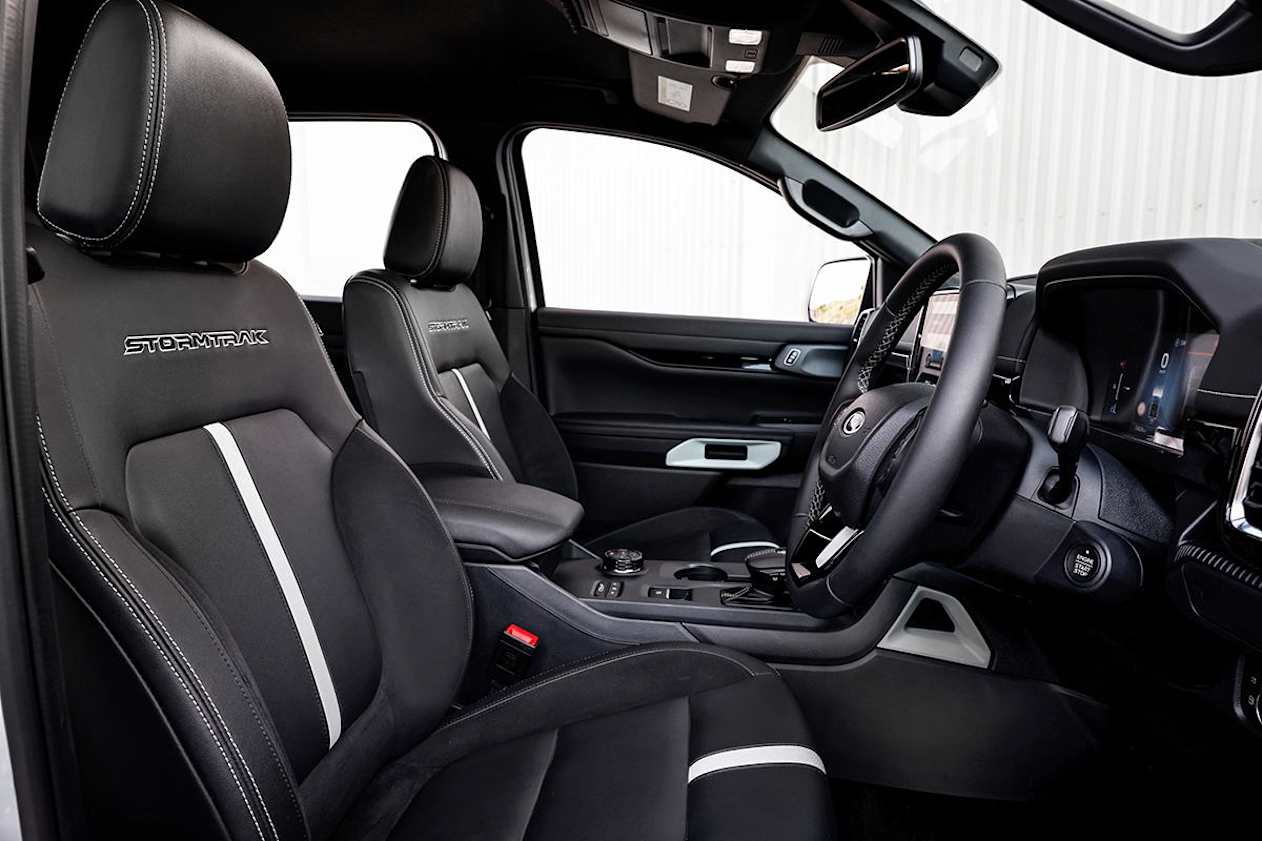
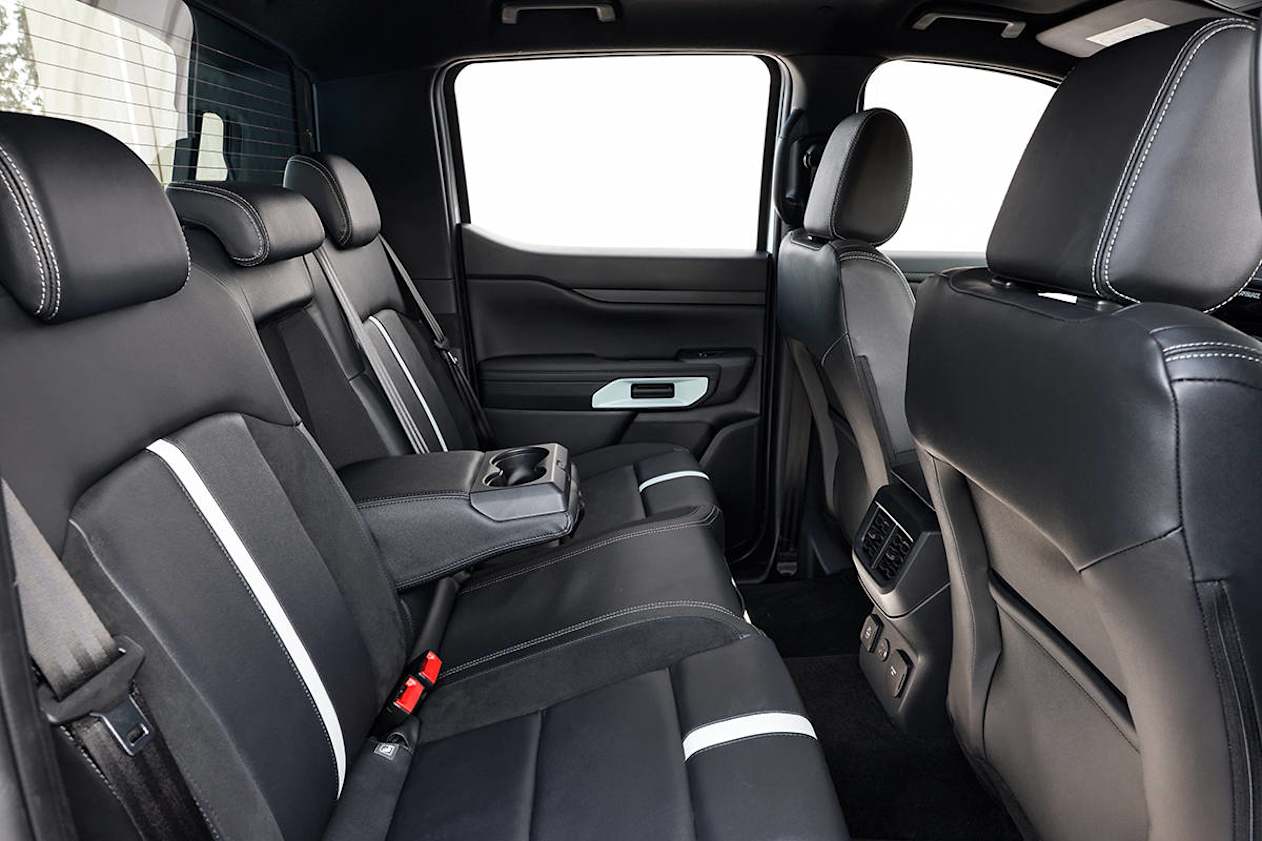



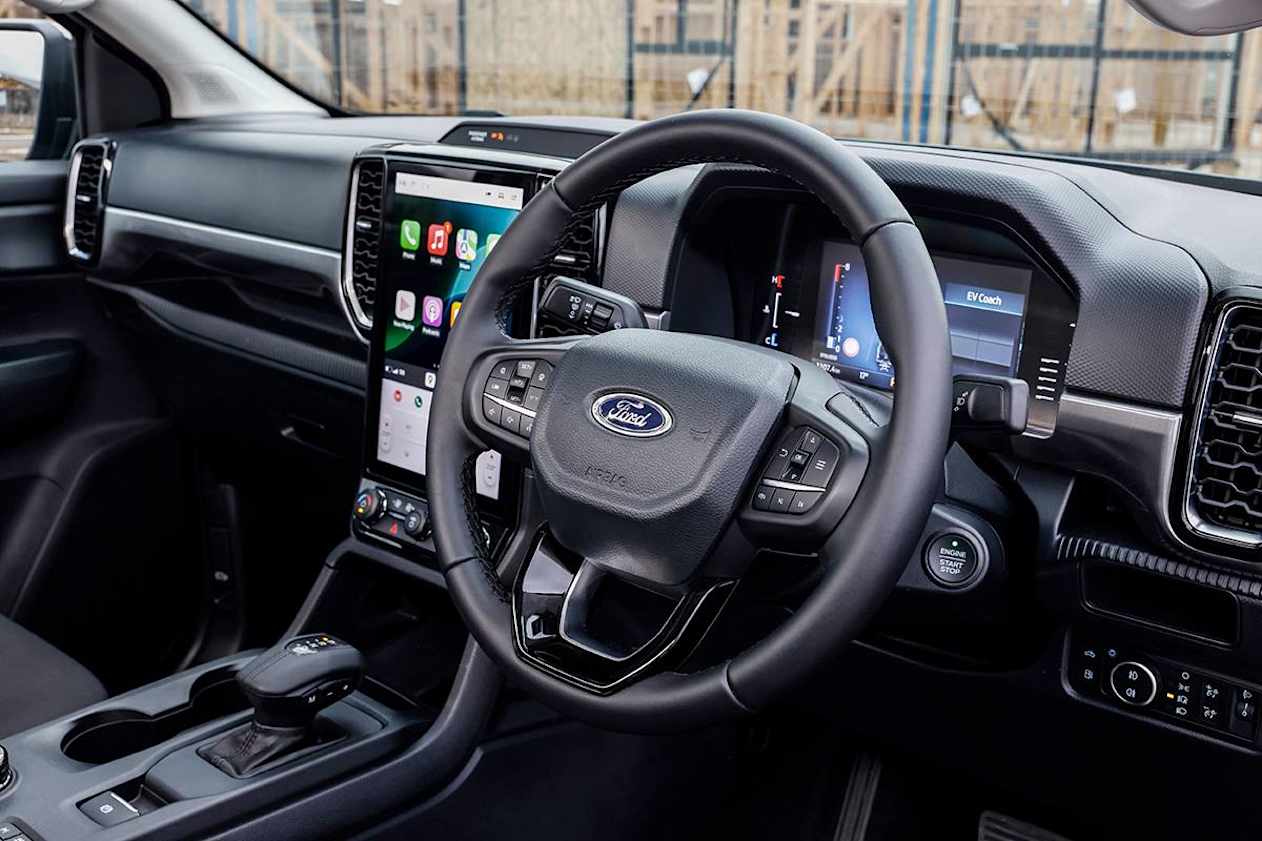
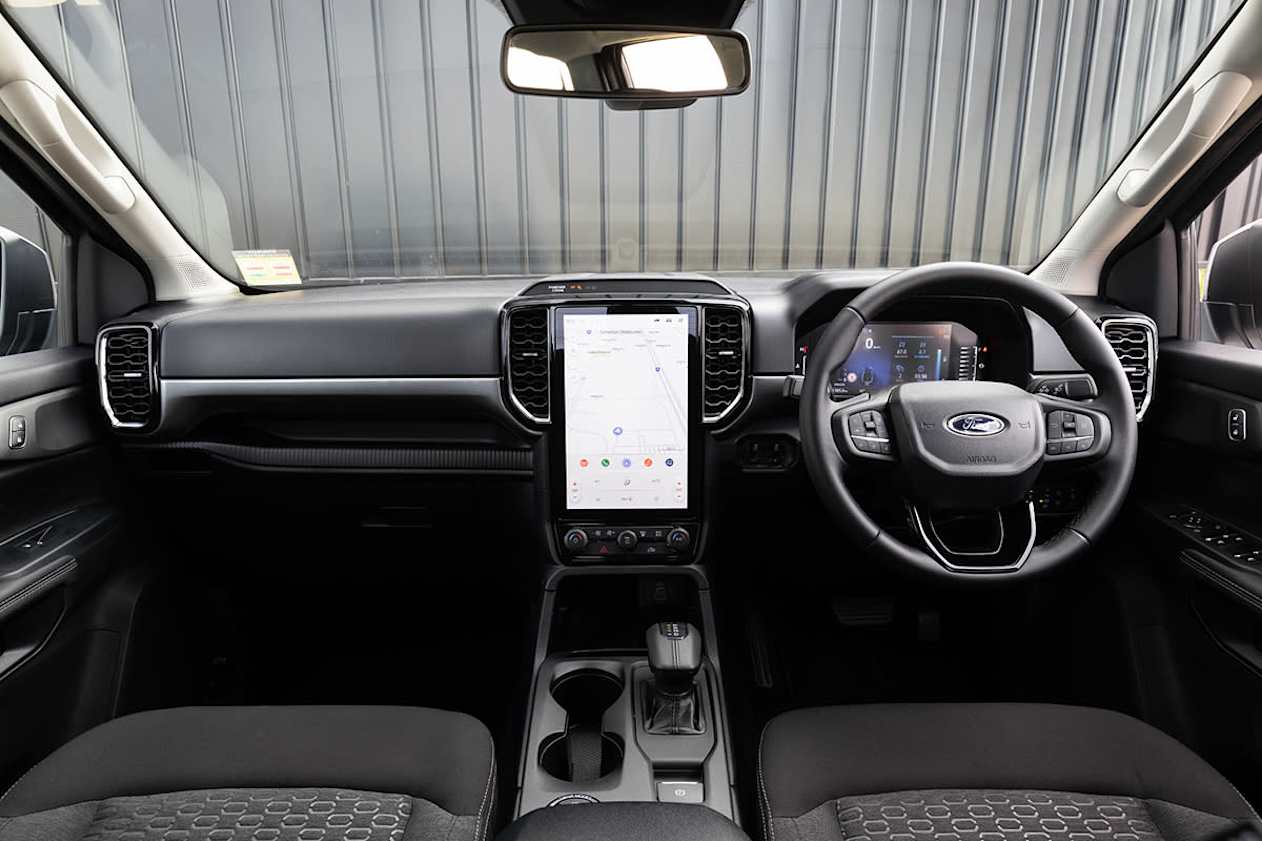
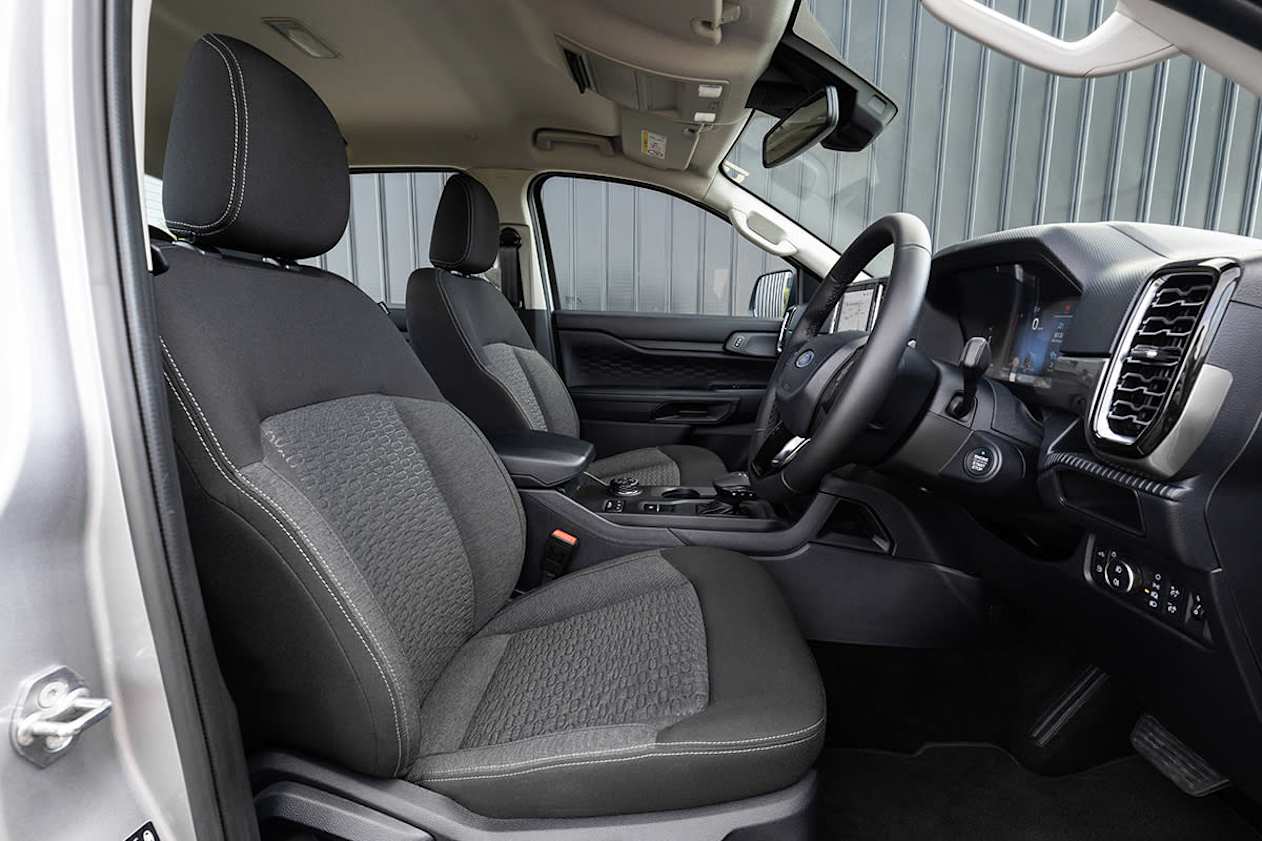
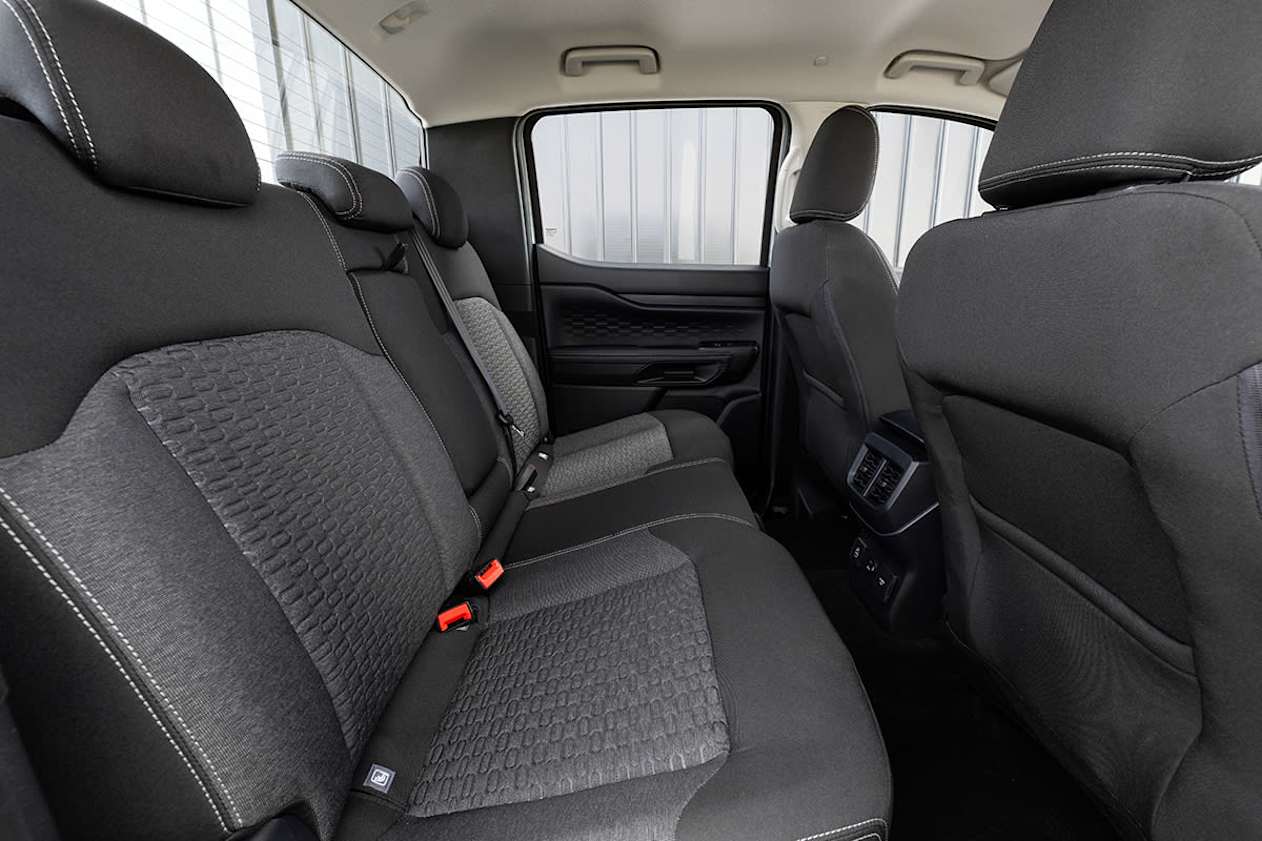
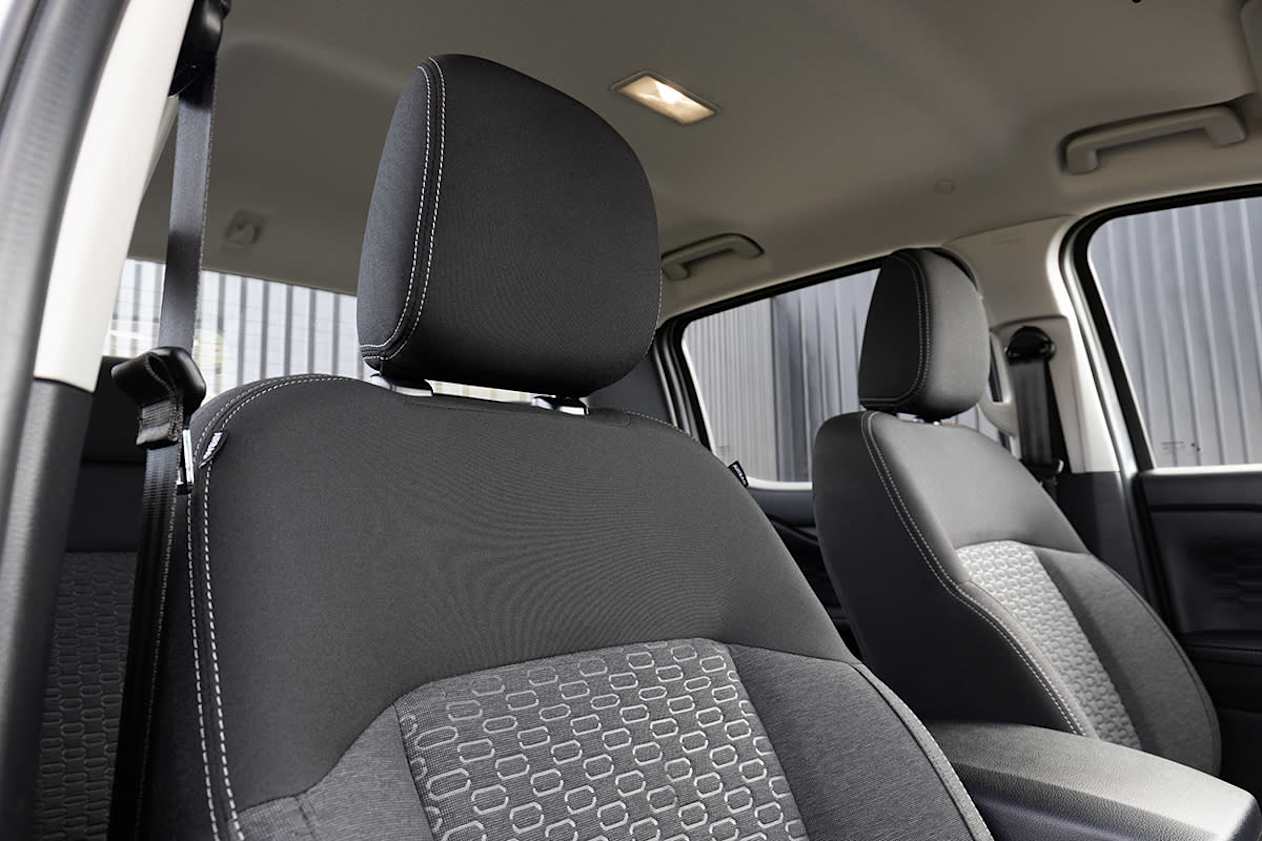





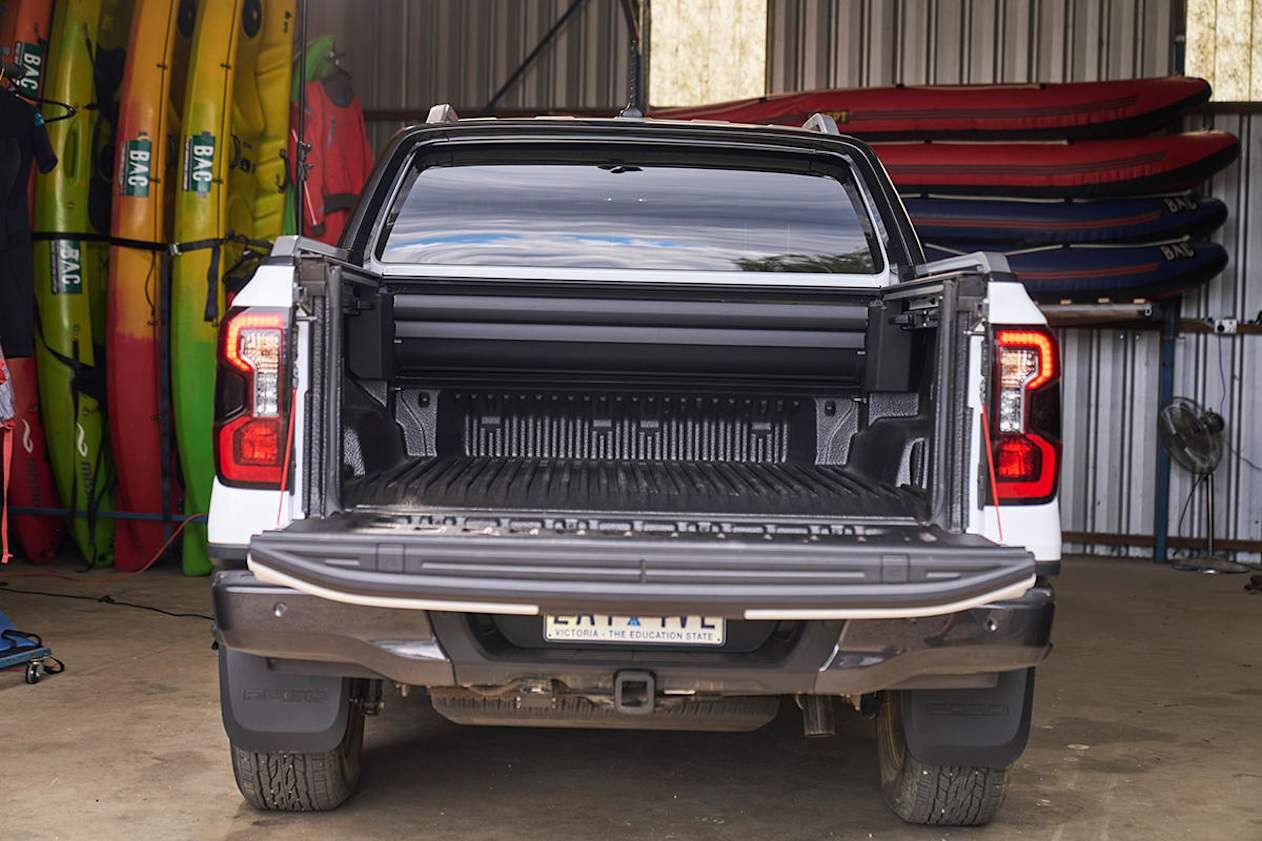
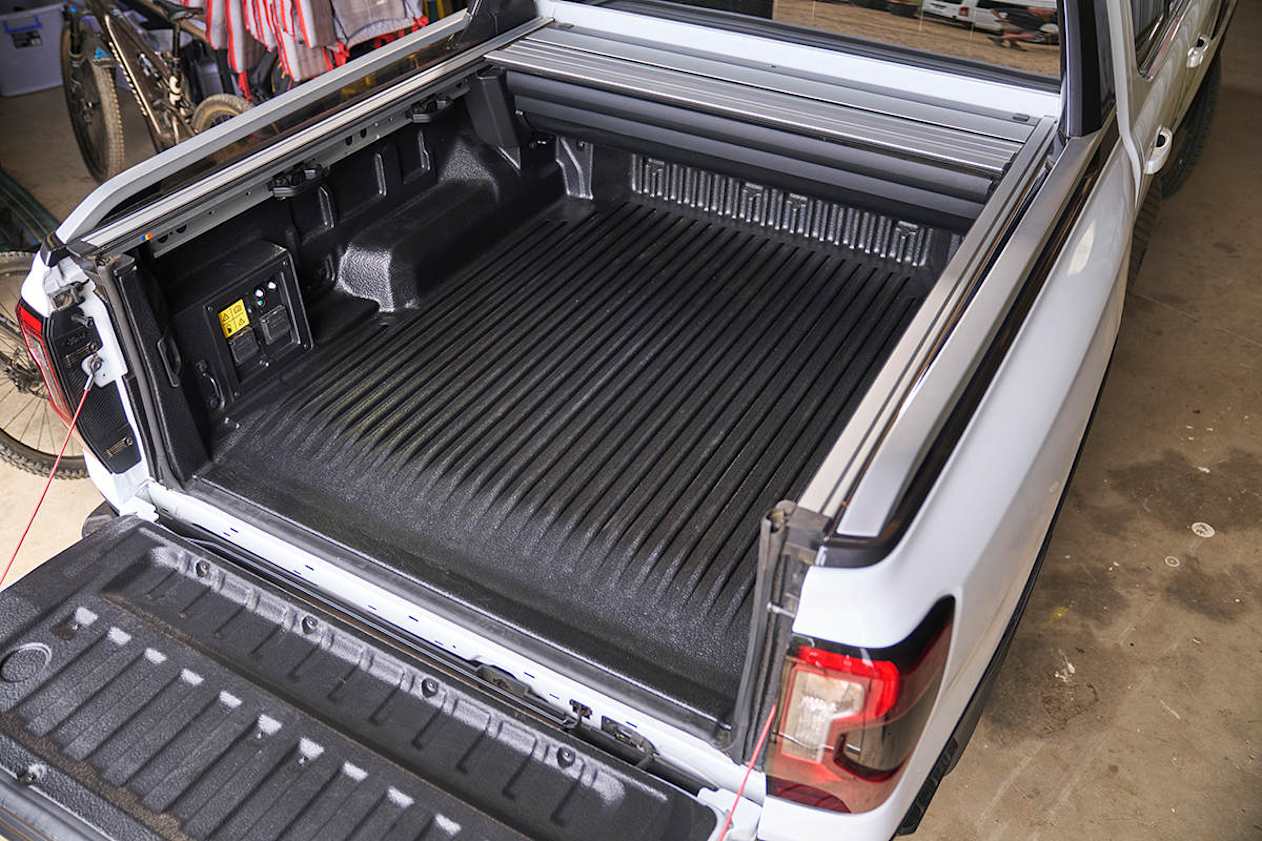


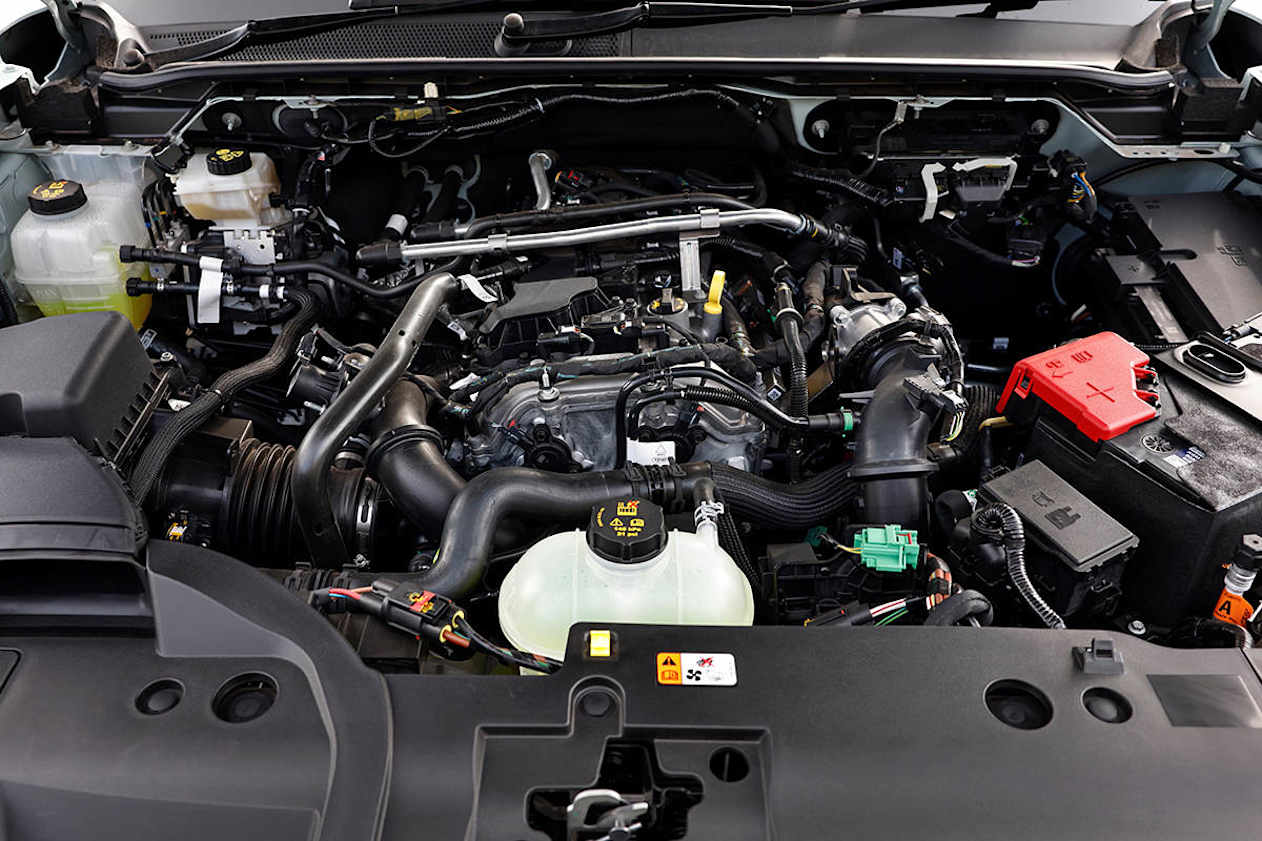
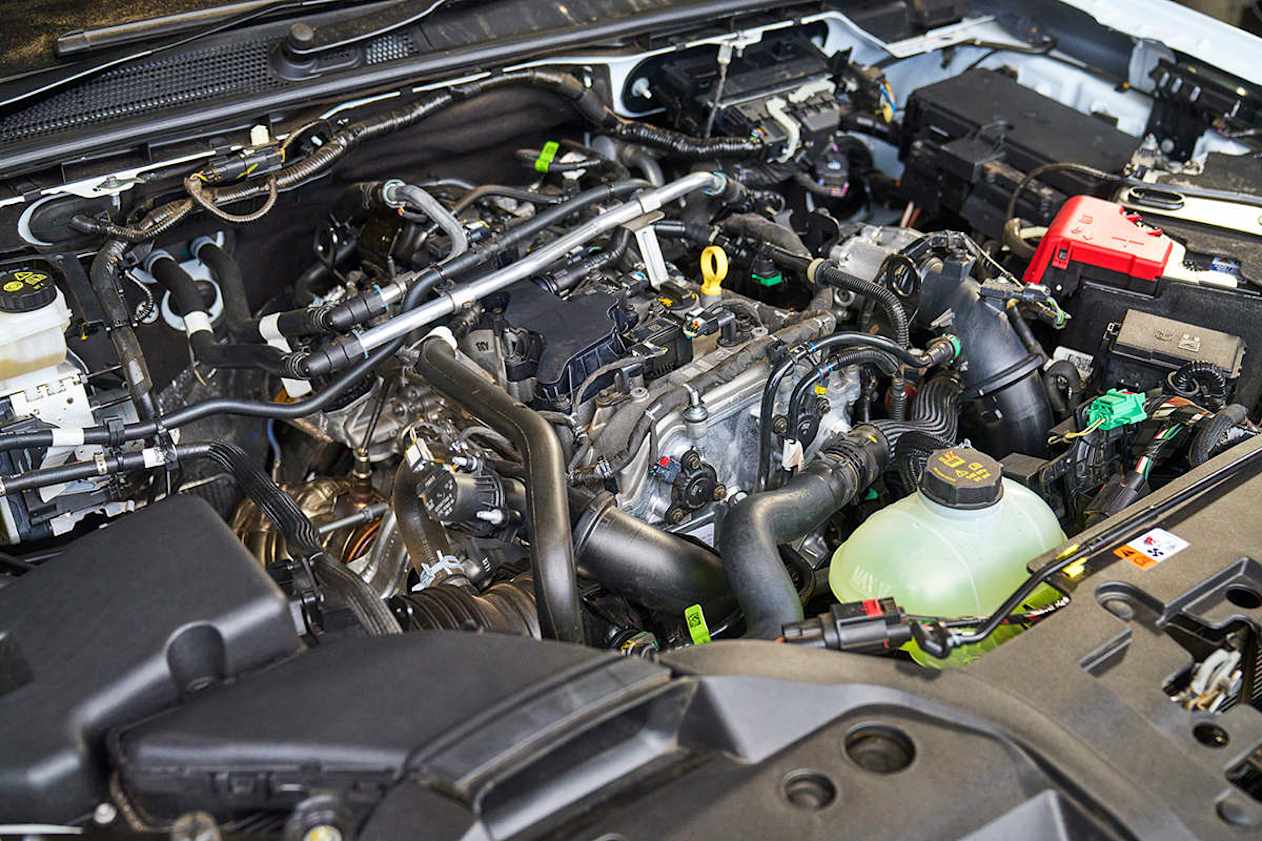
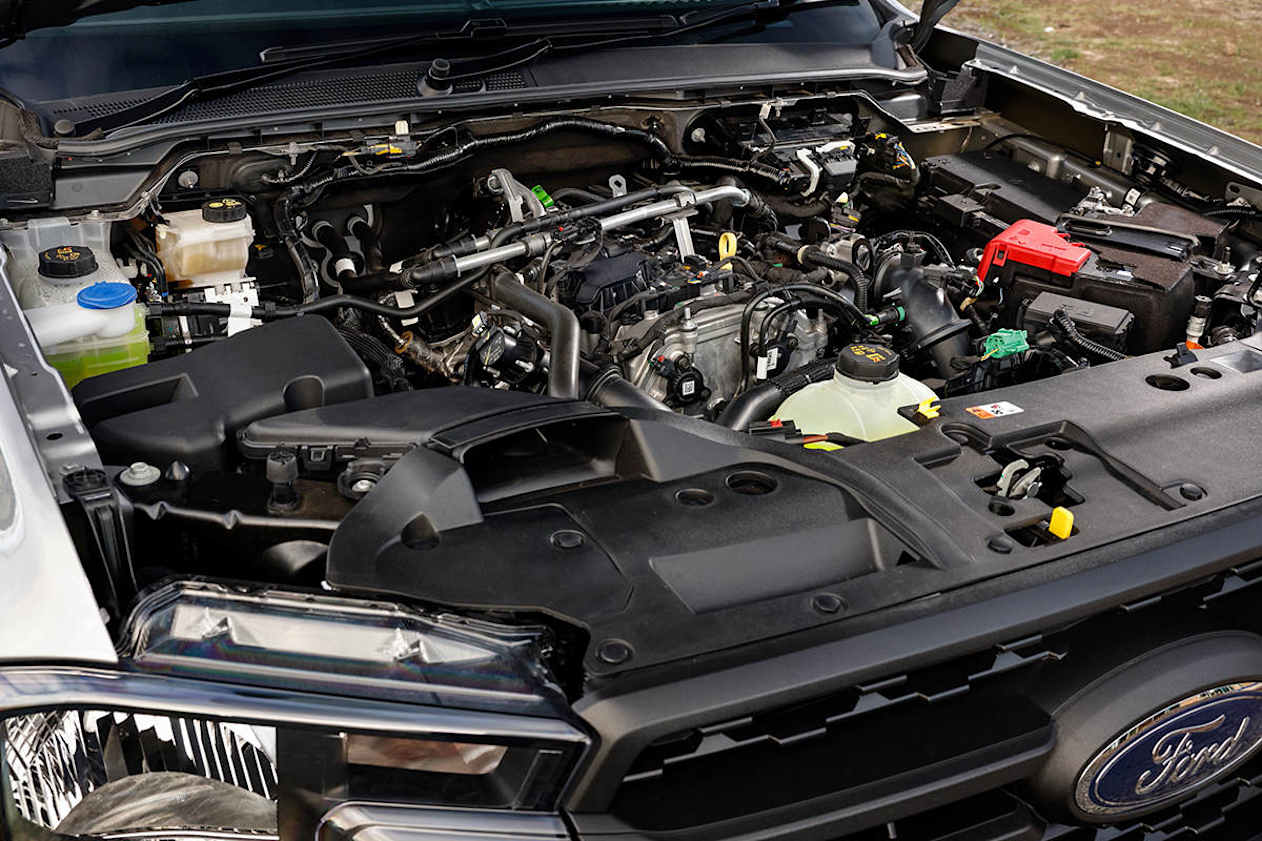



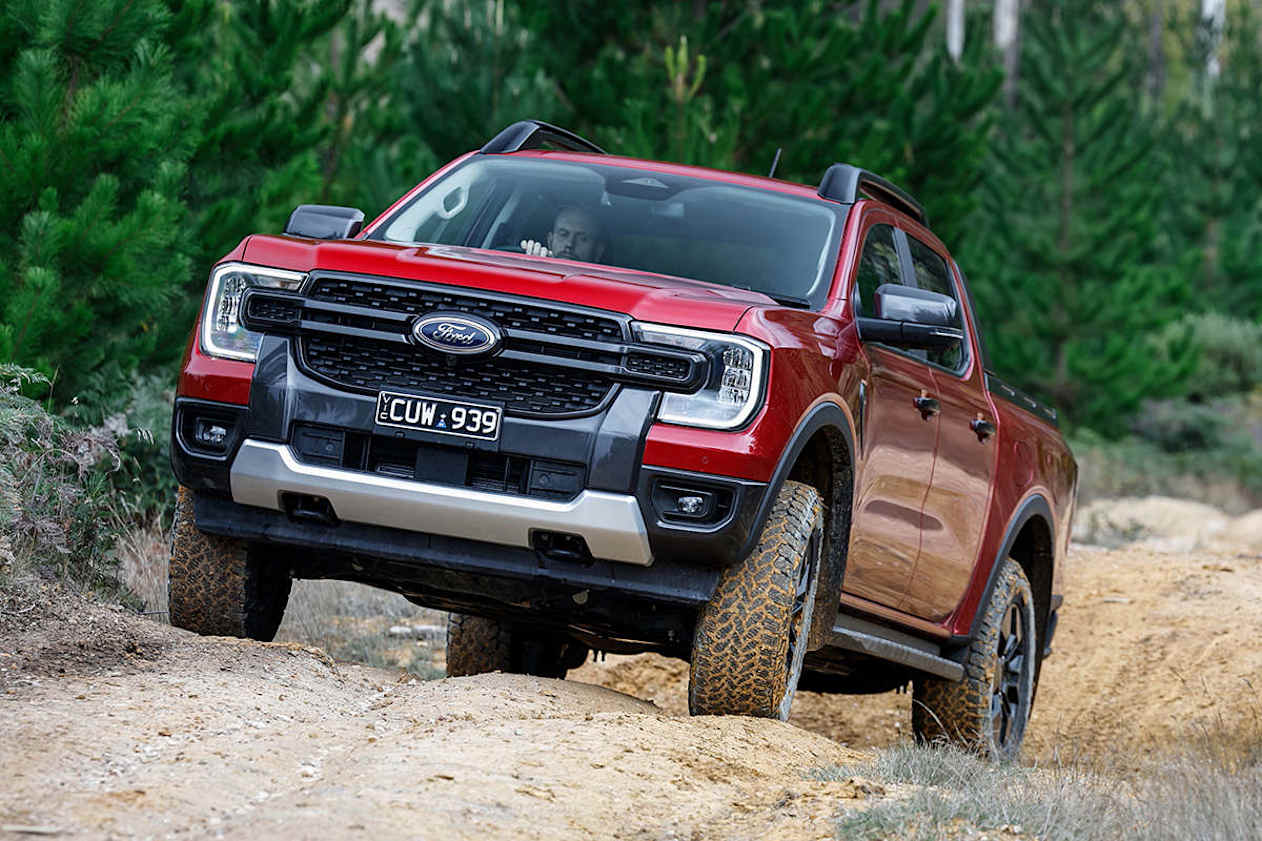
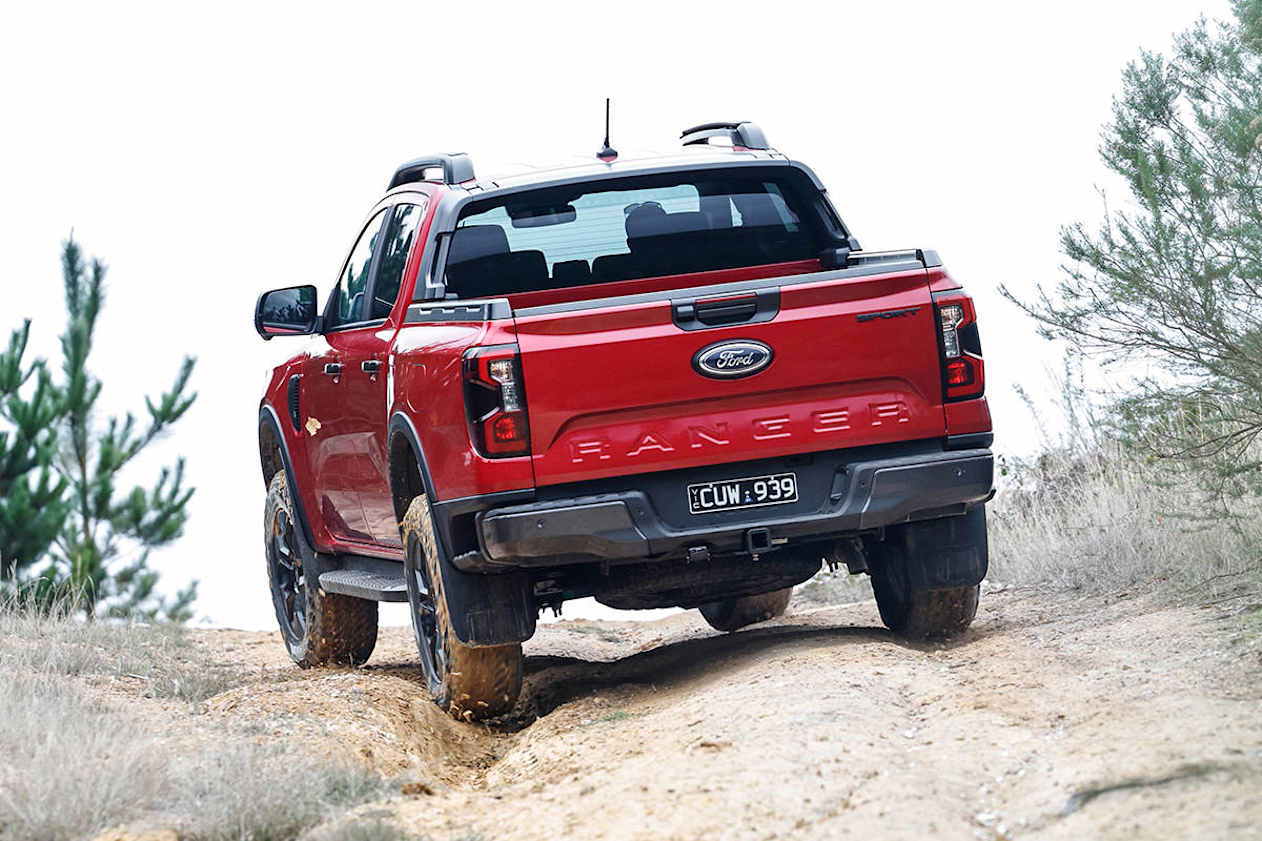
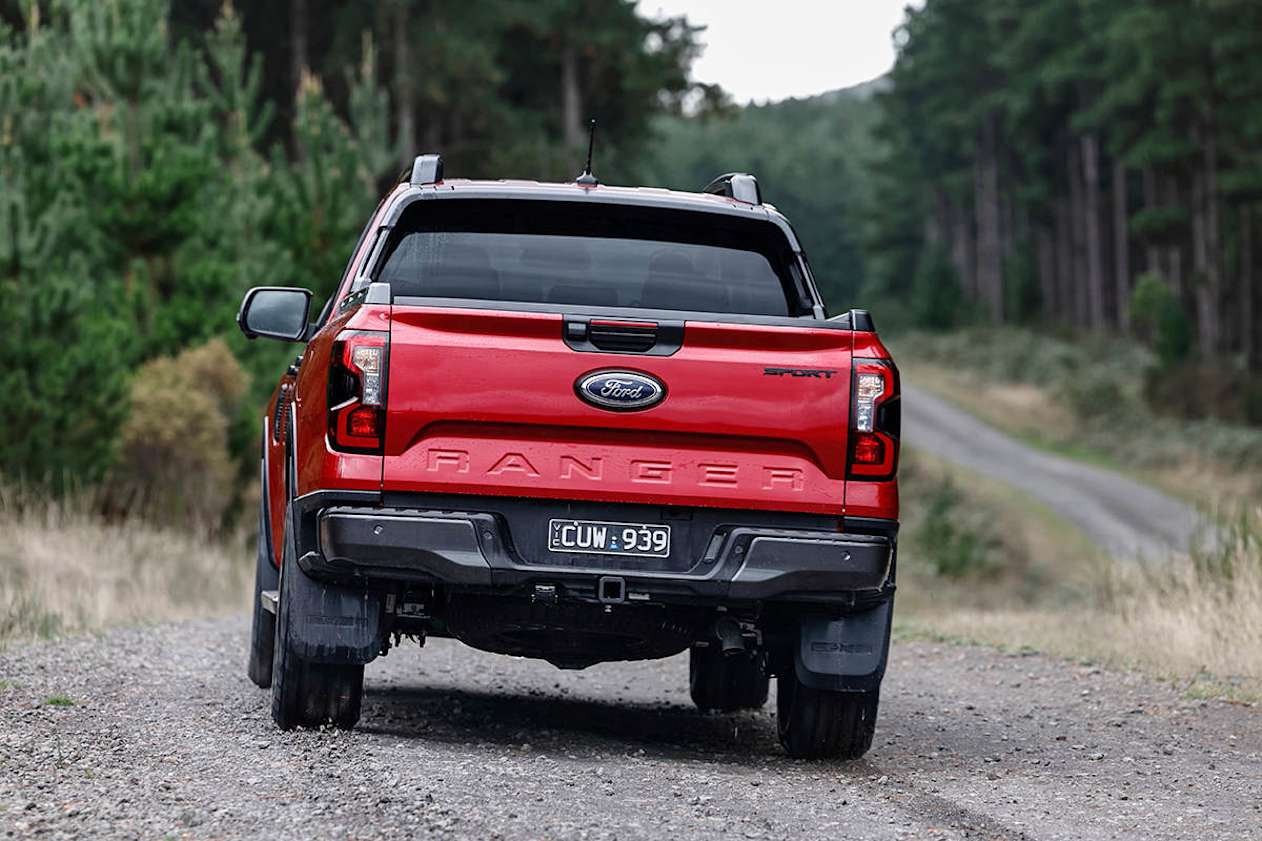

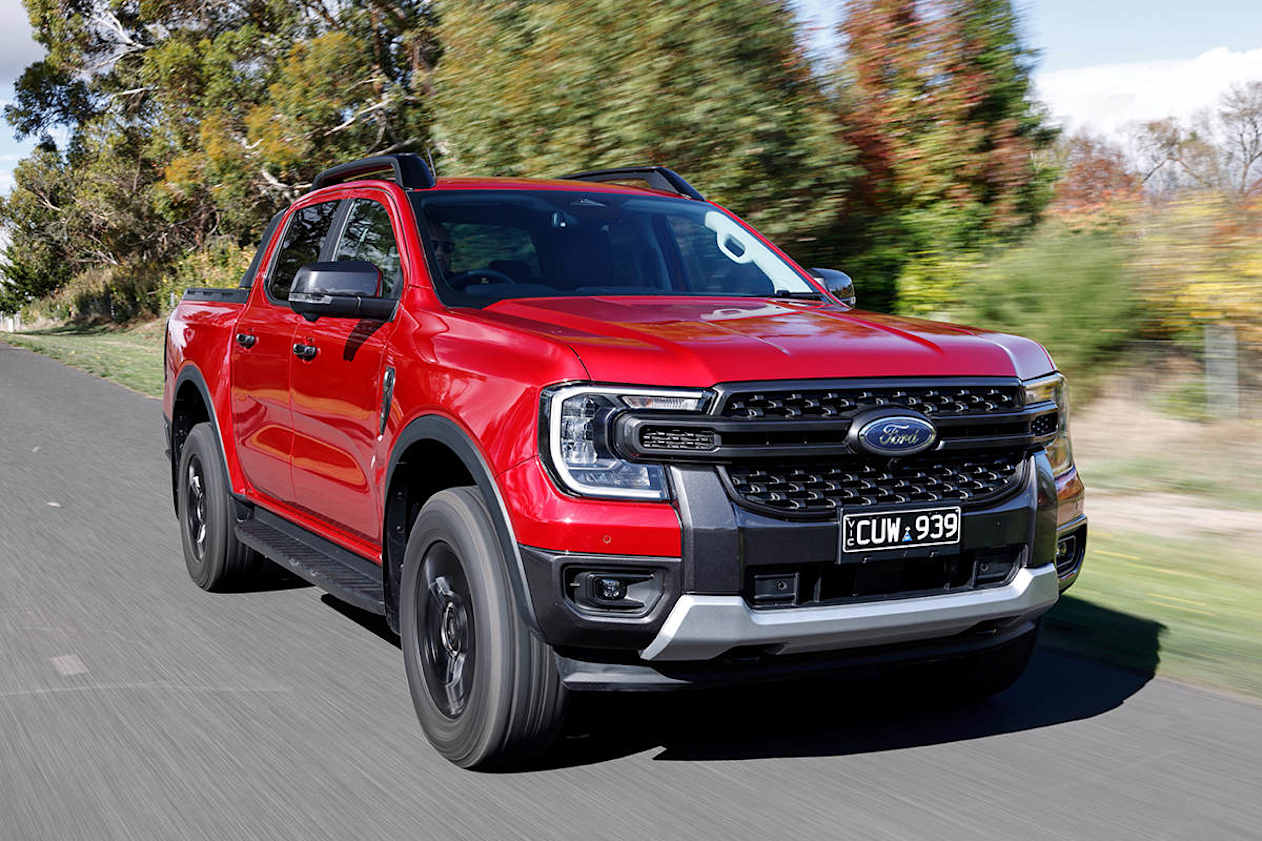
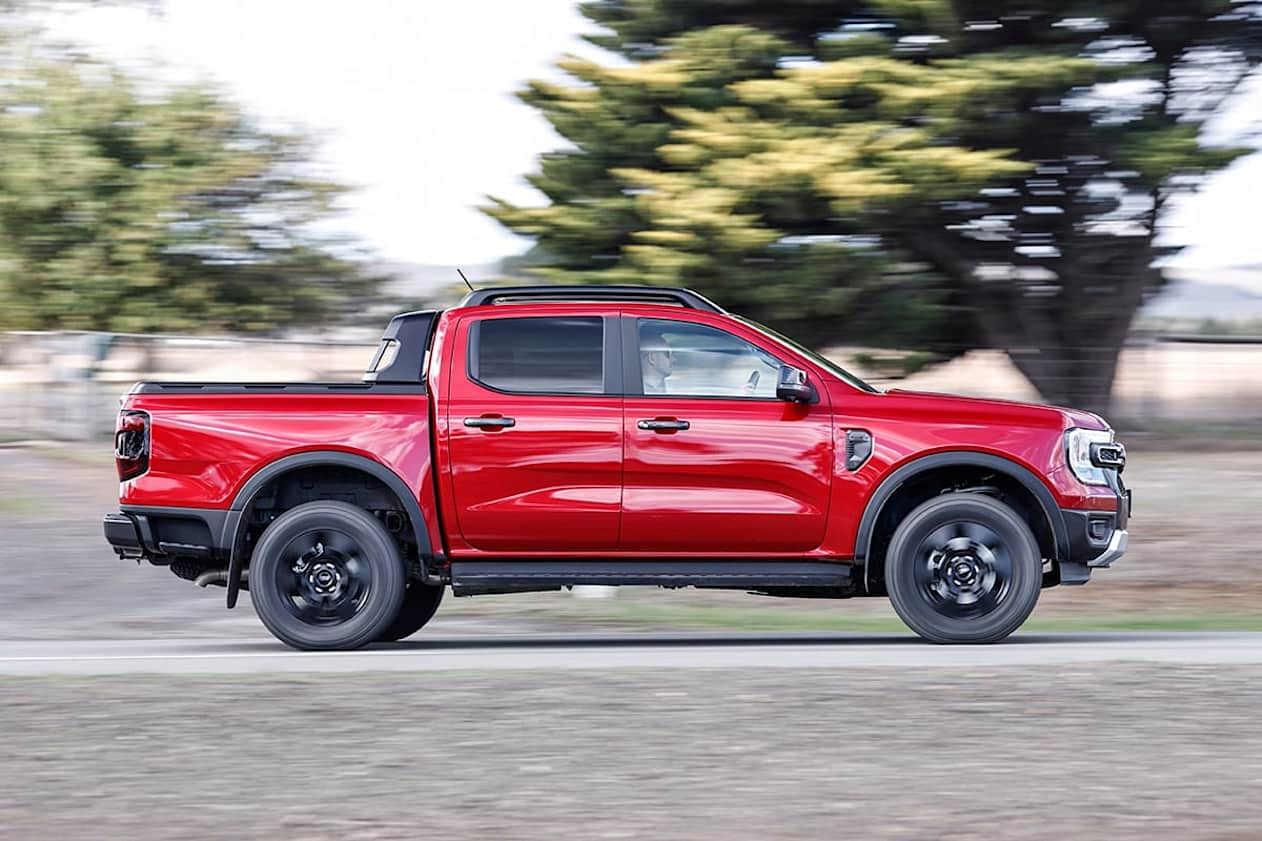






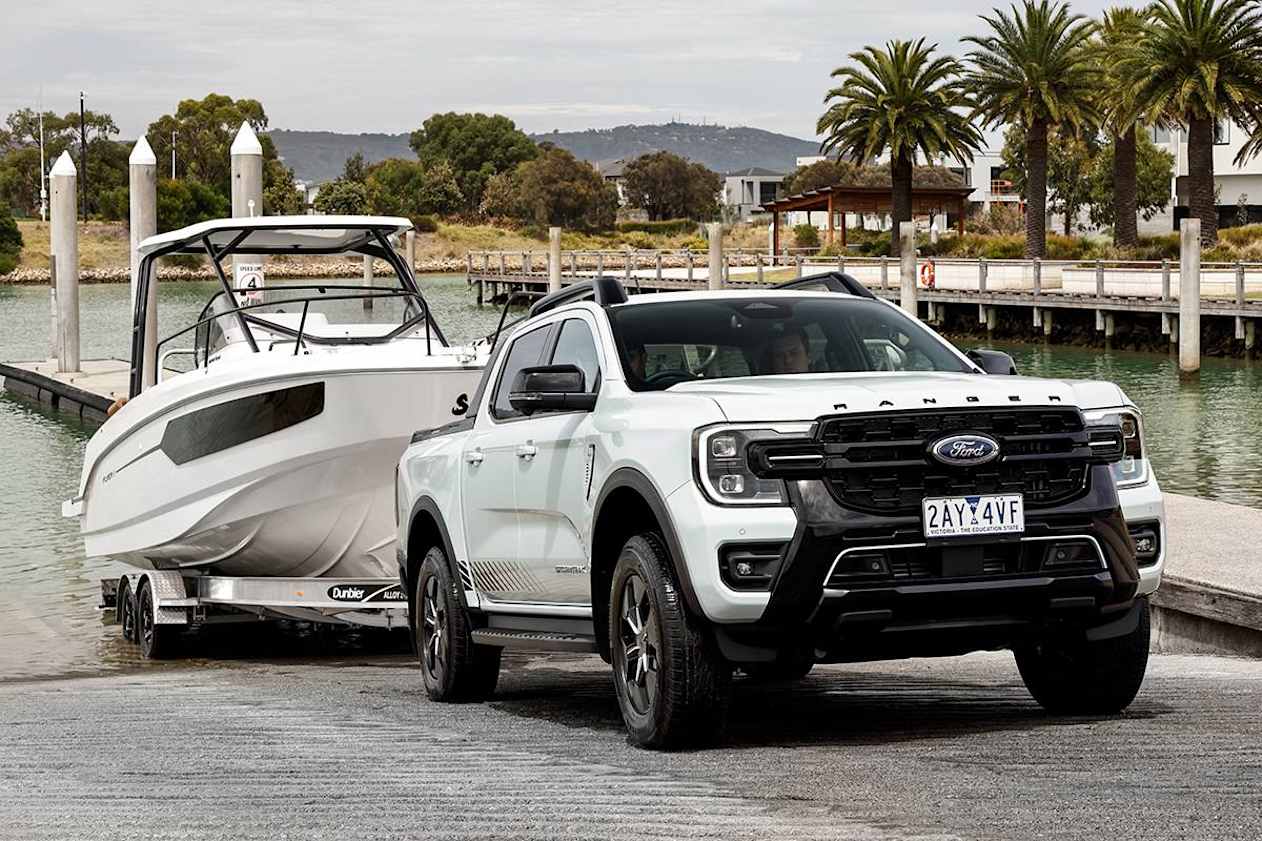
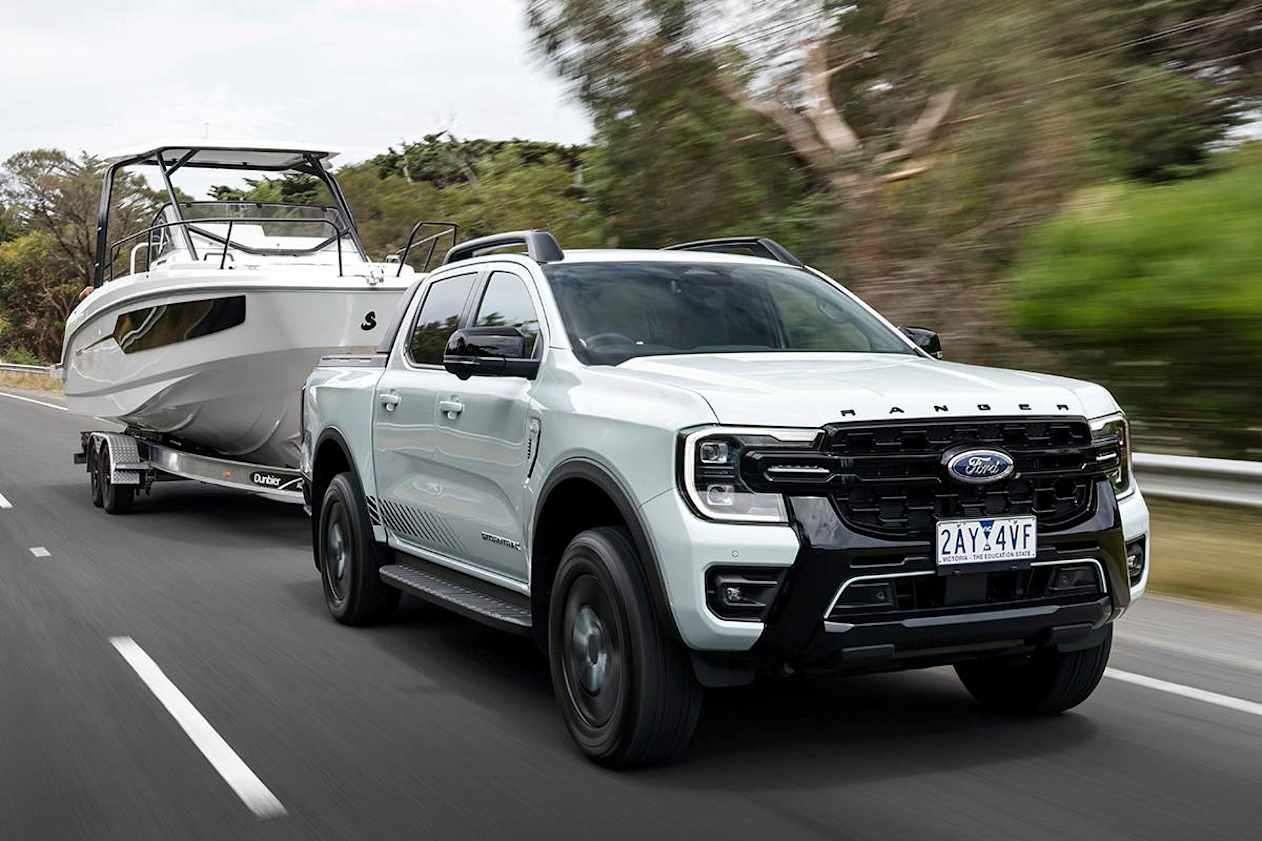
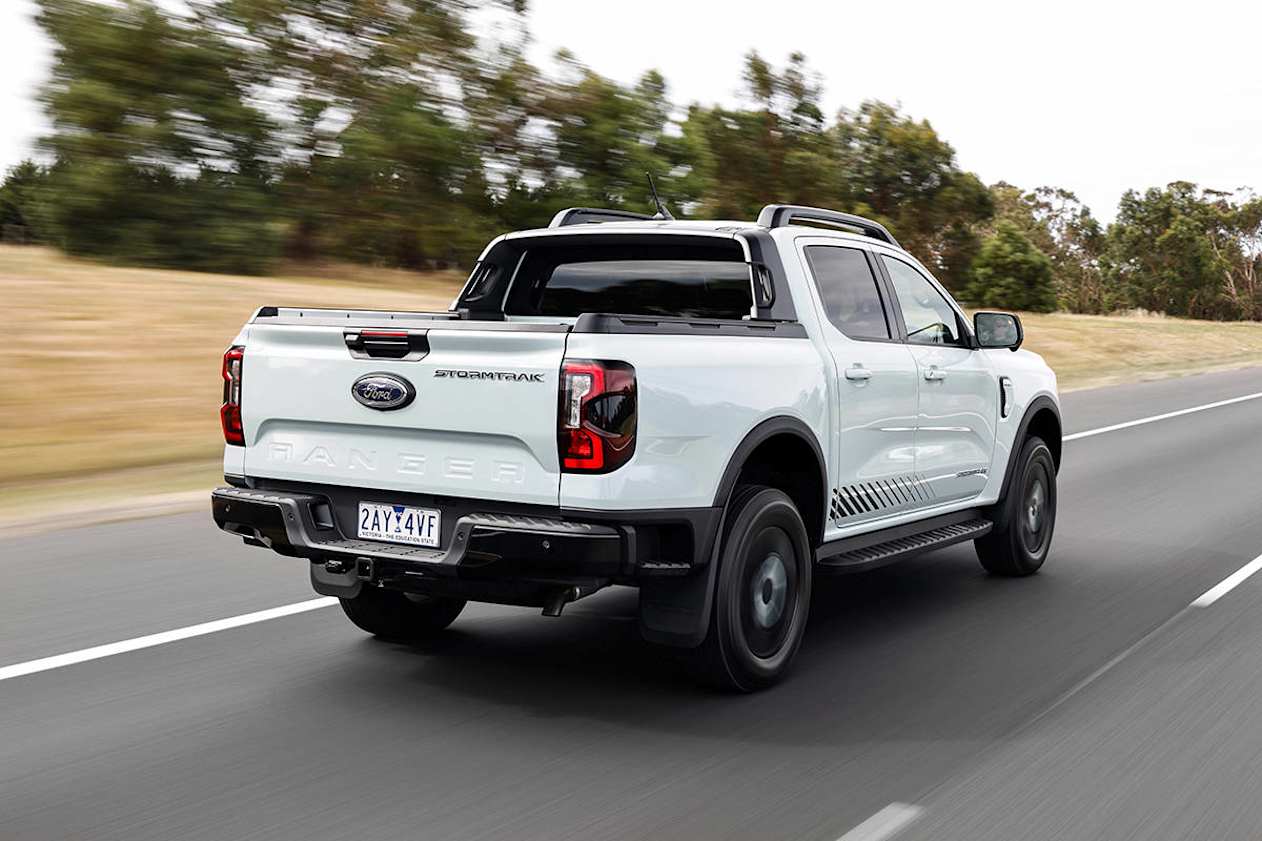
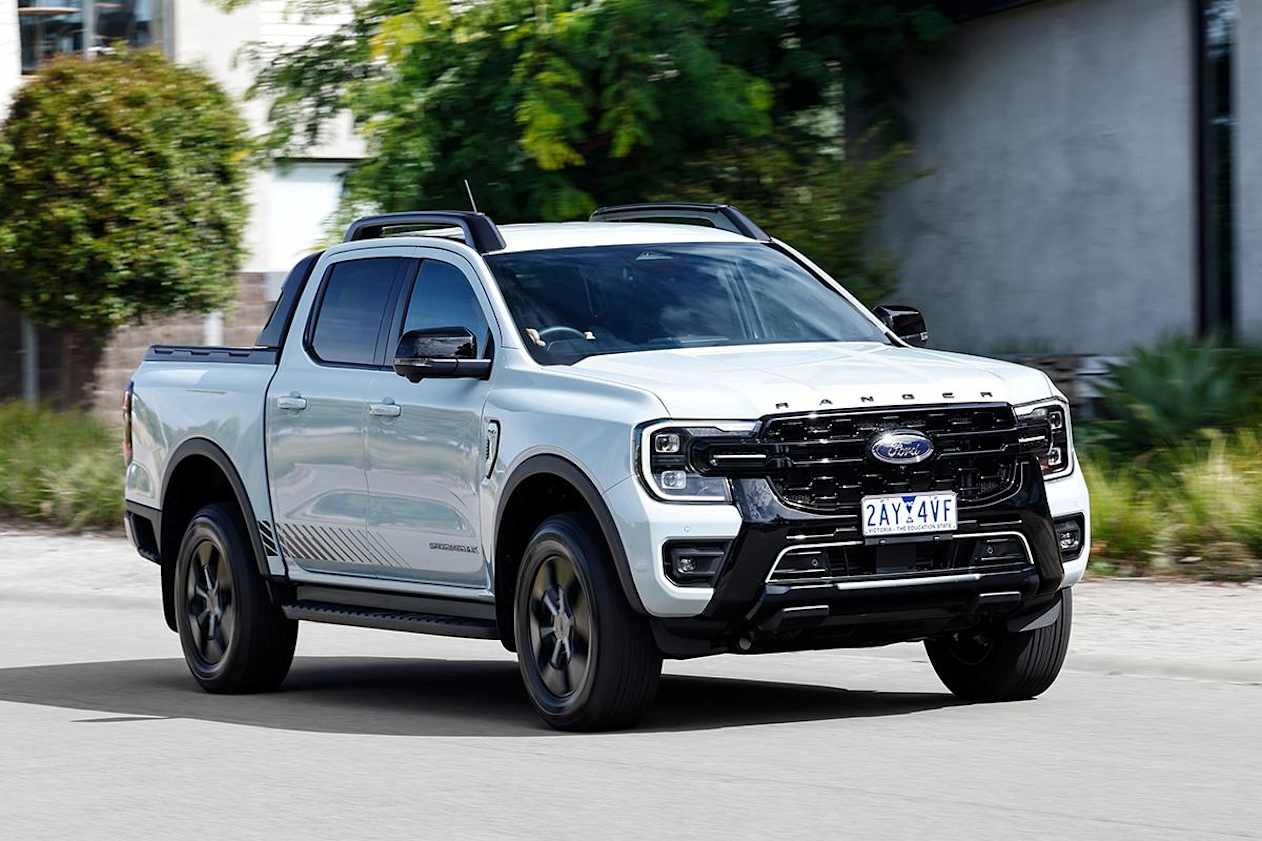




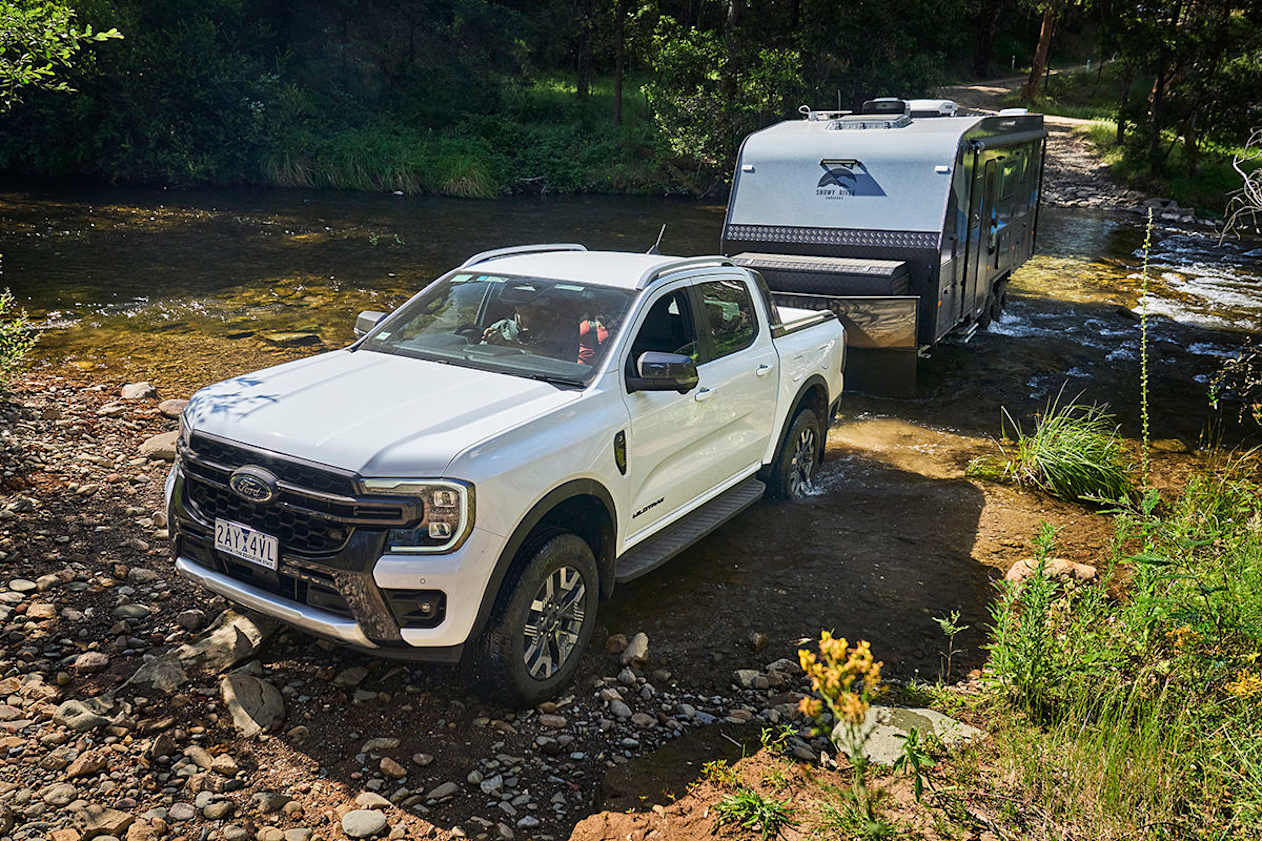
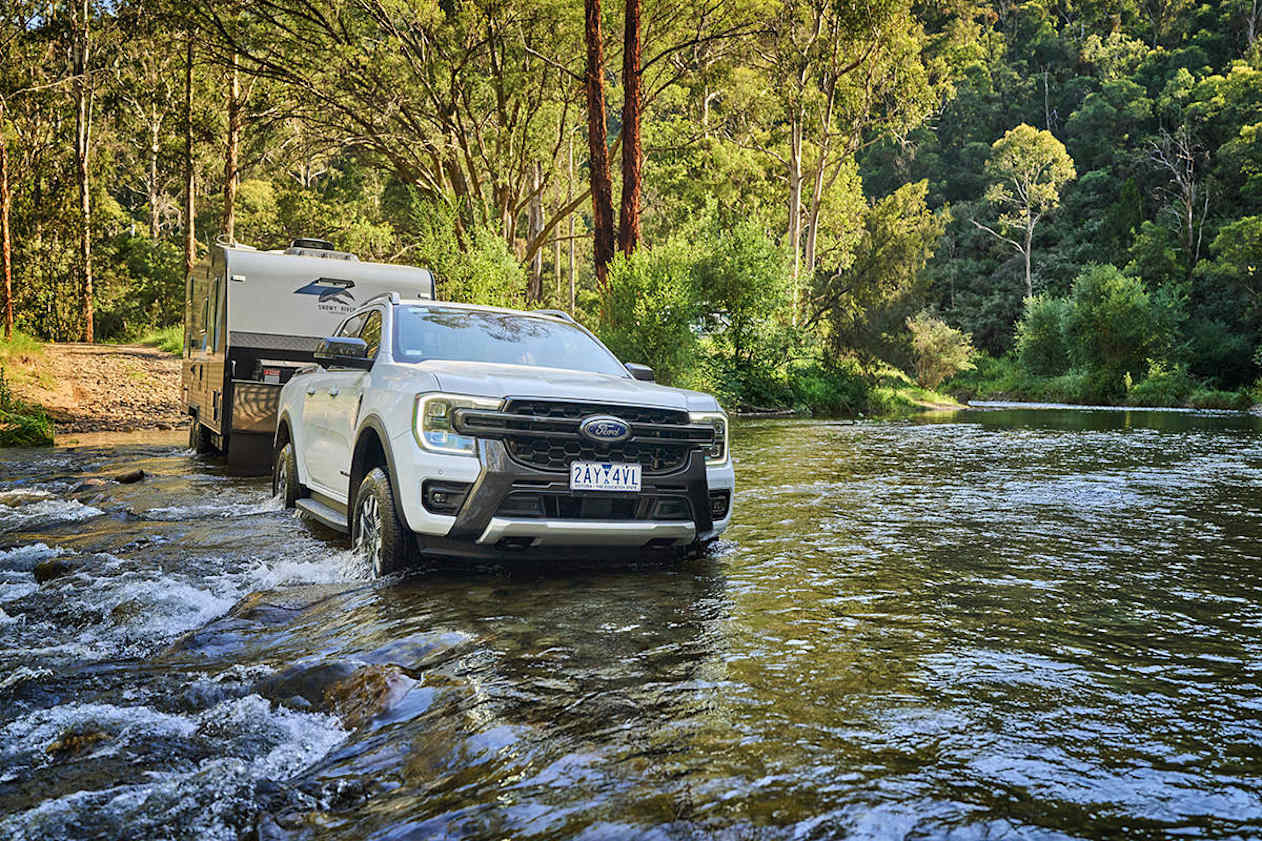
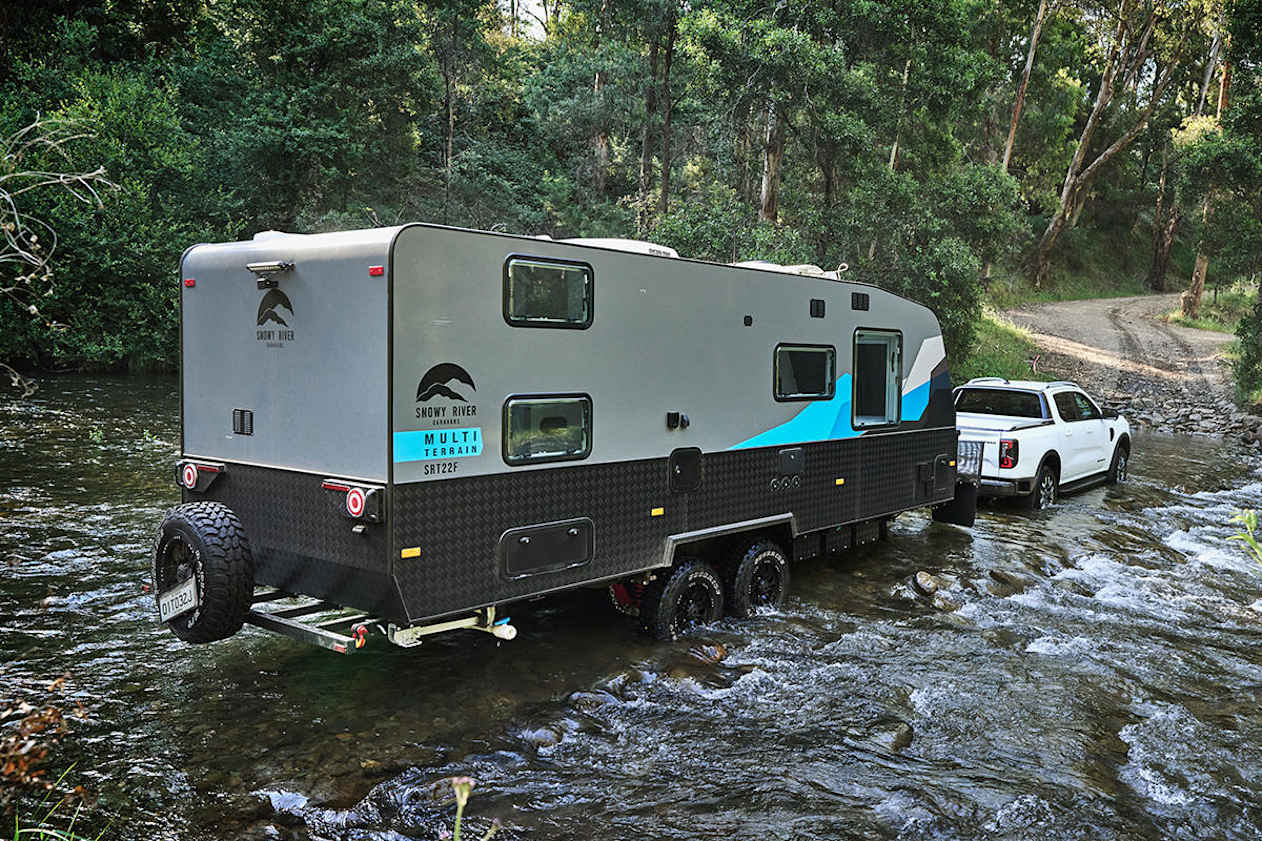
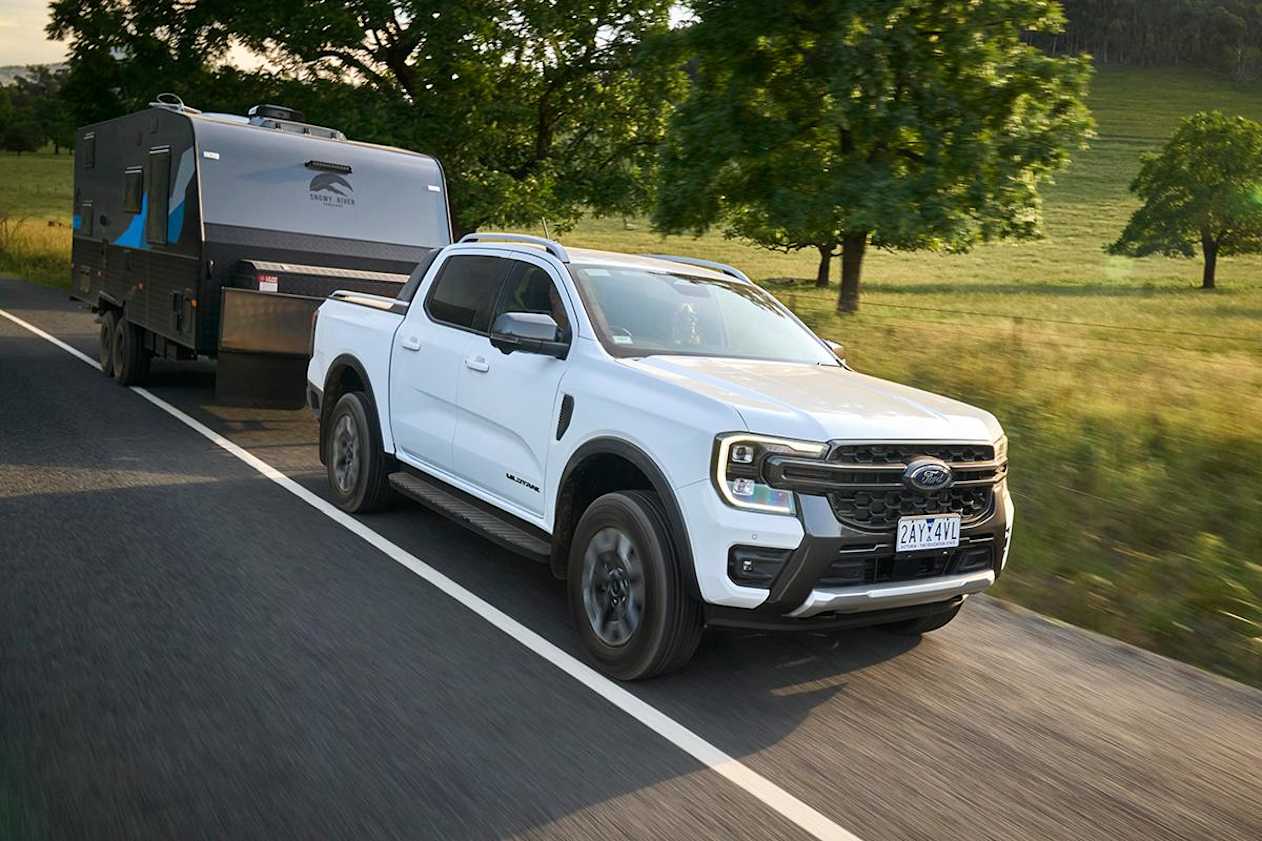
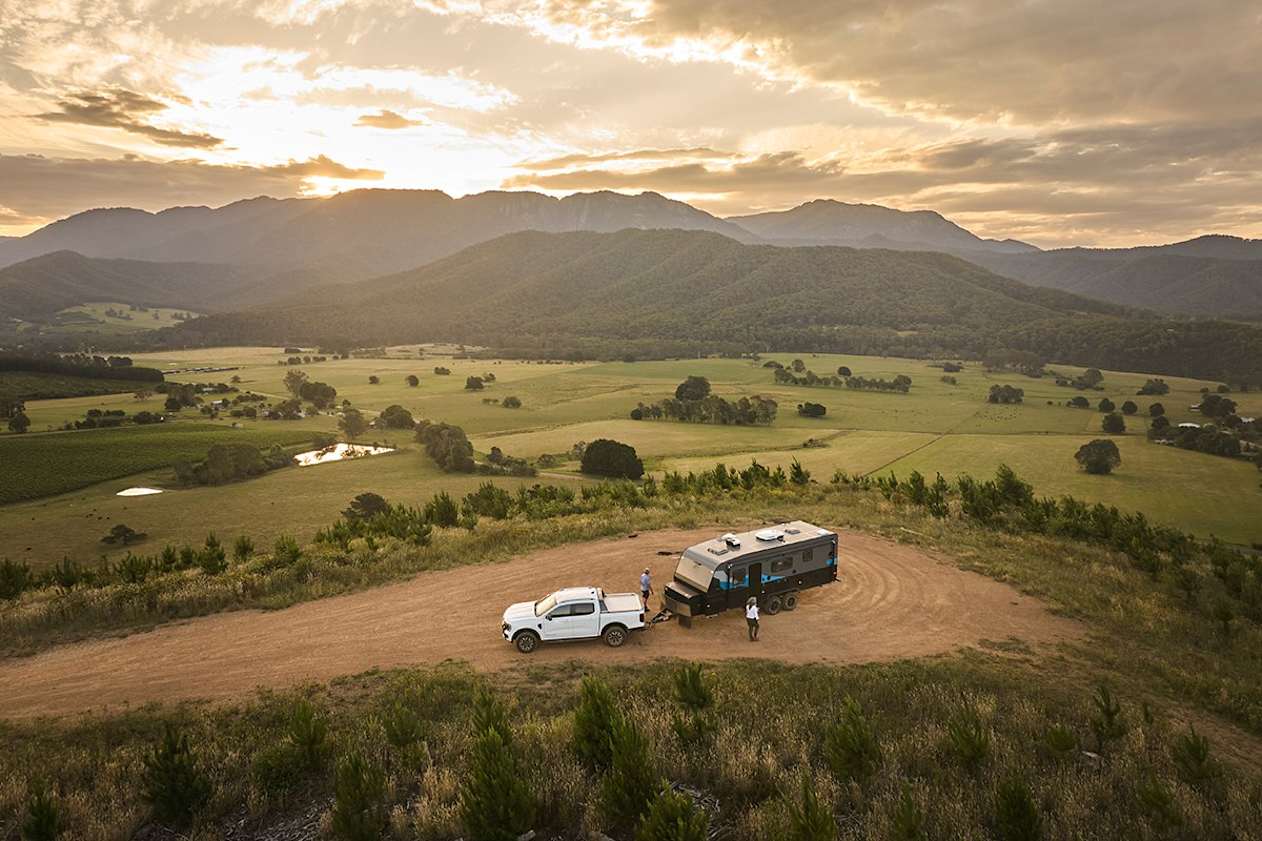
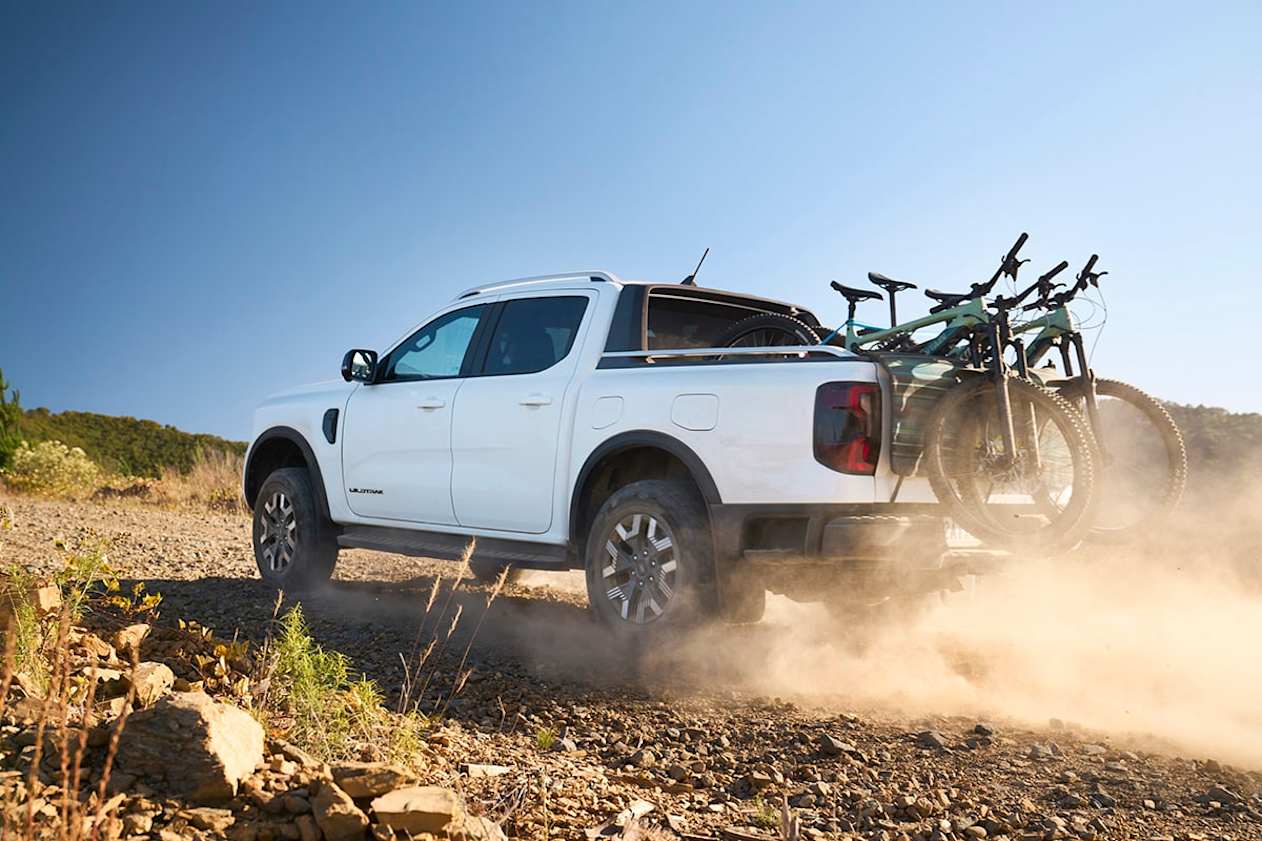
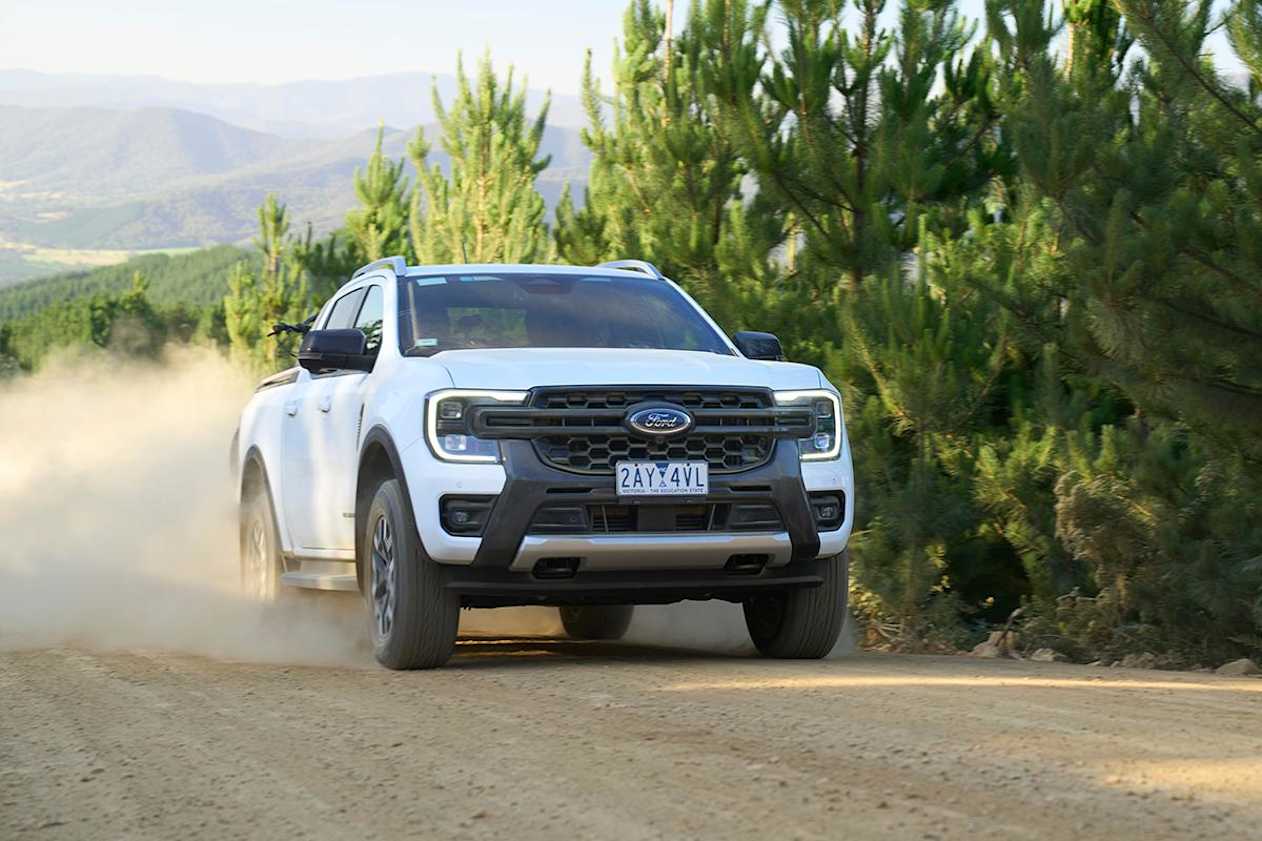
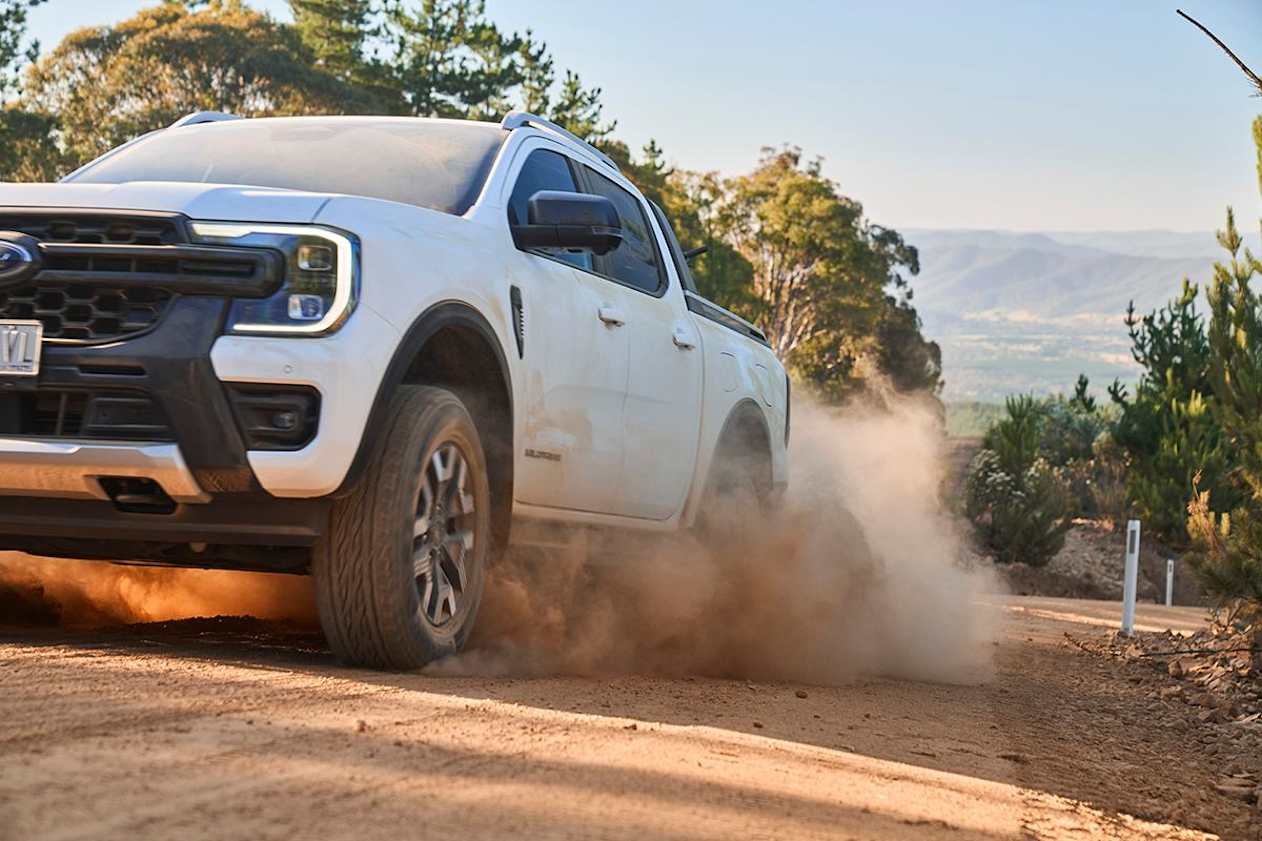
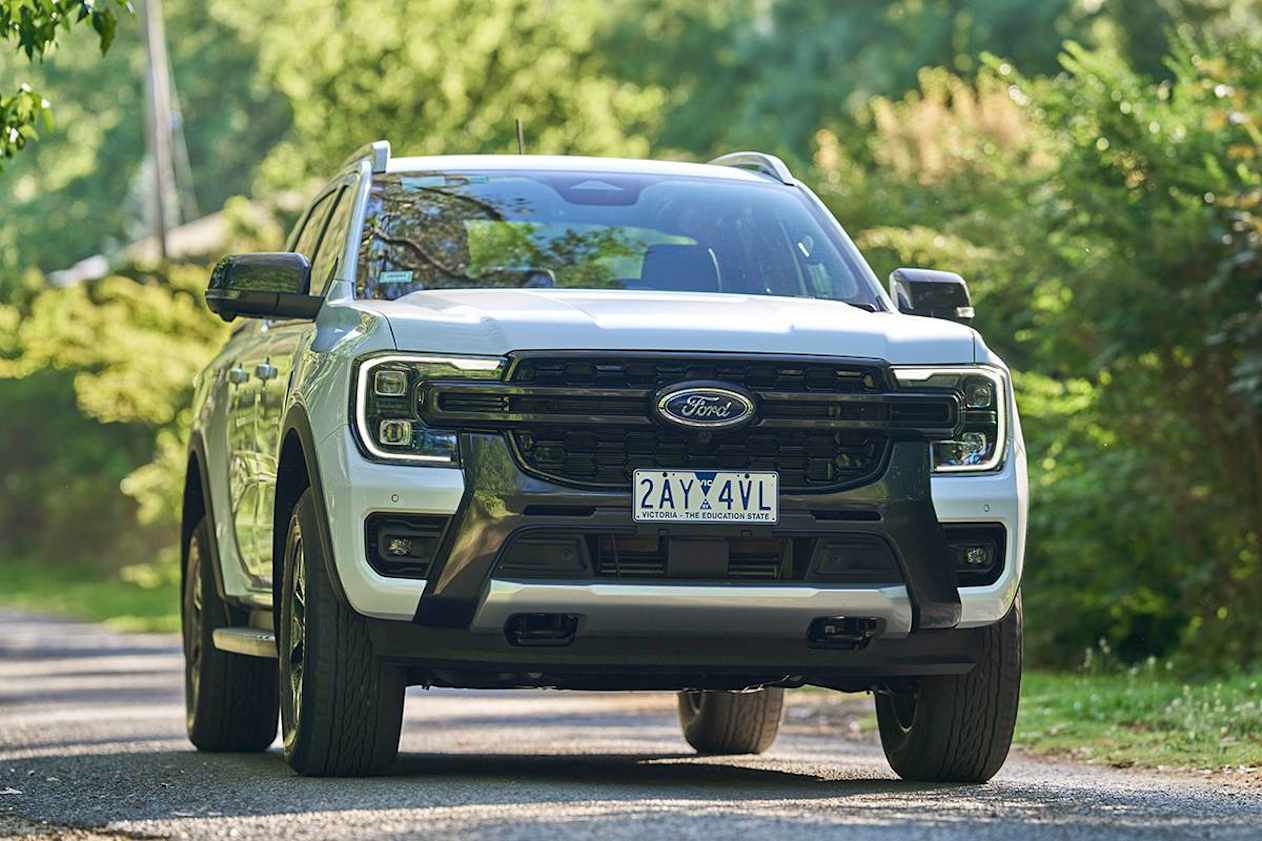









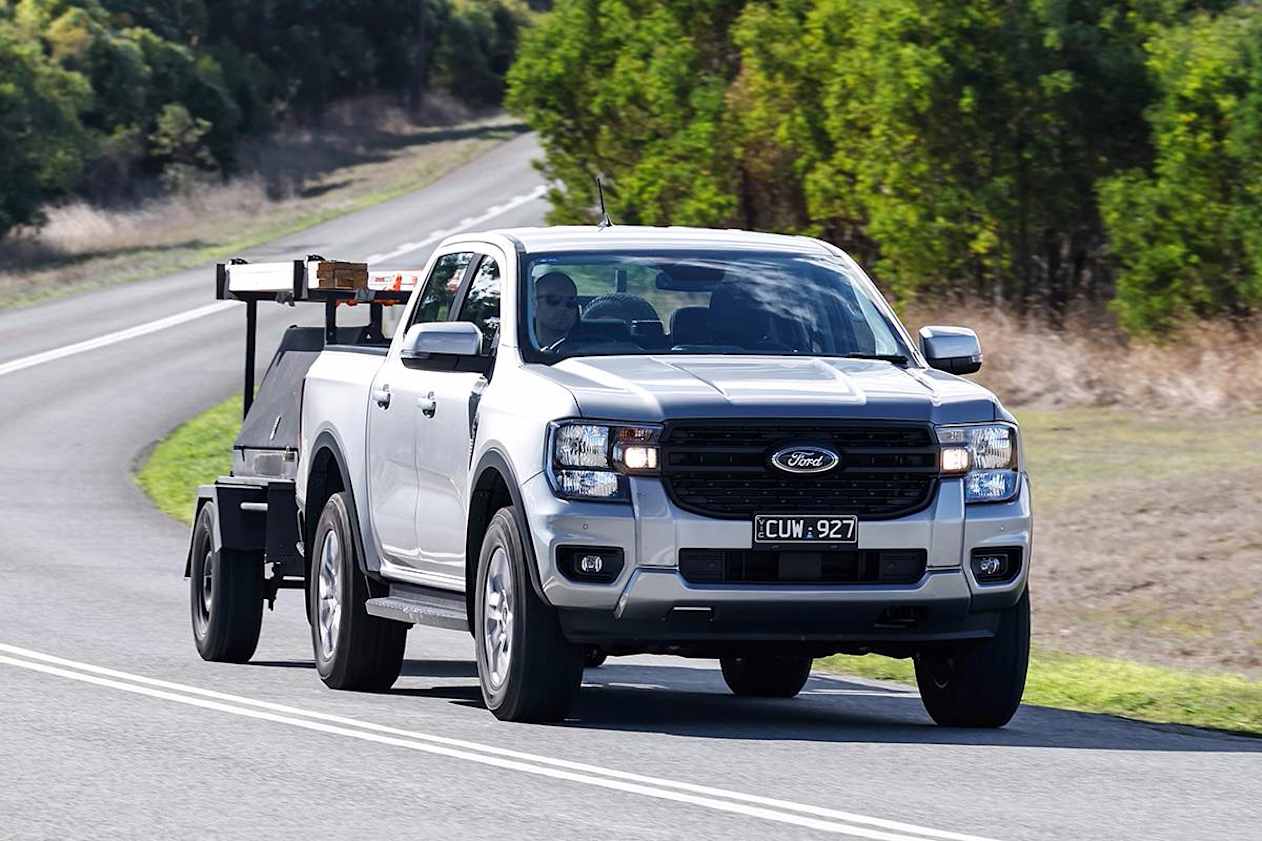
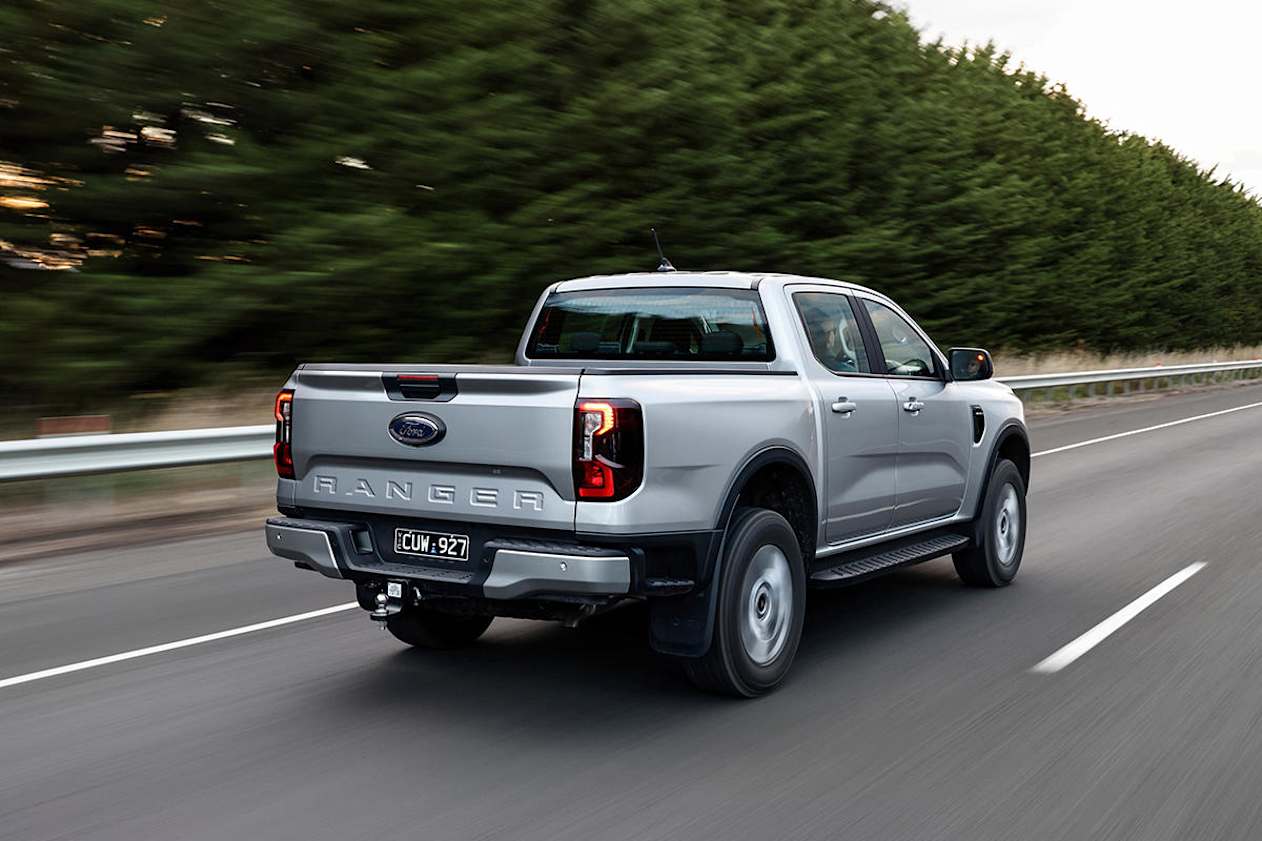
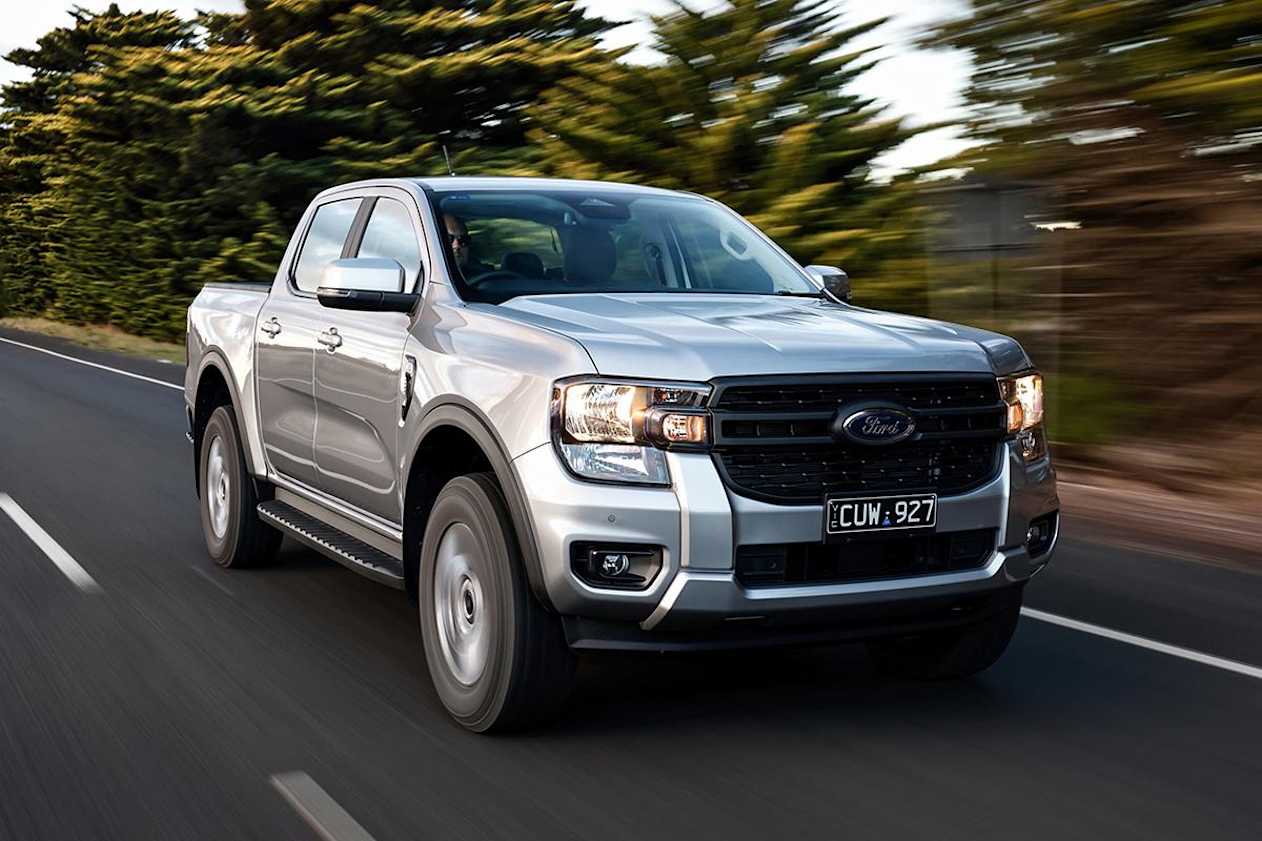
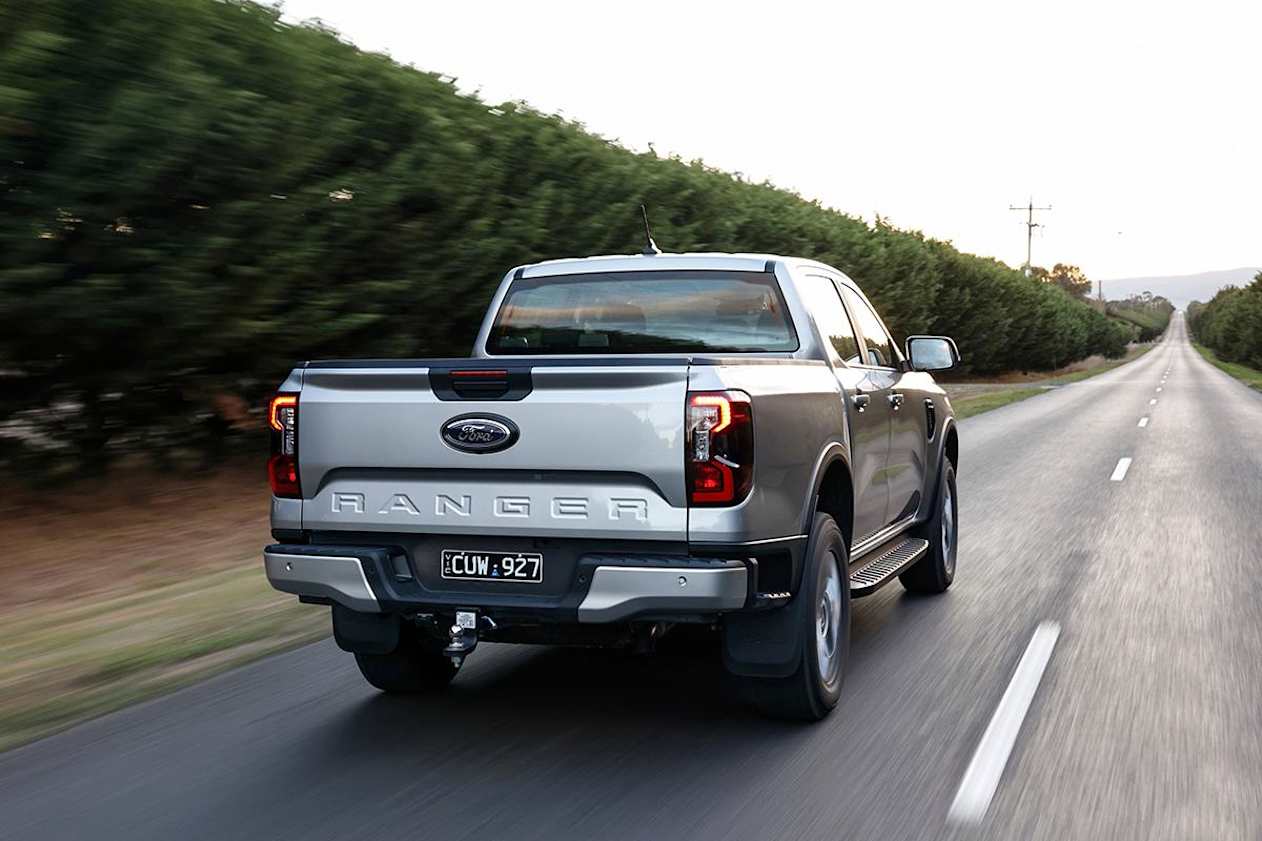
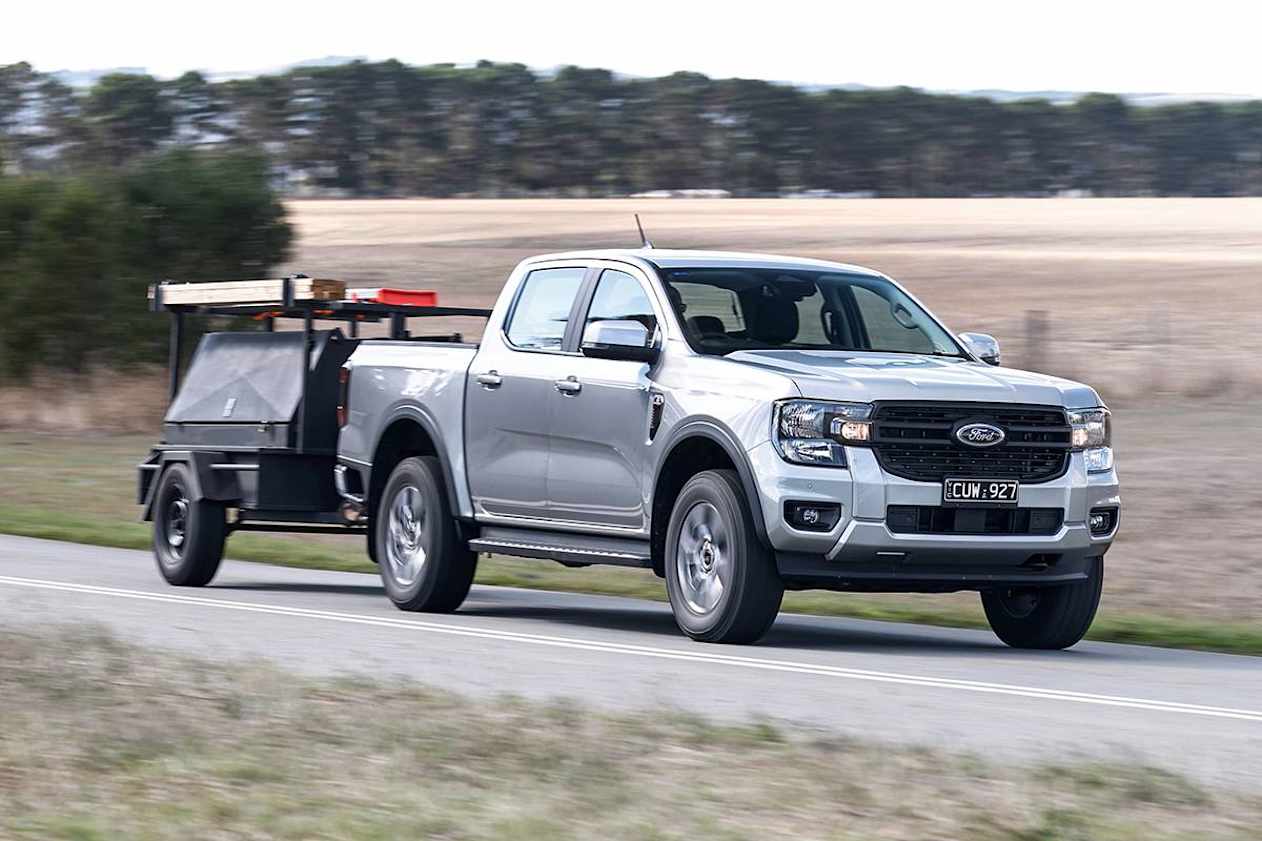





.jpg)
.jpg)
.jpg)
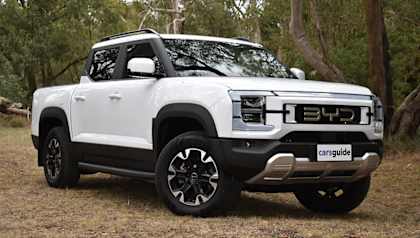

.jpg)



.jpg)